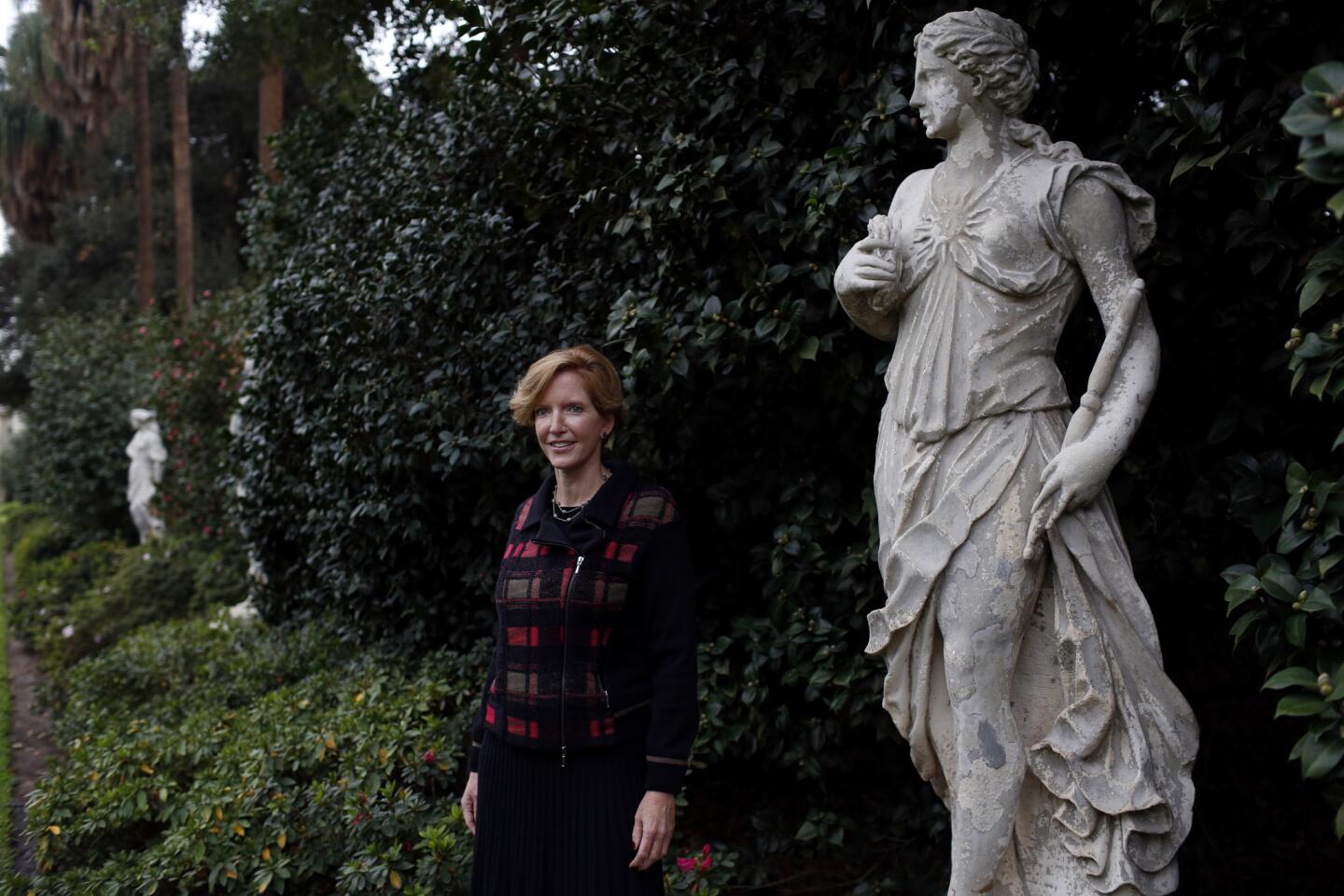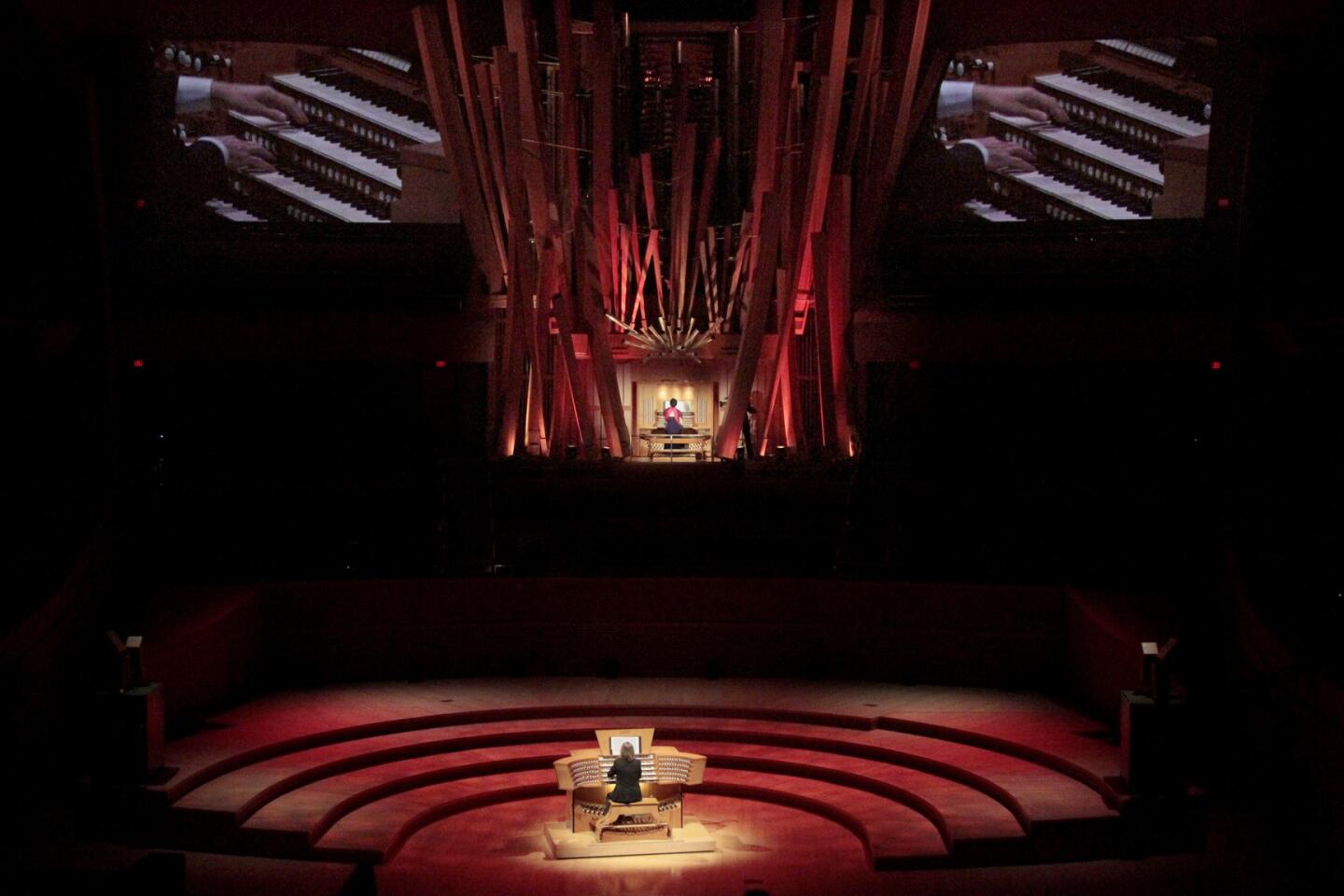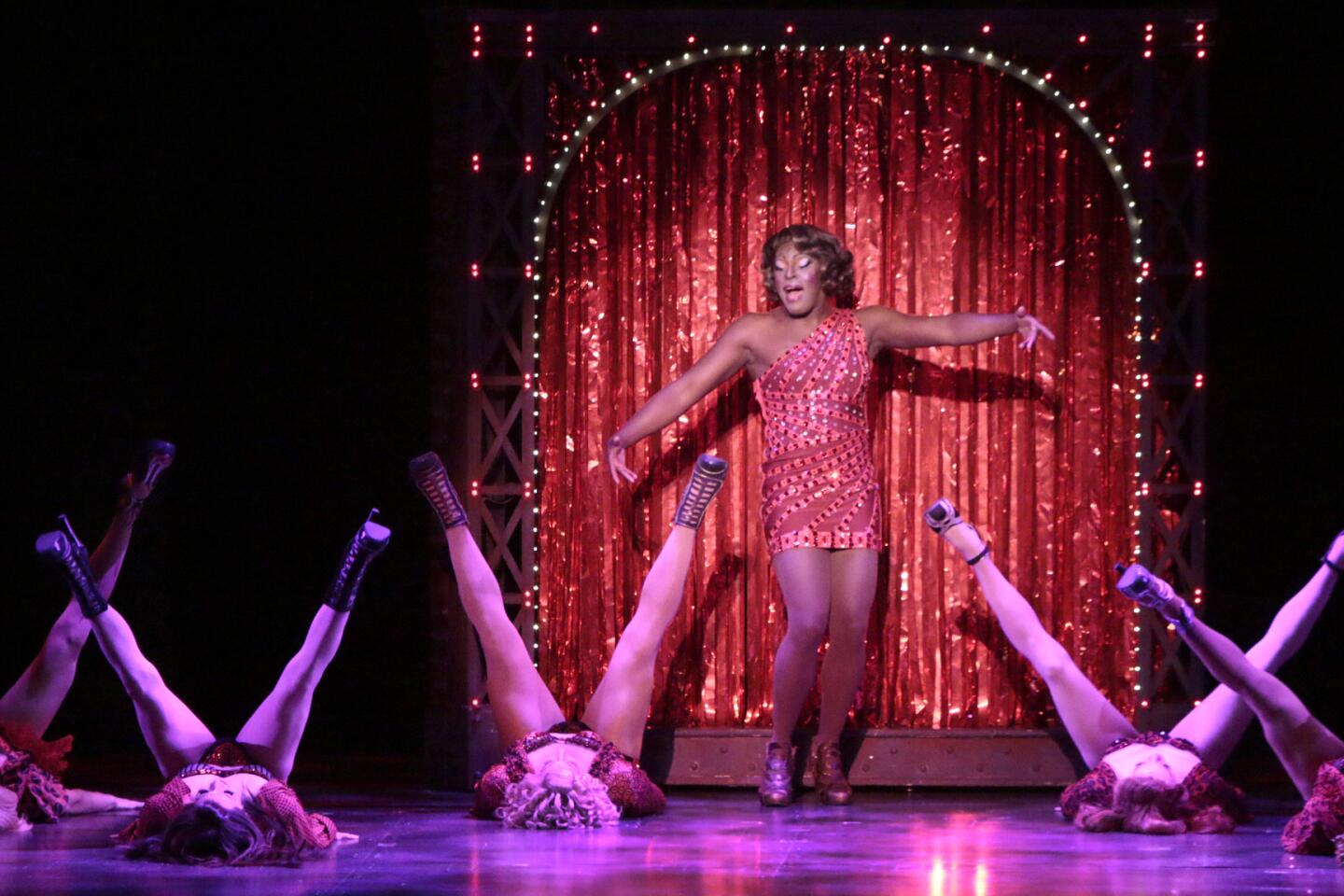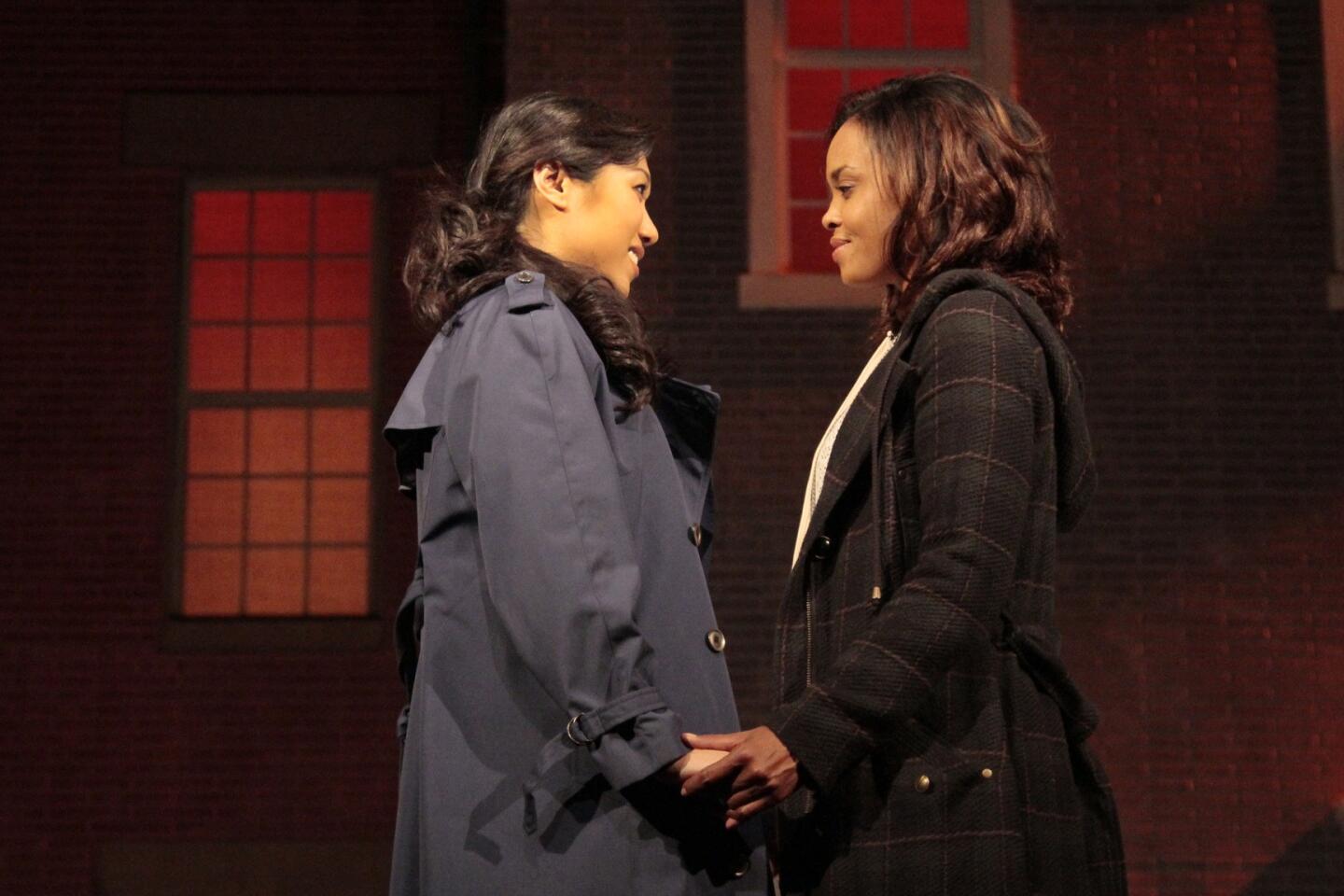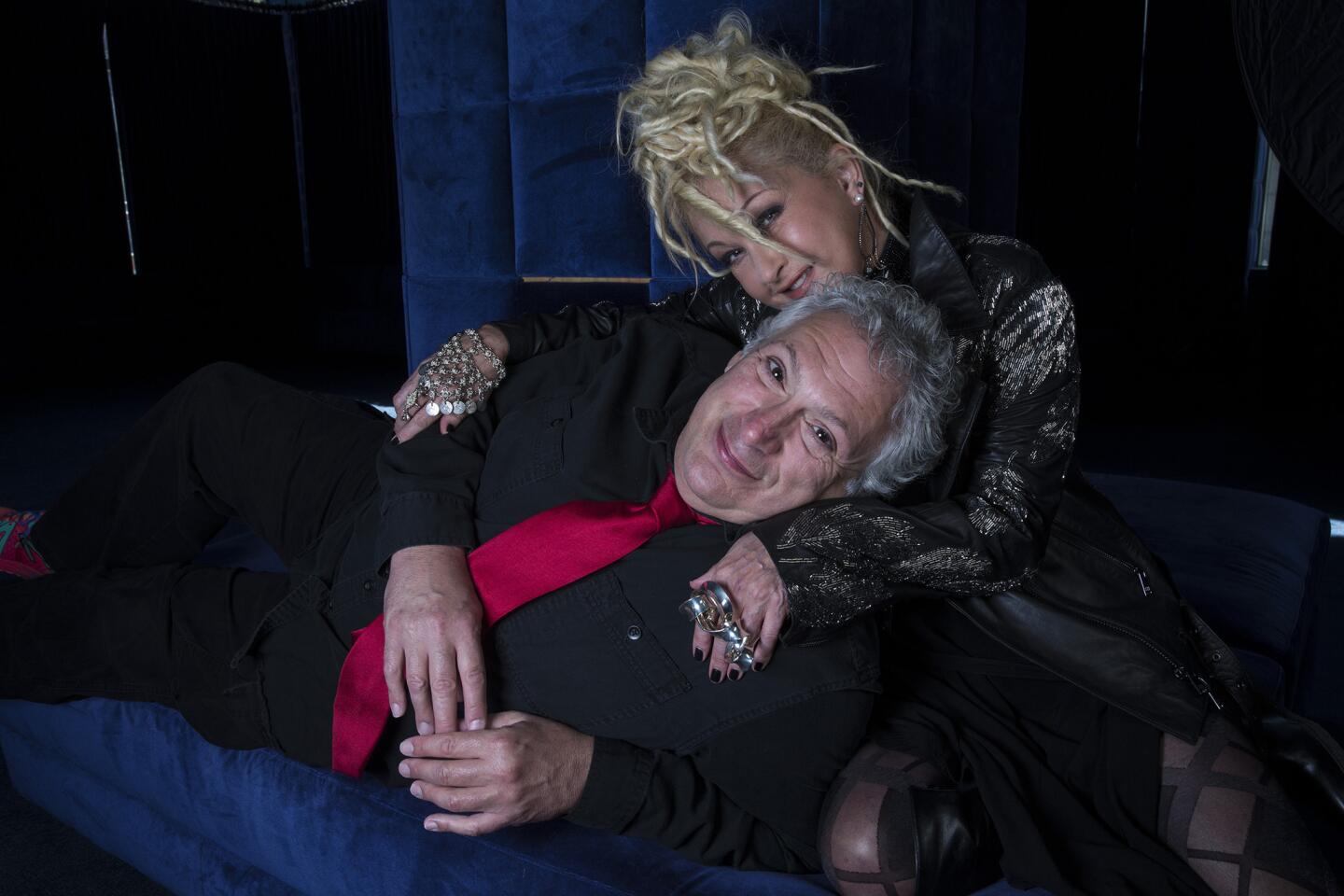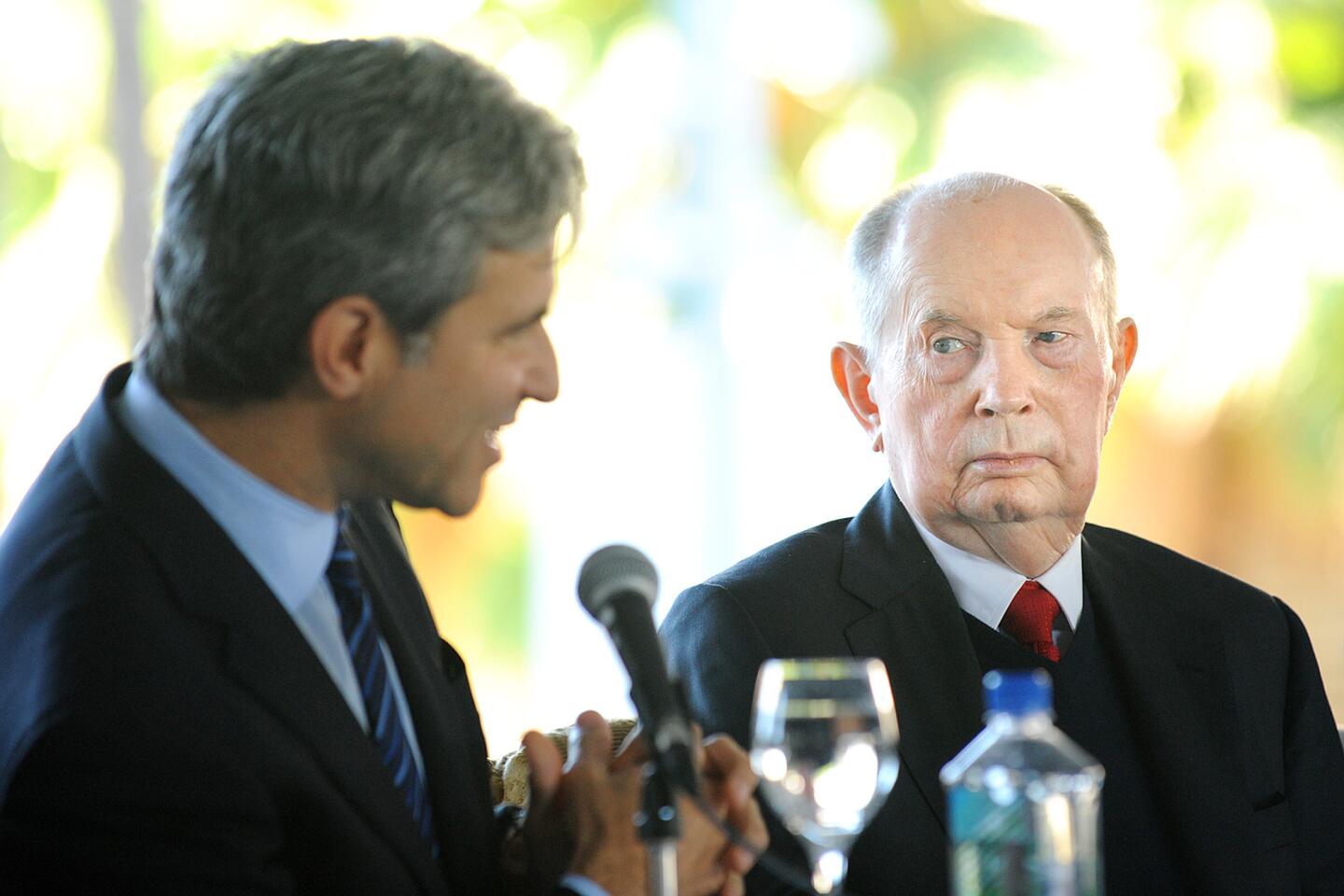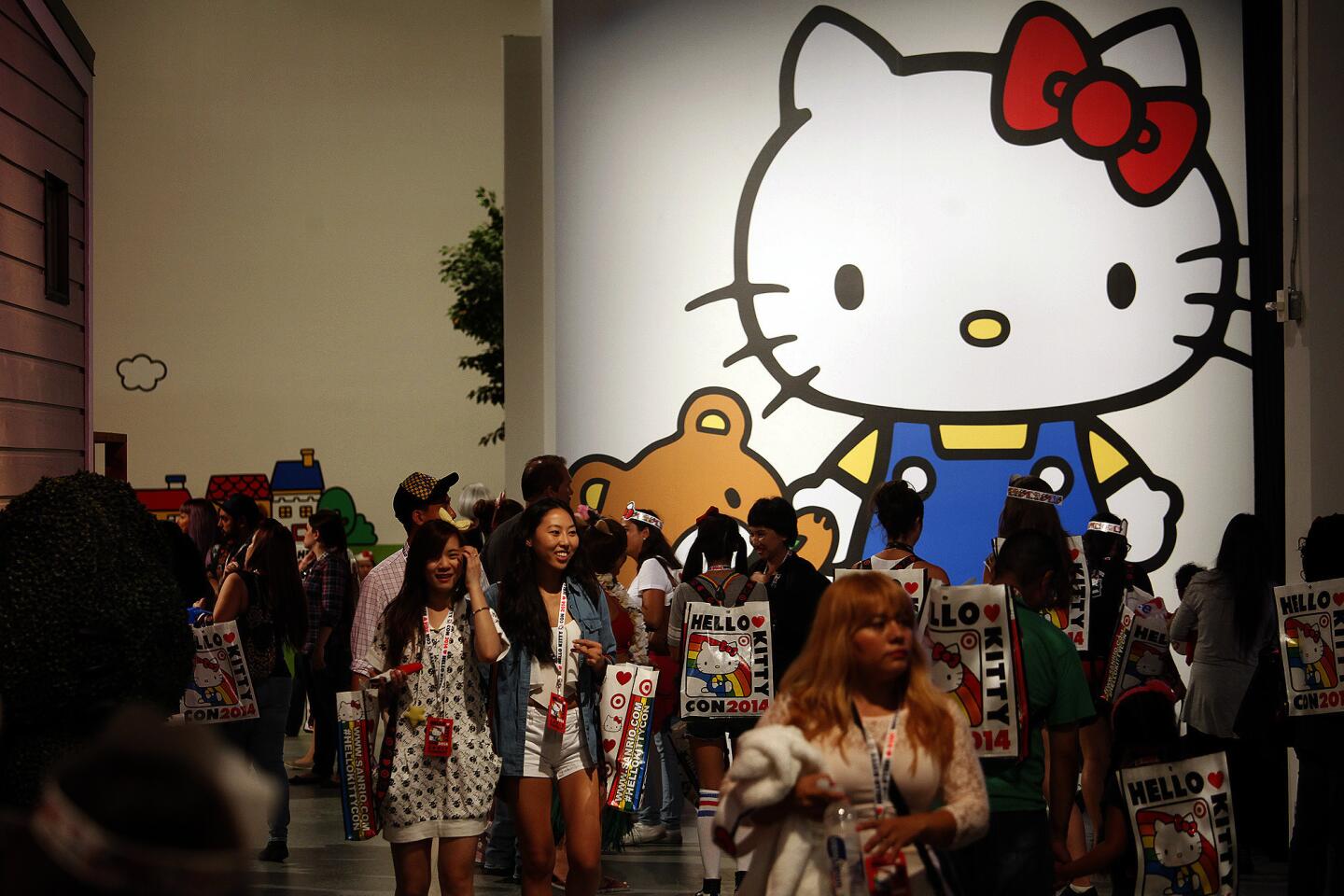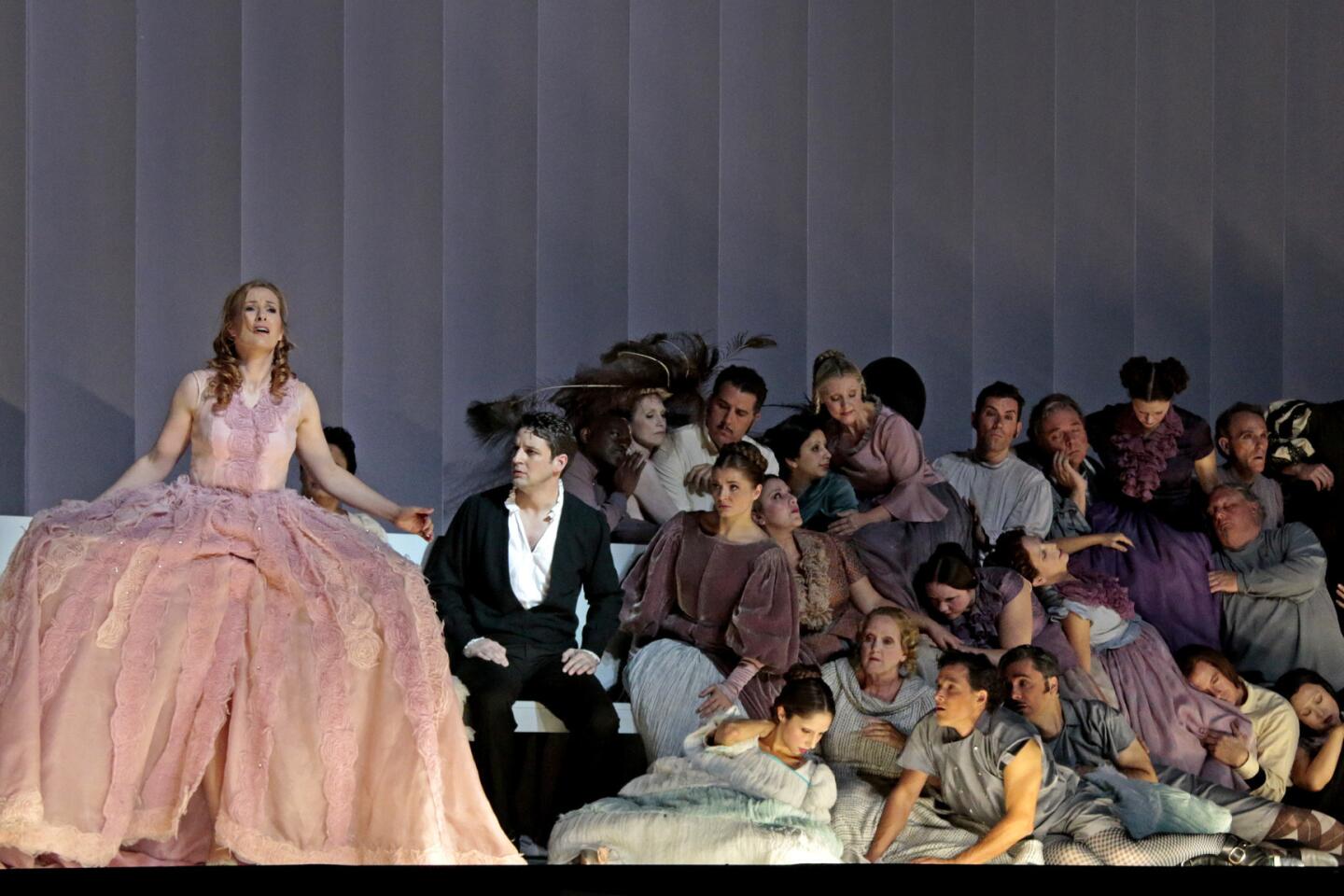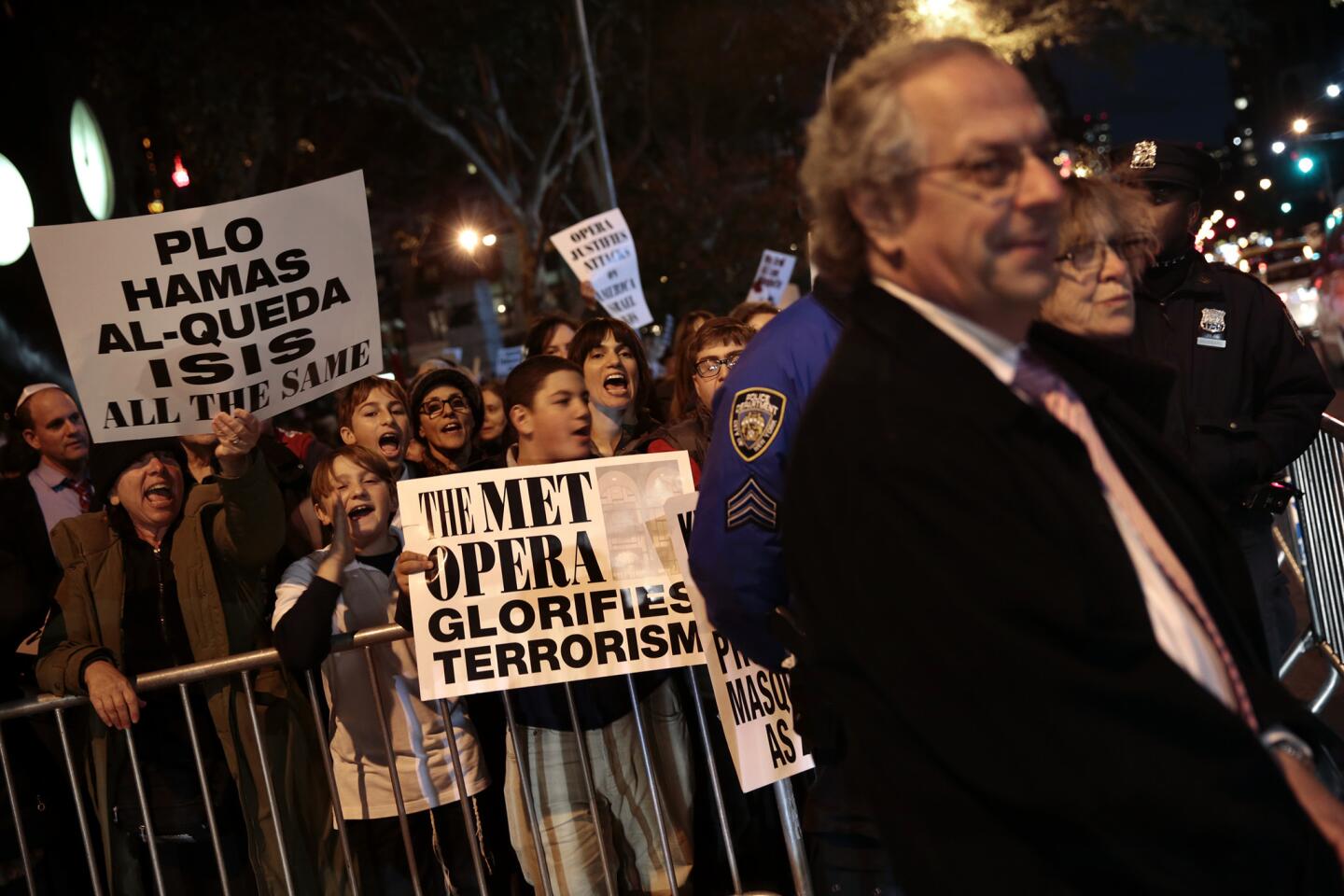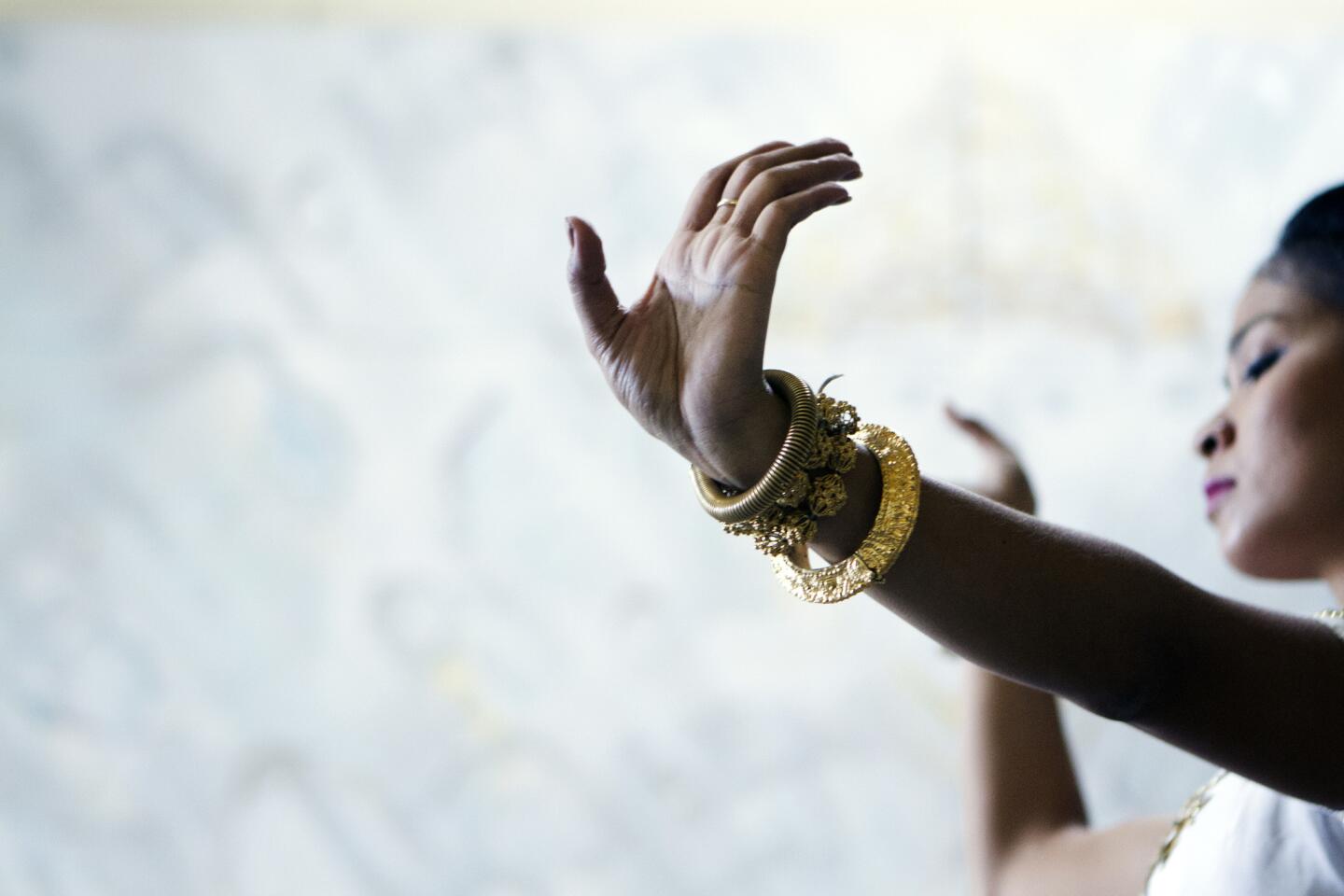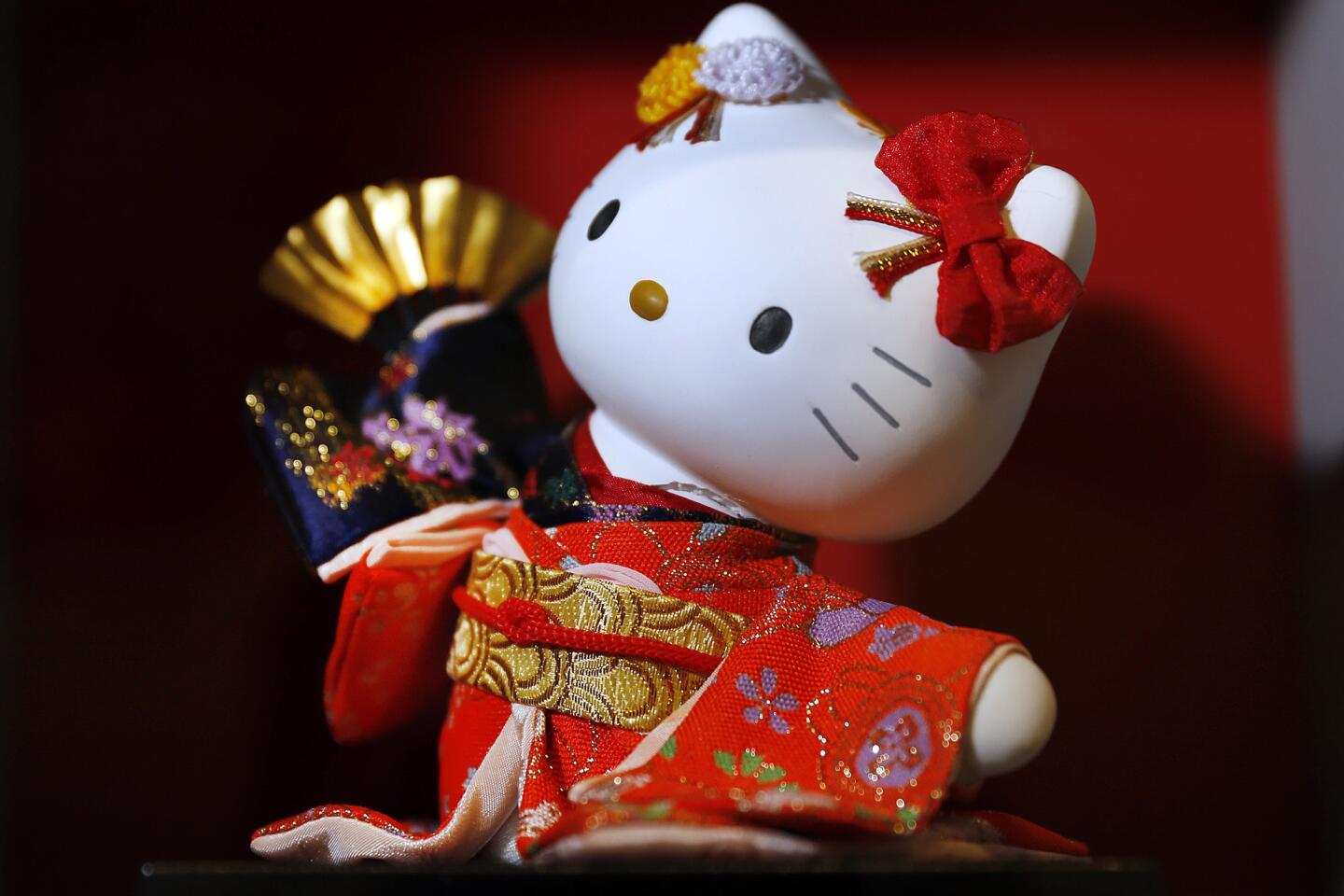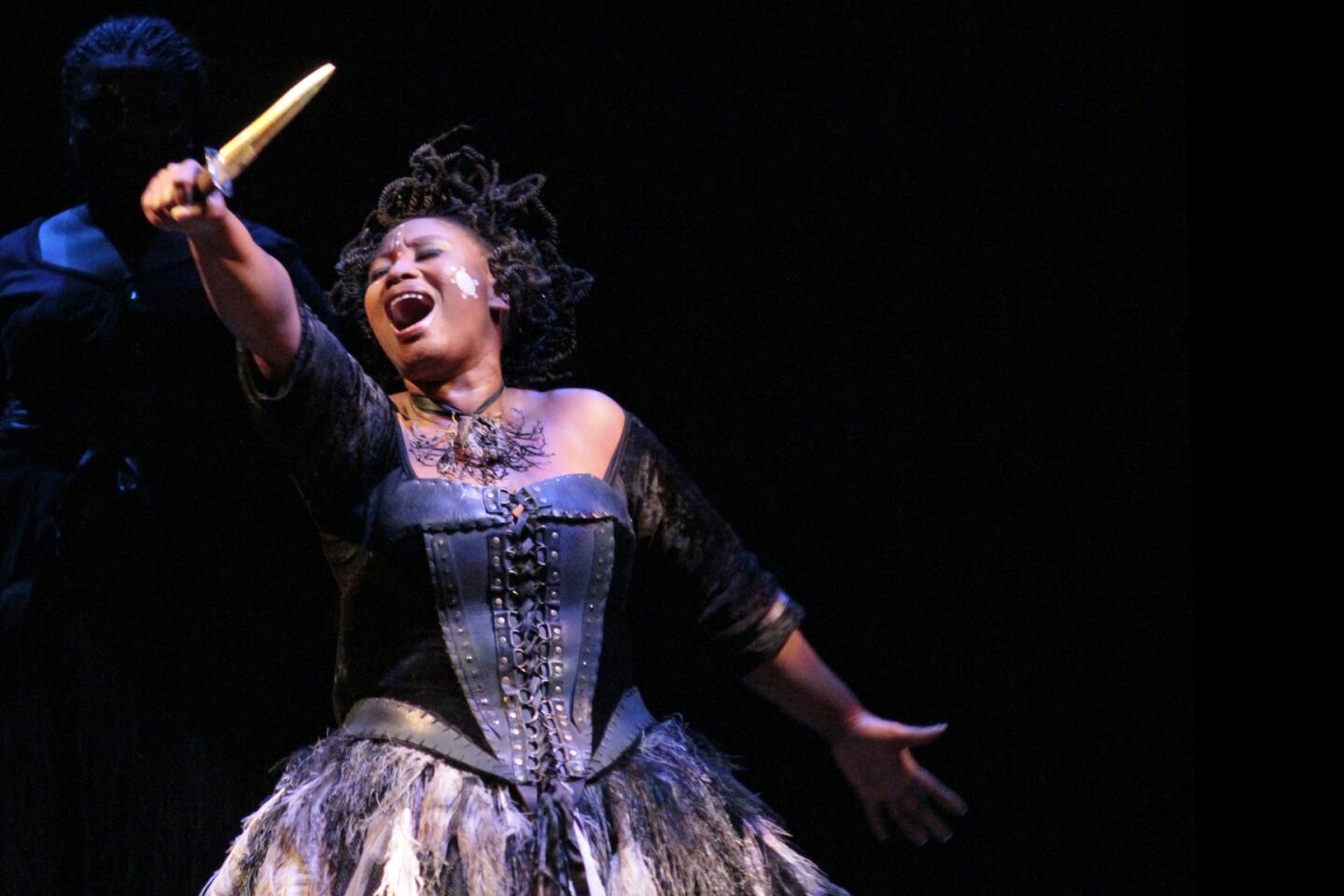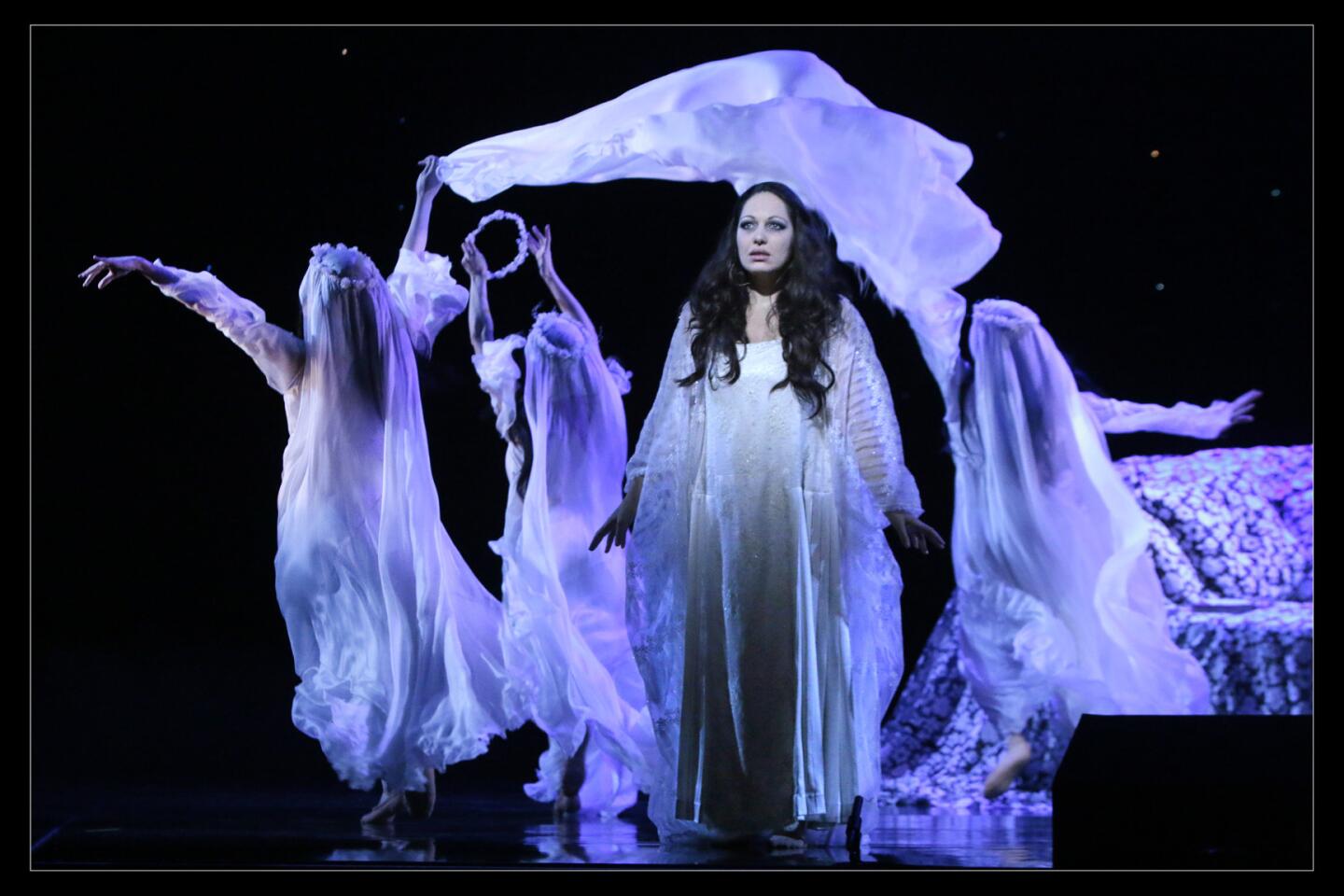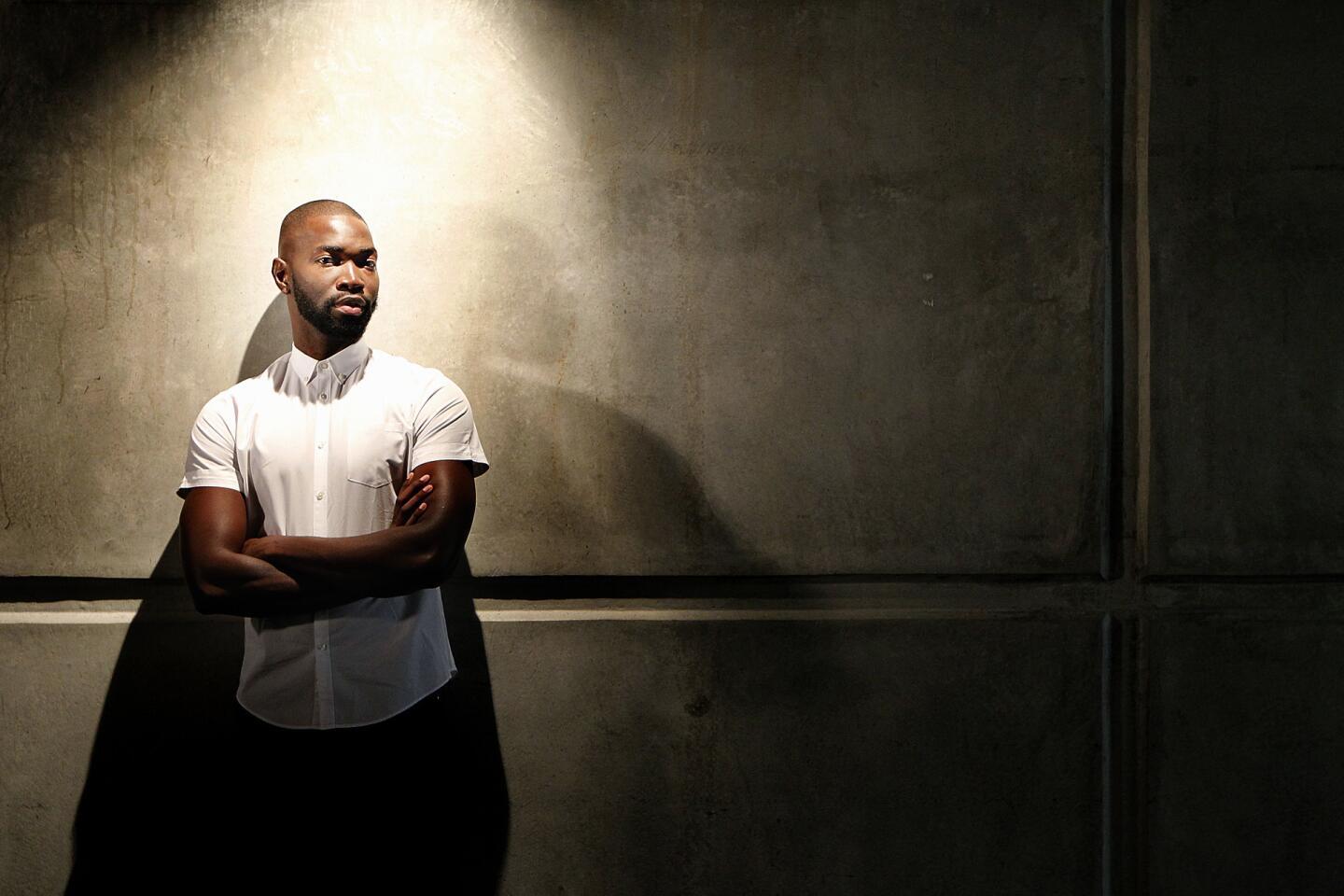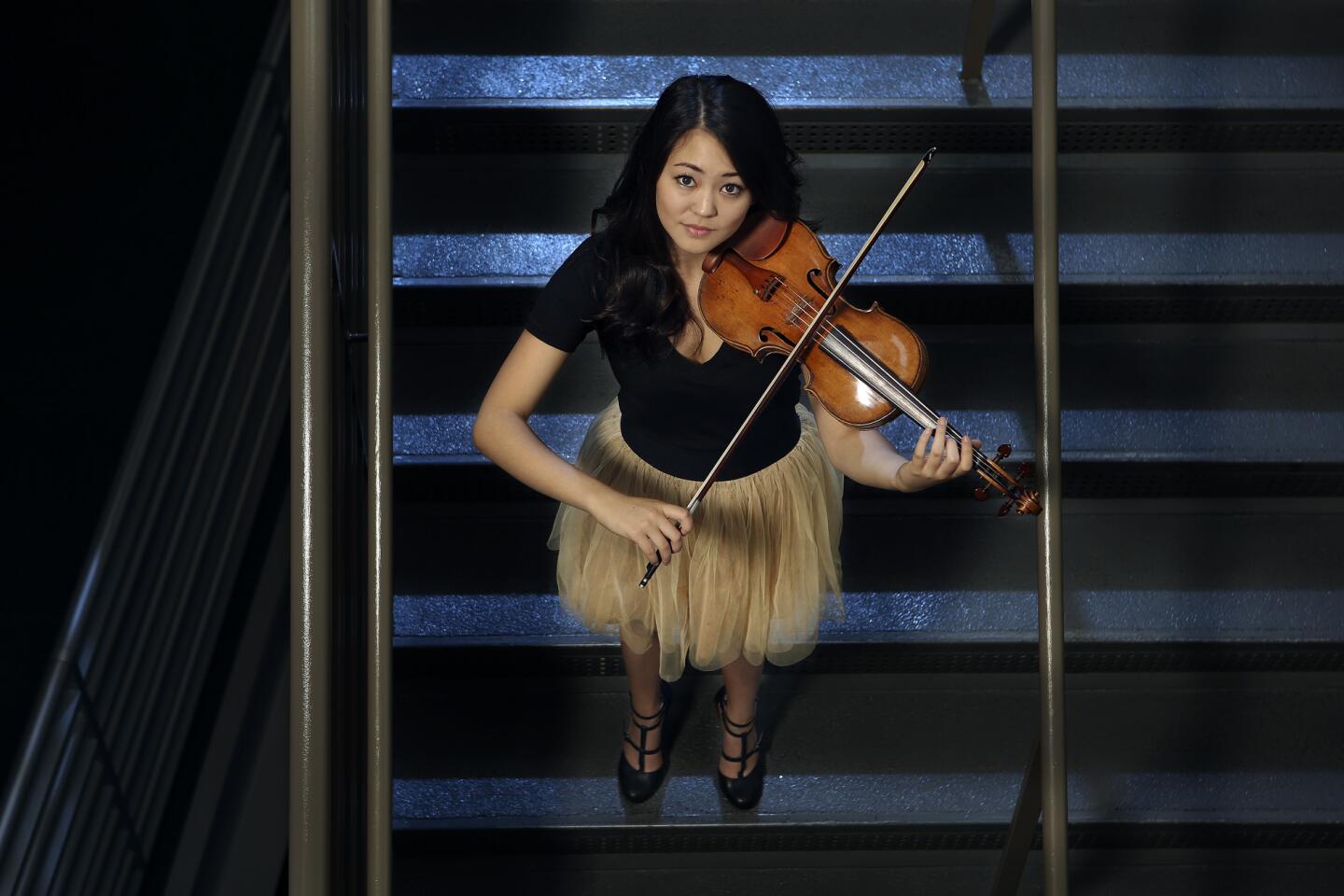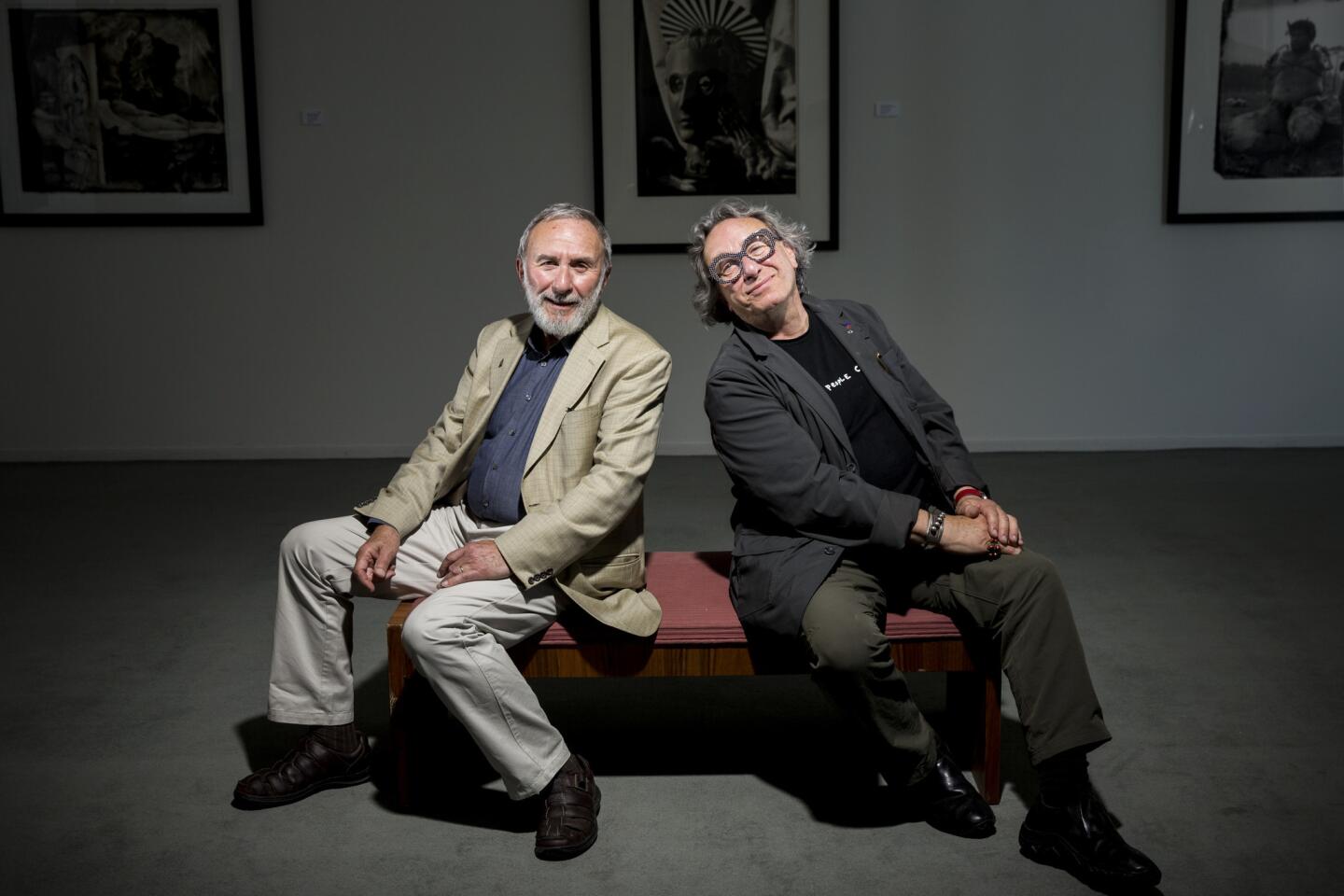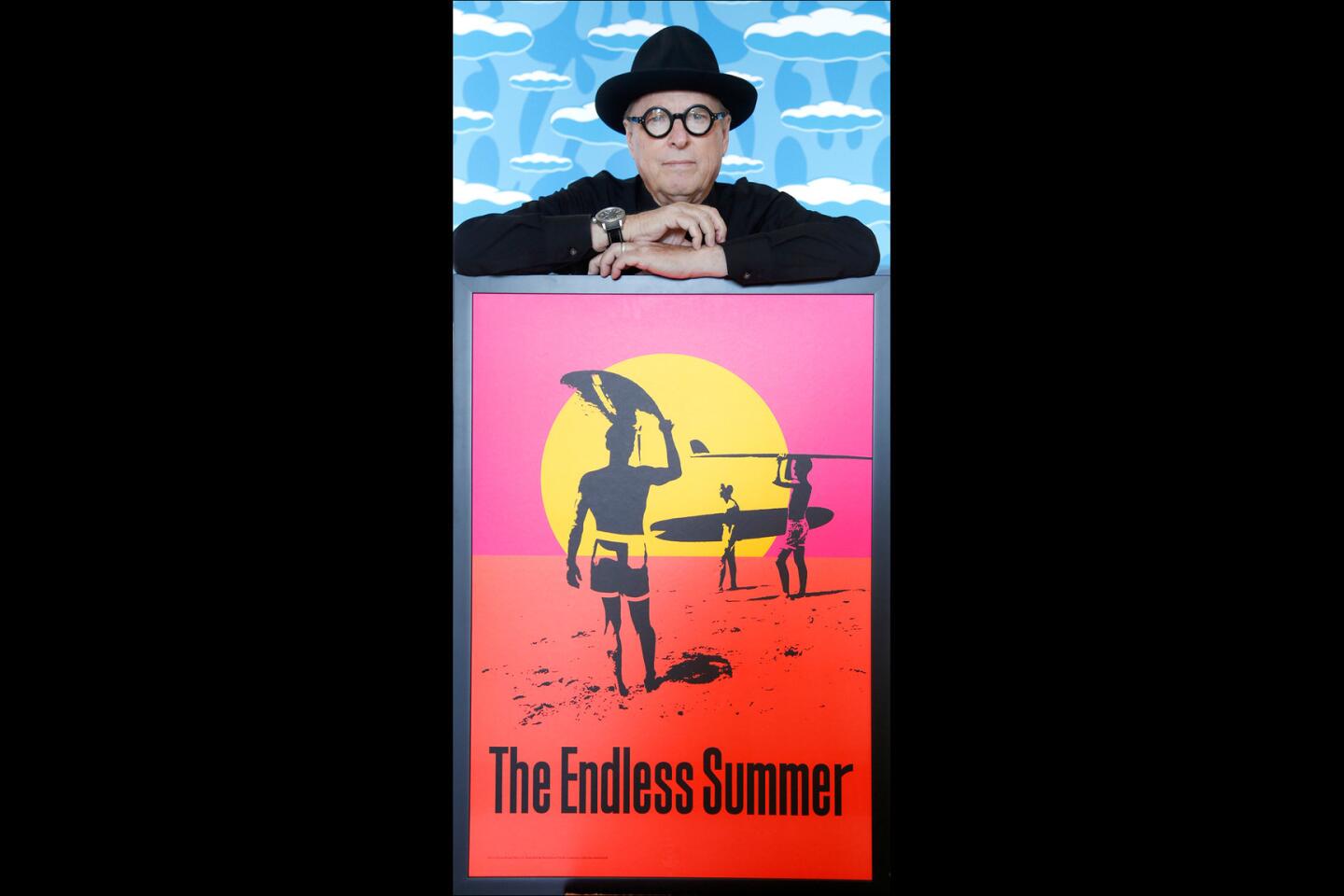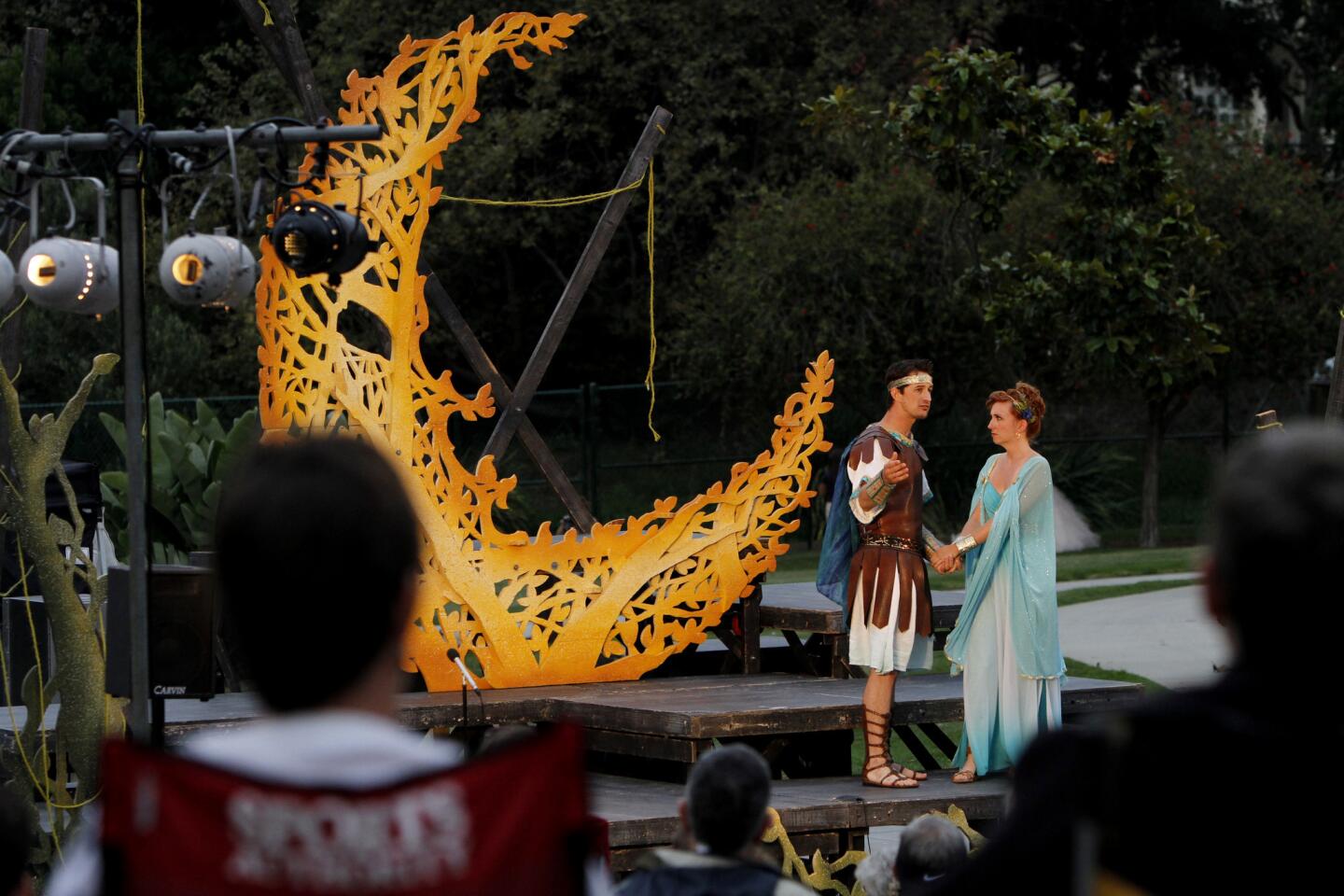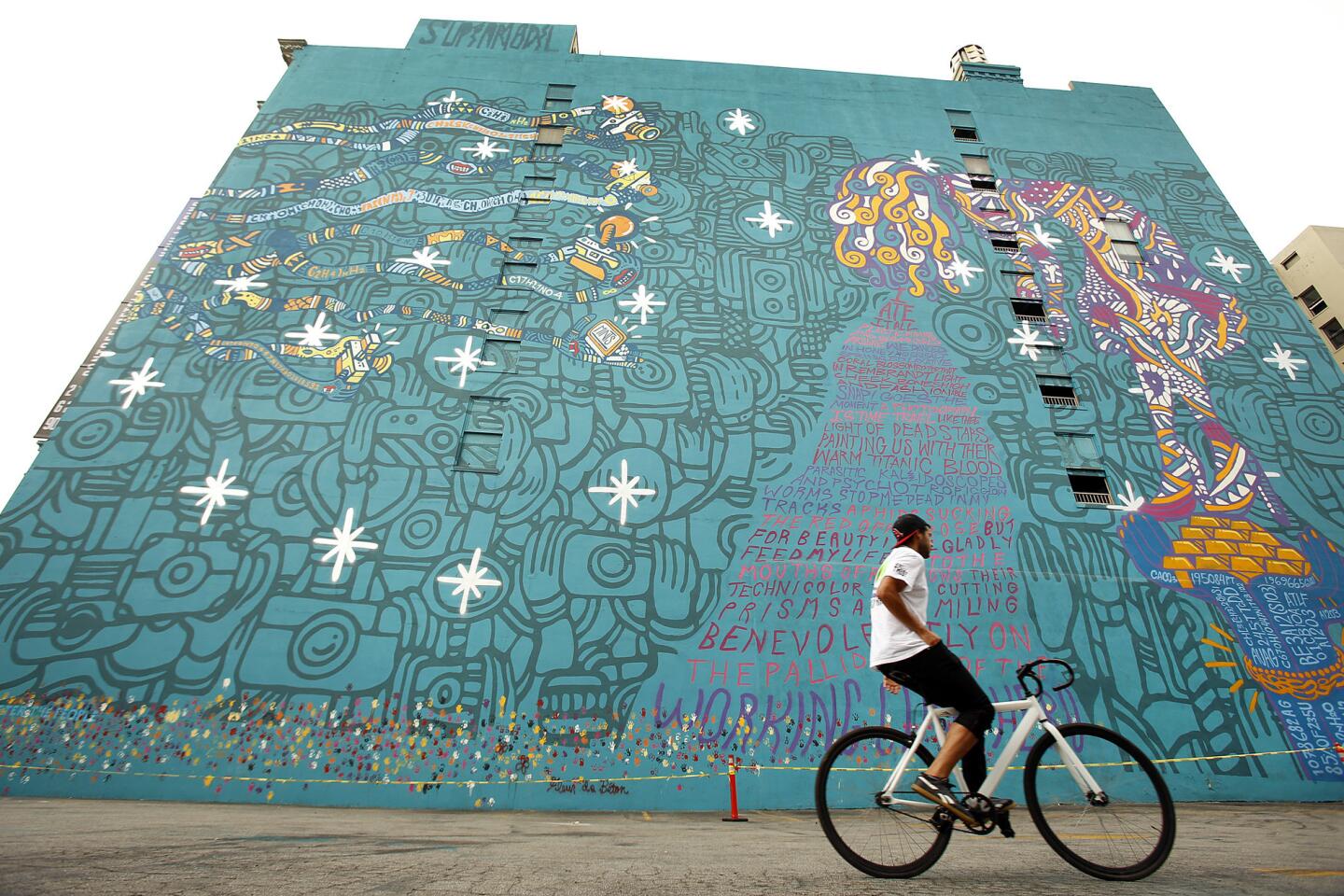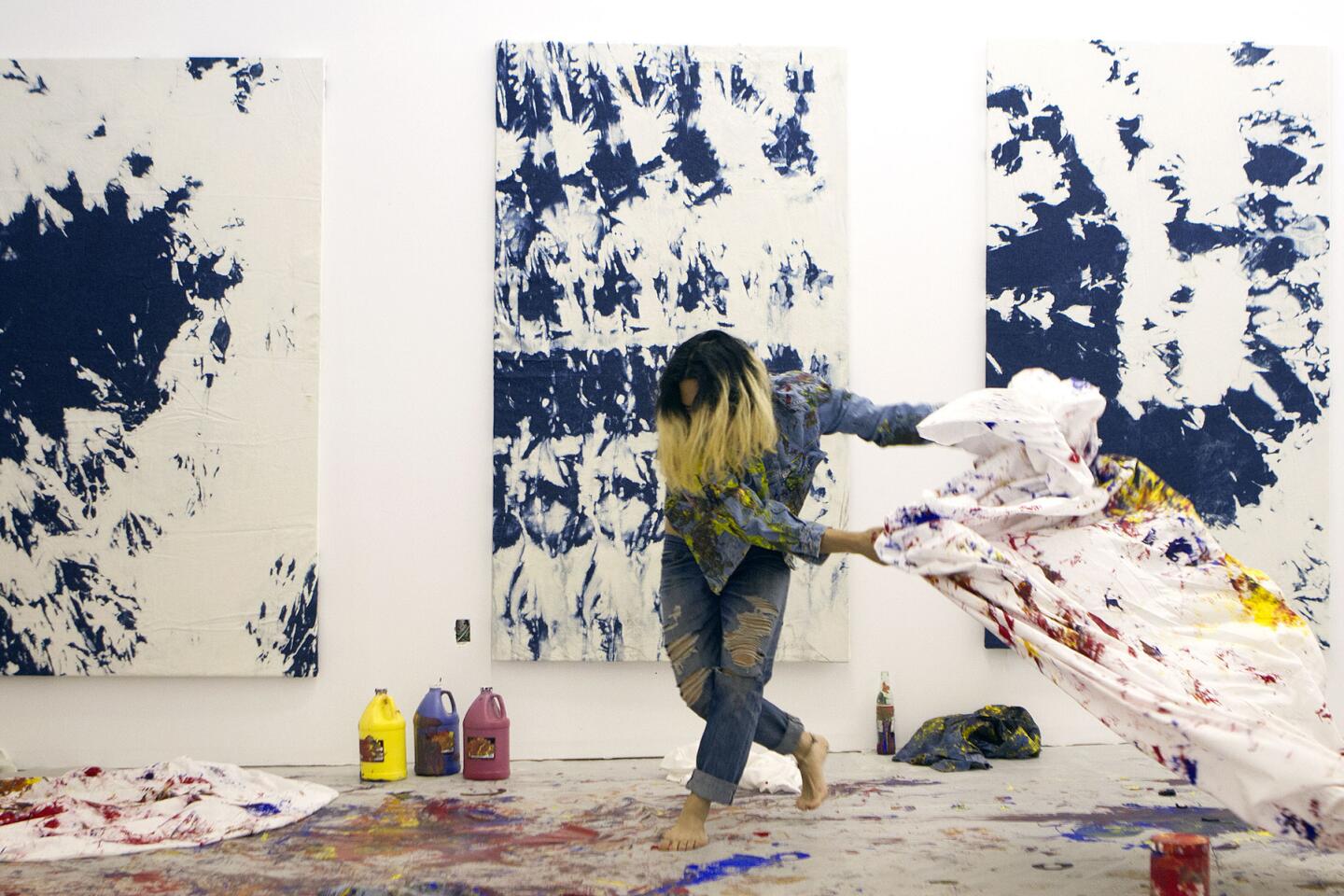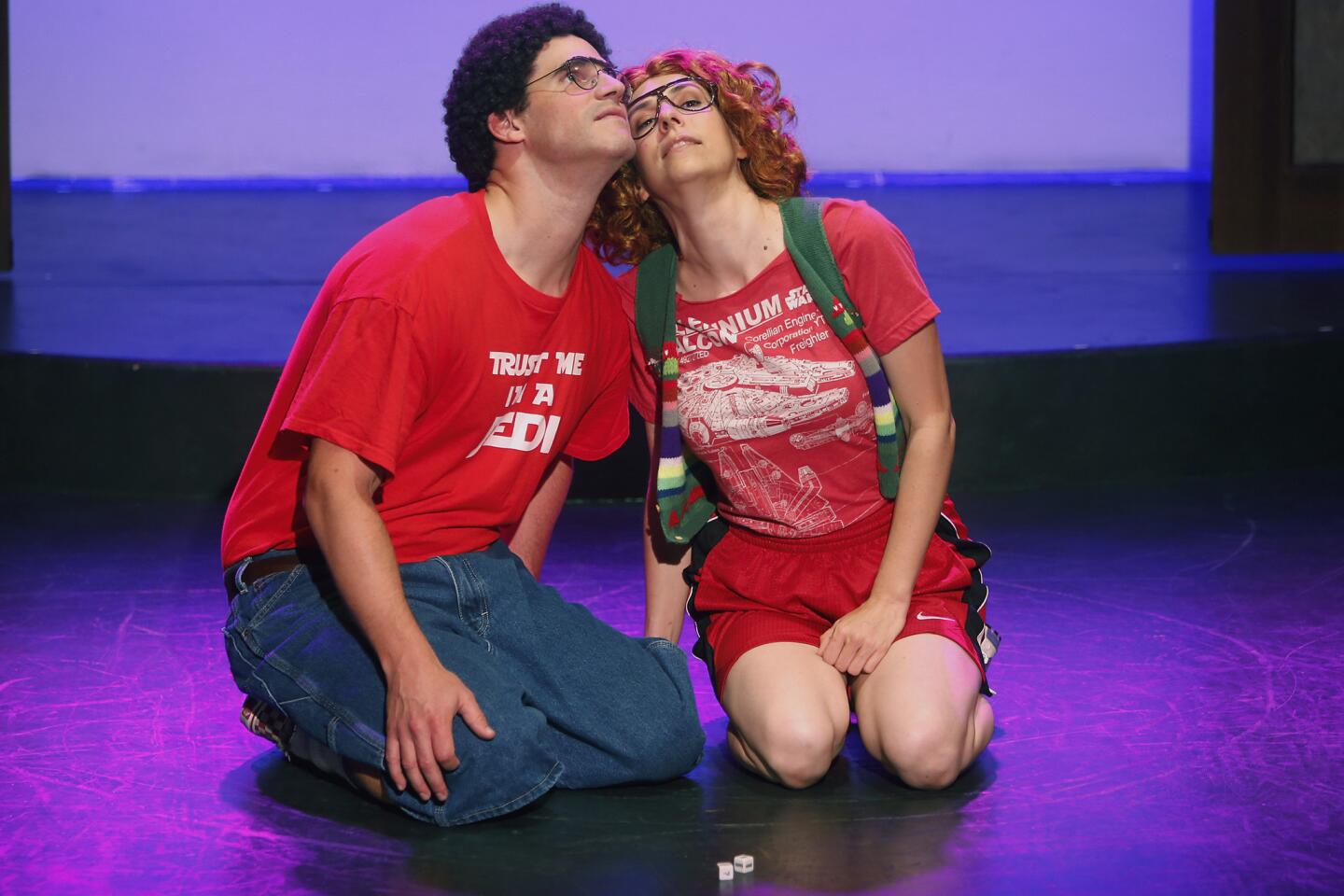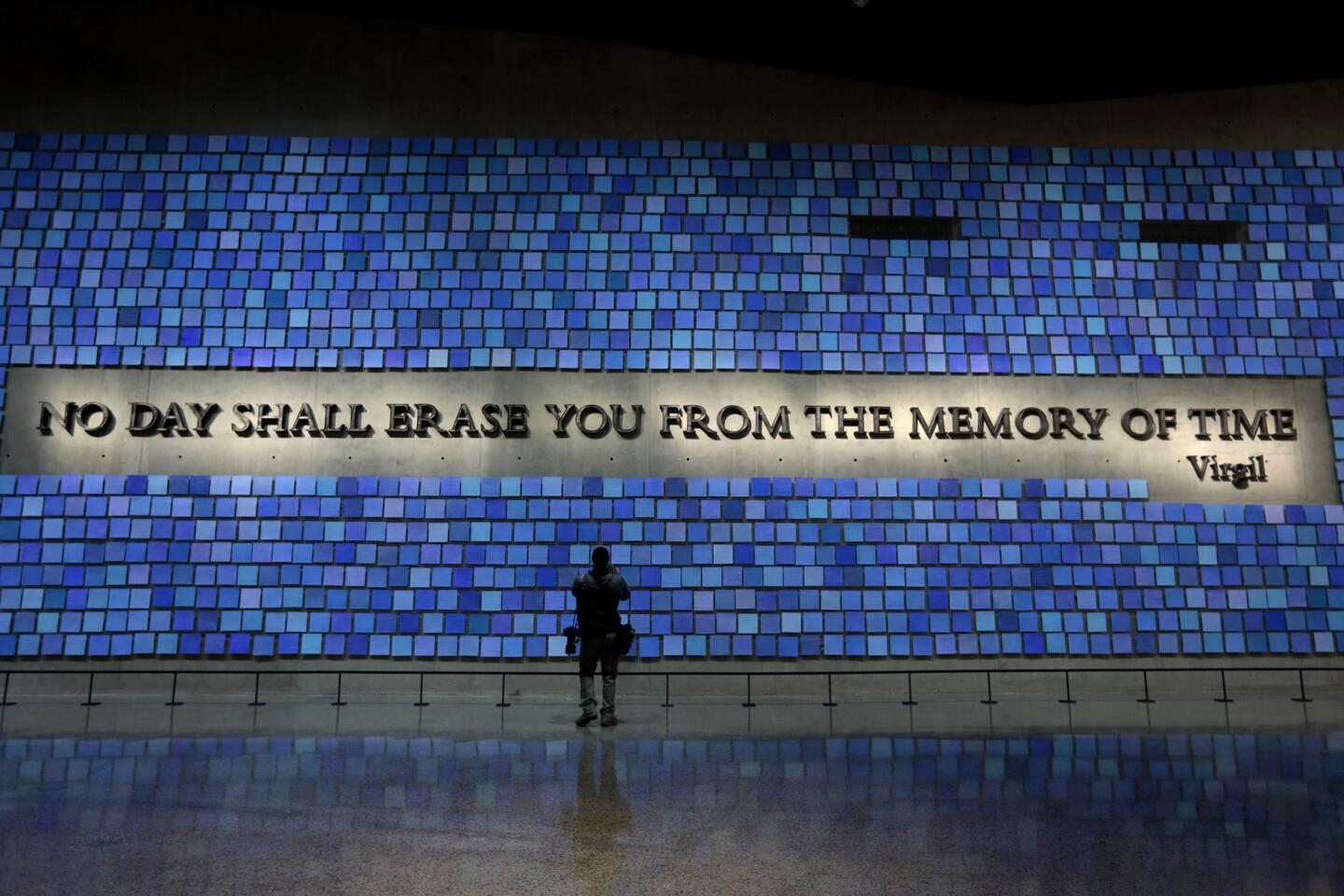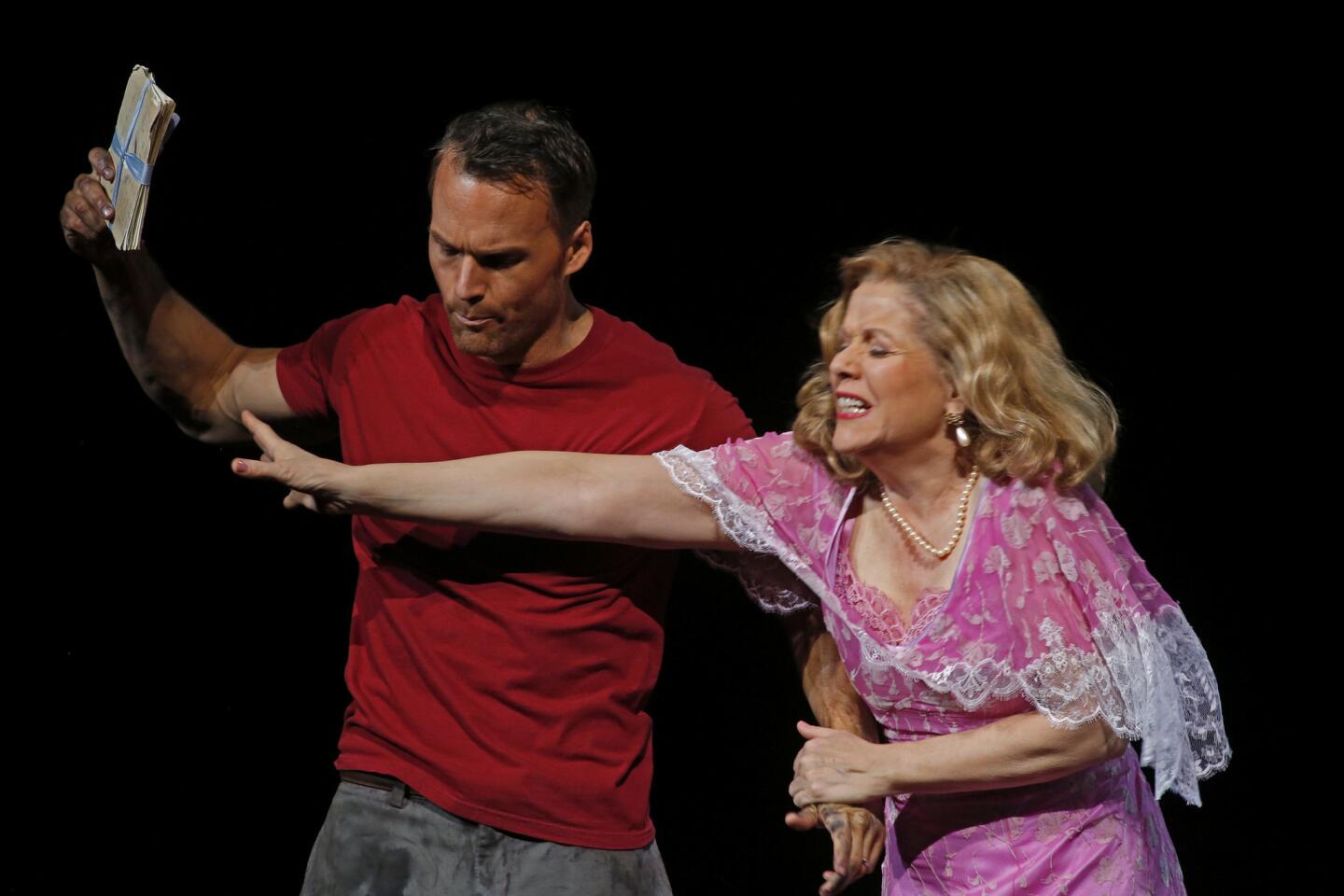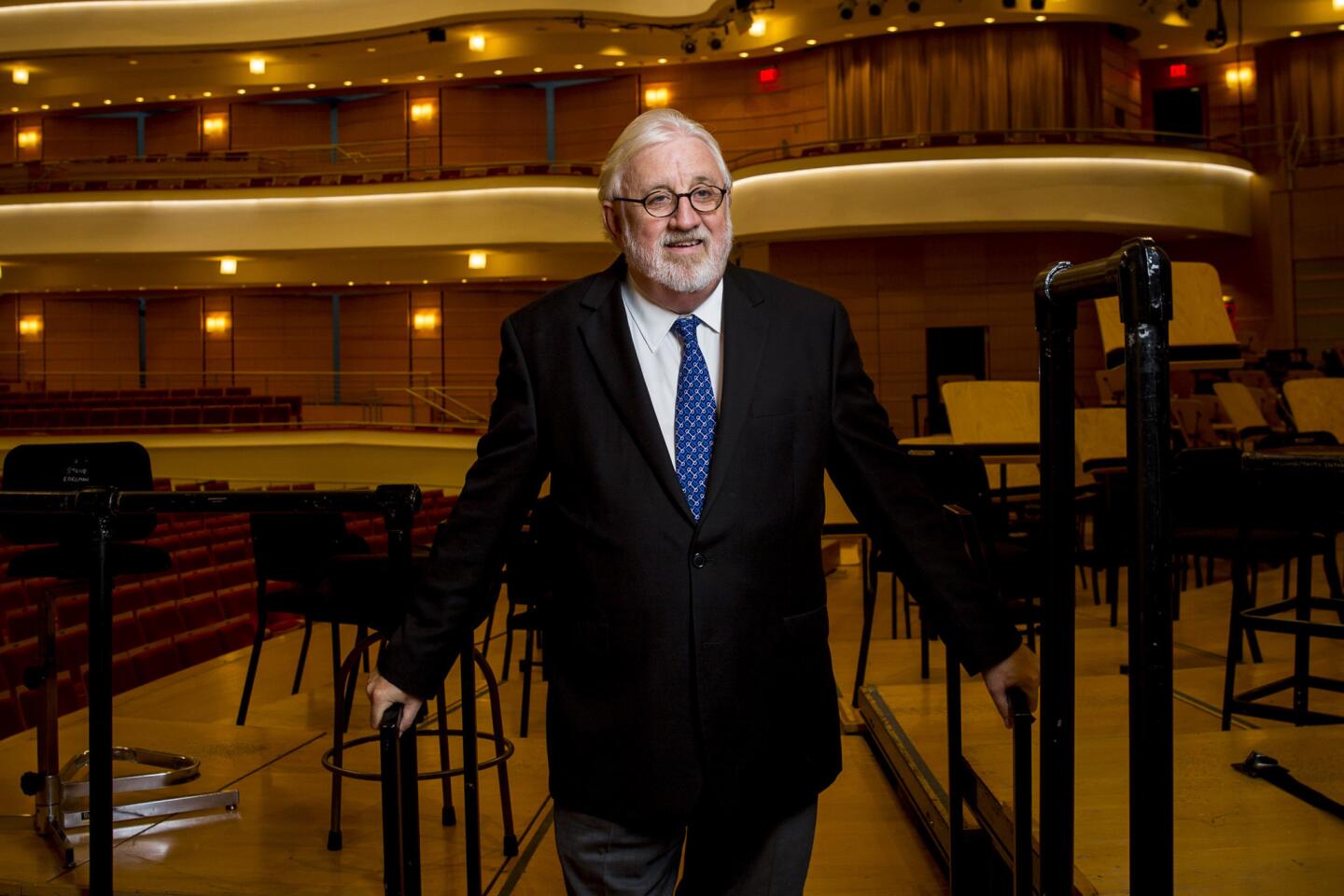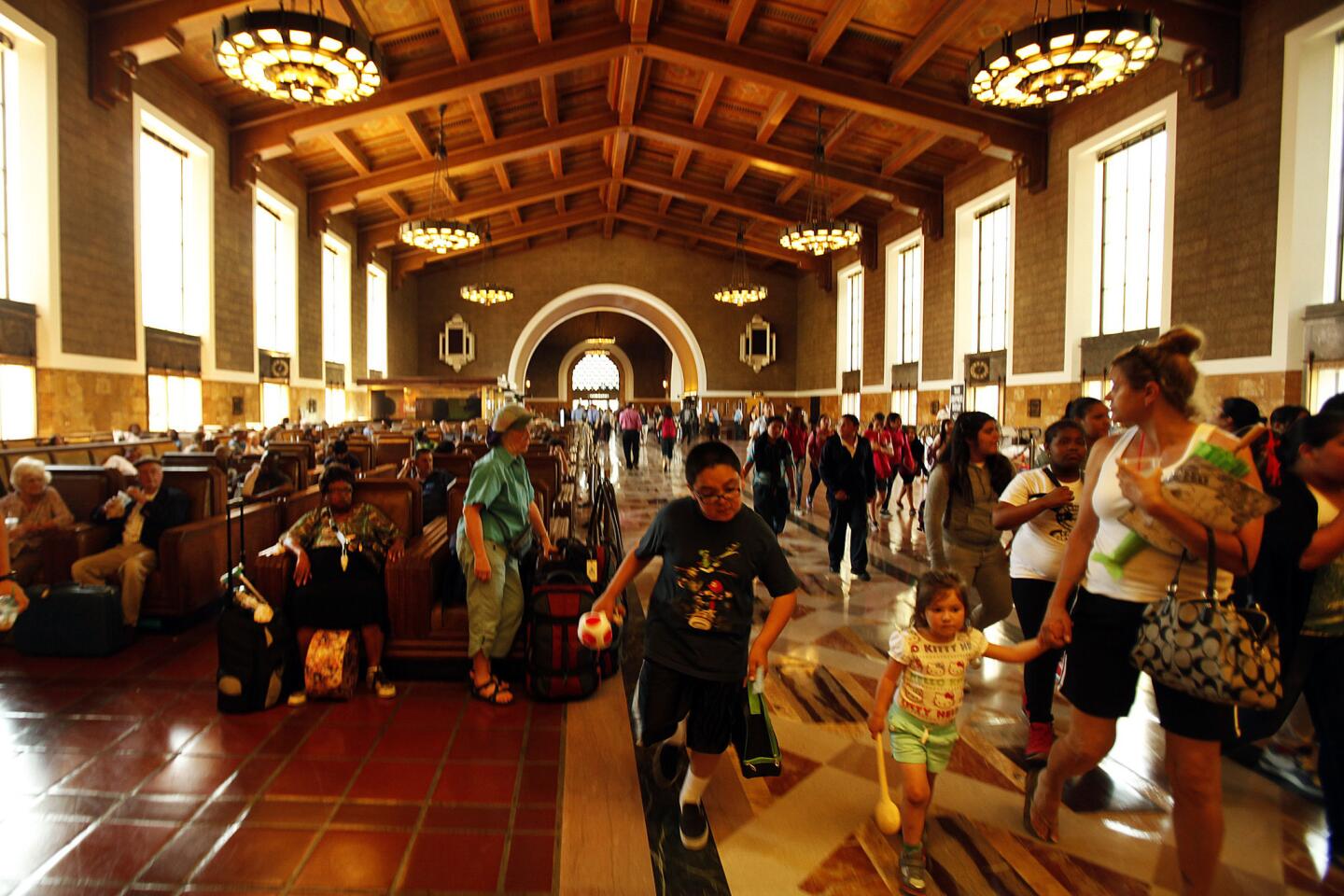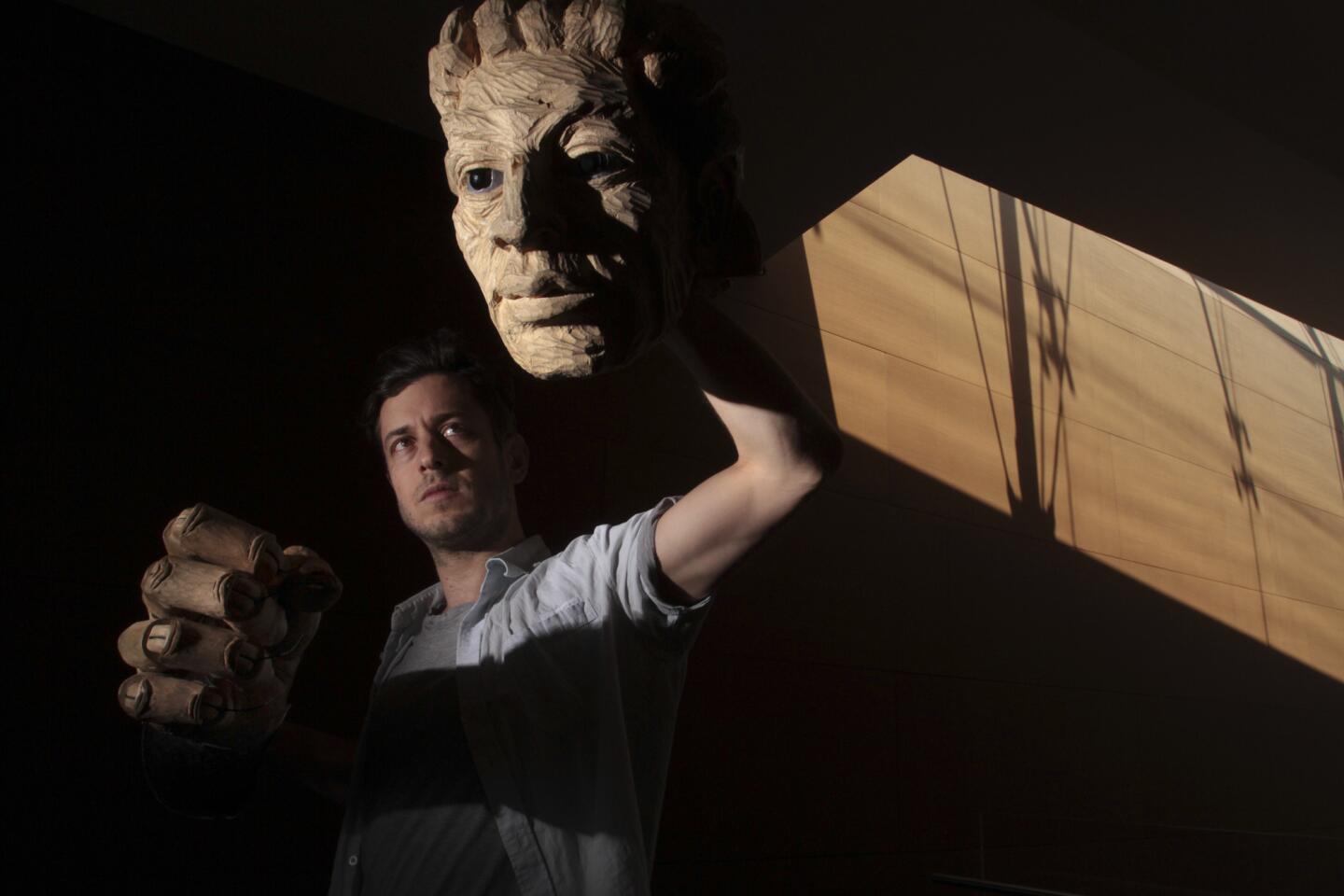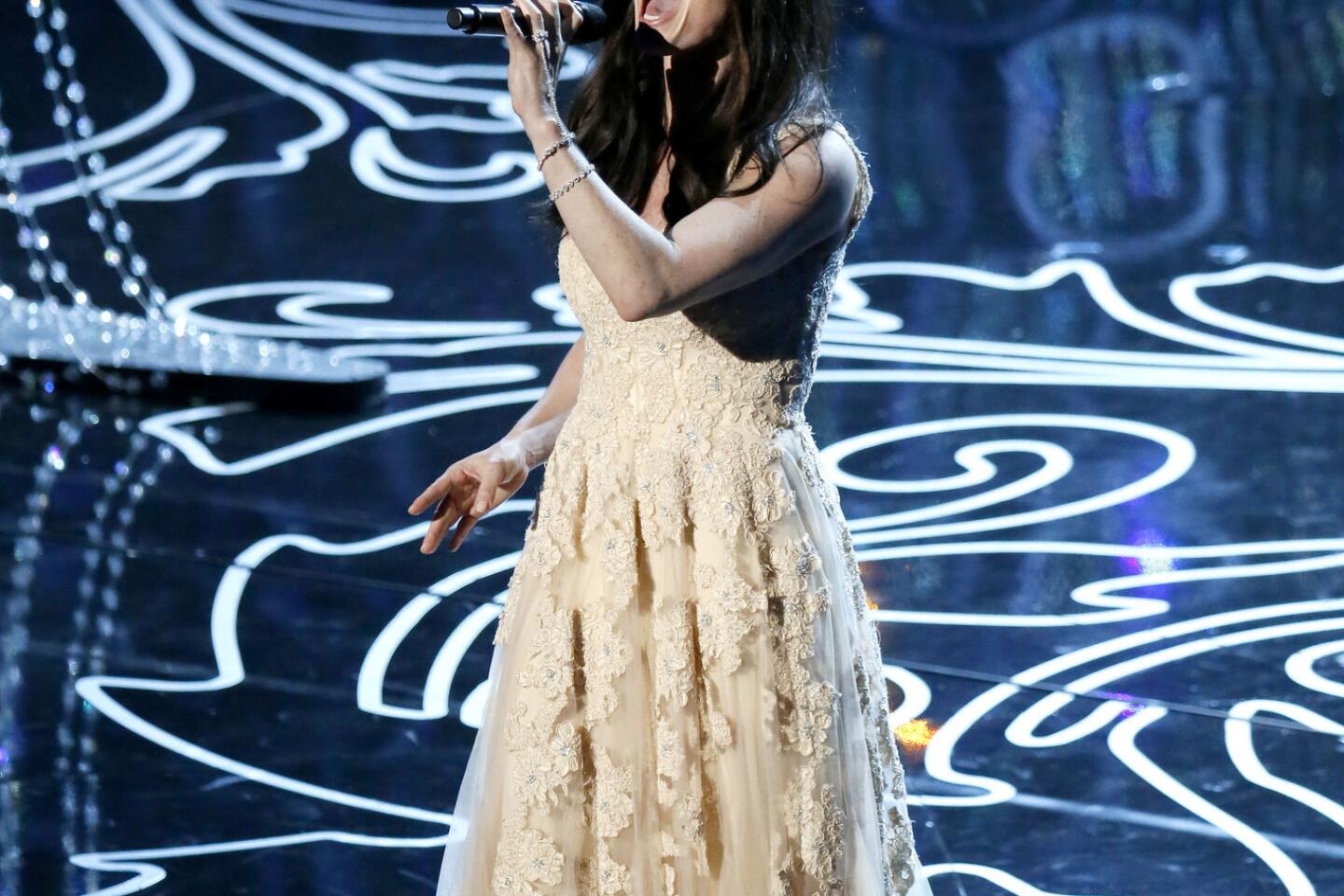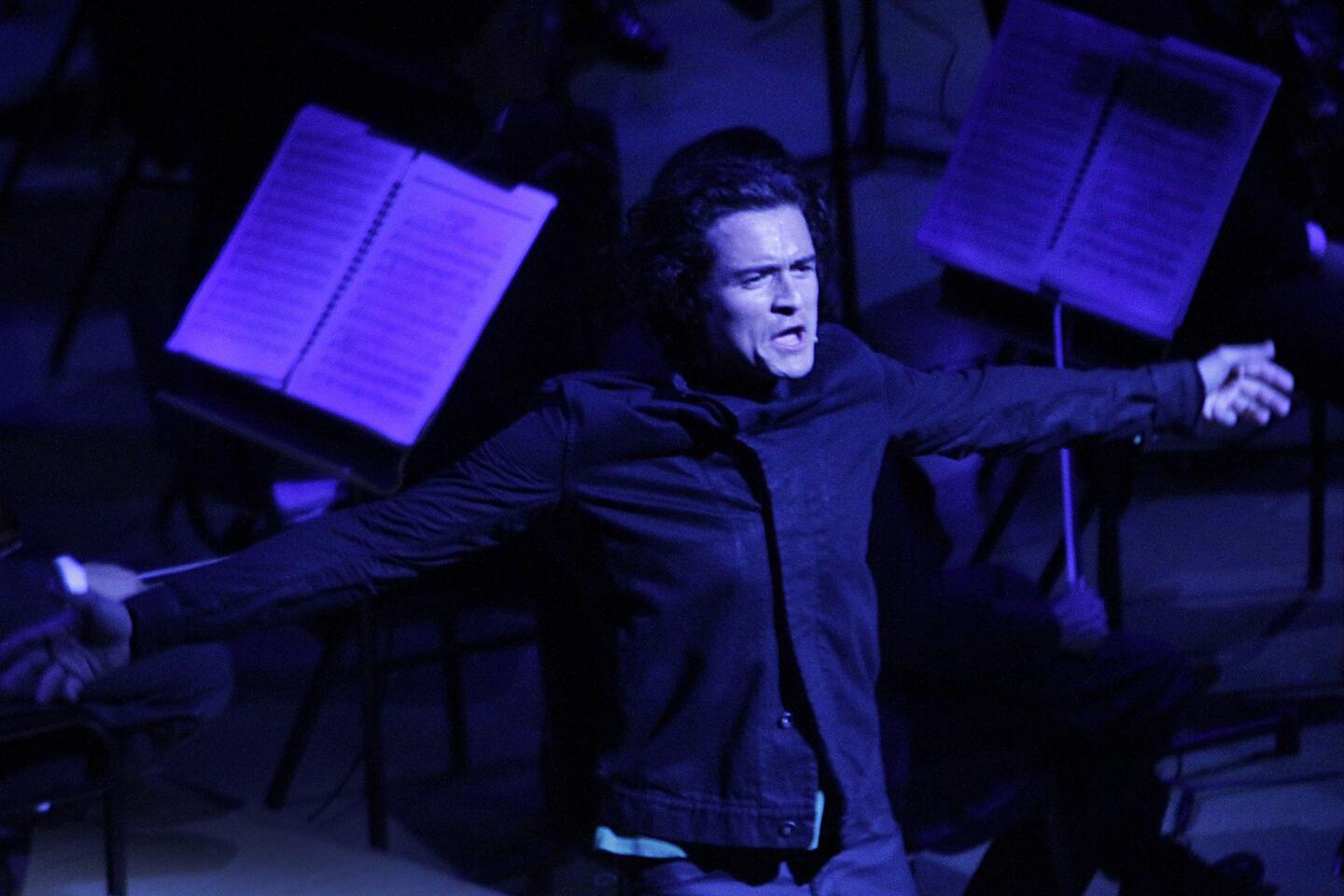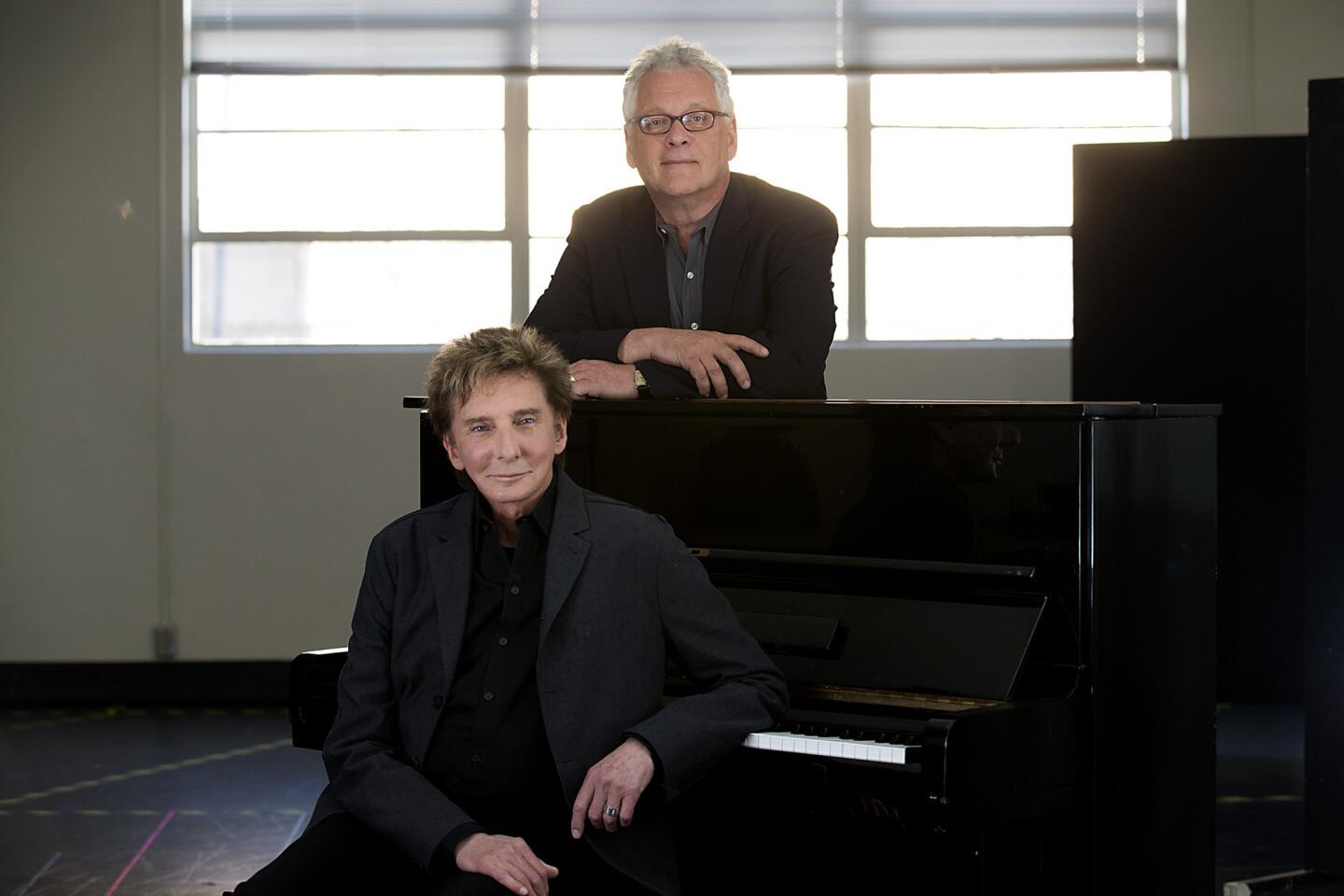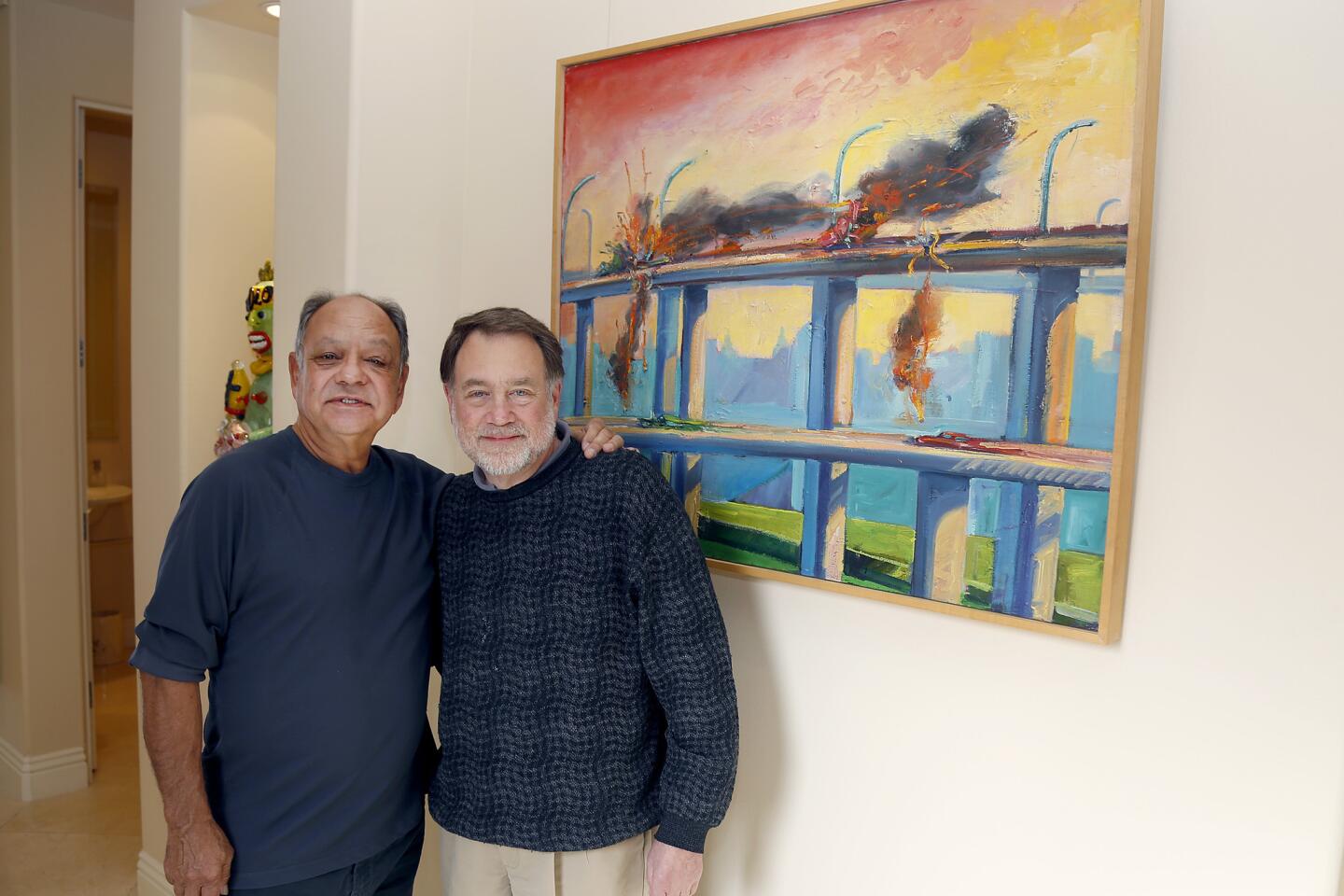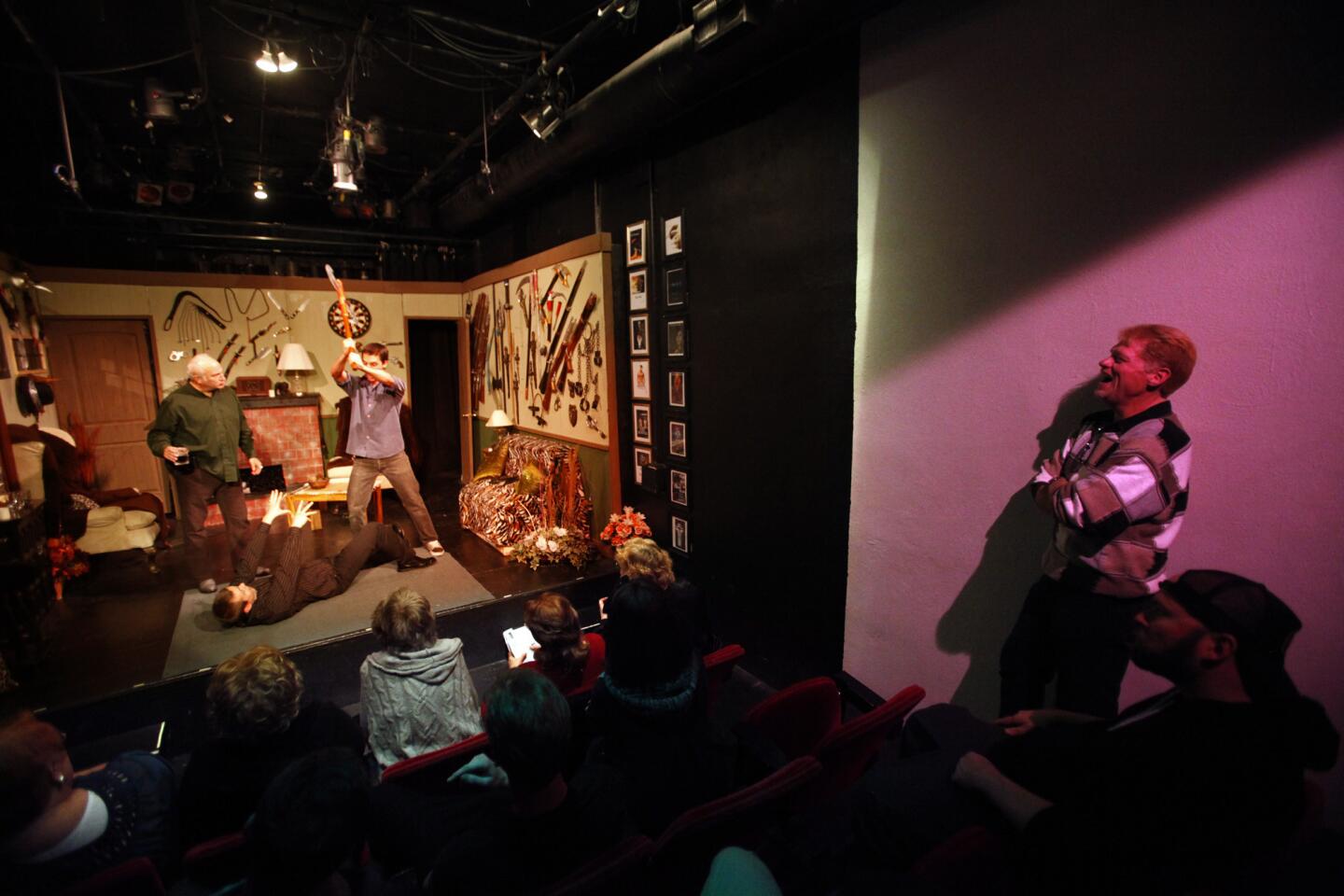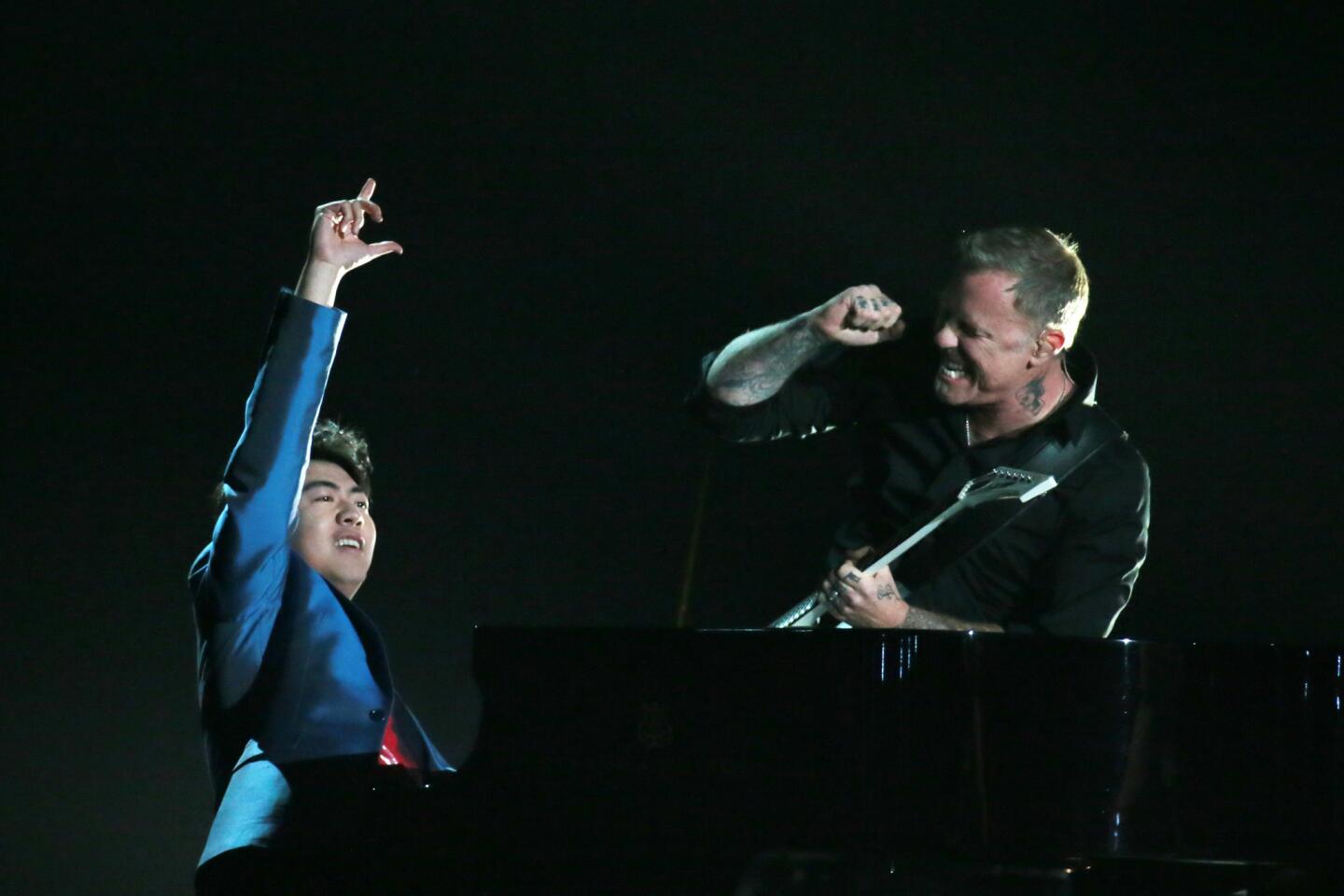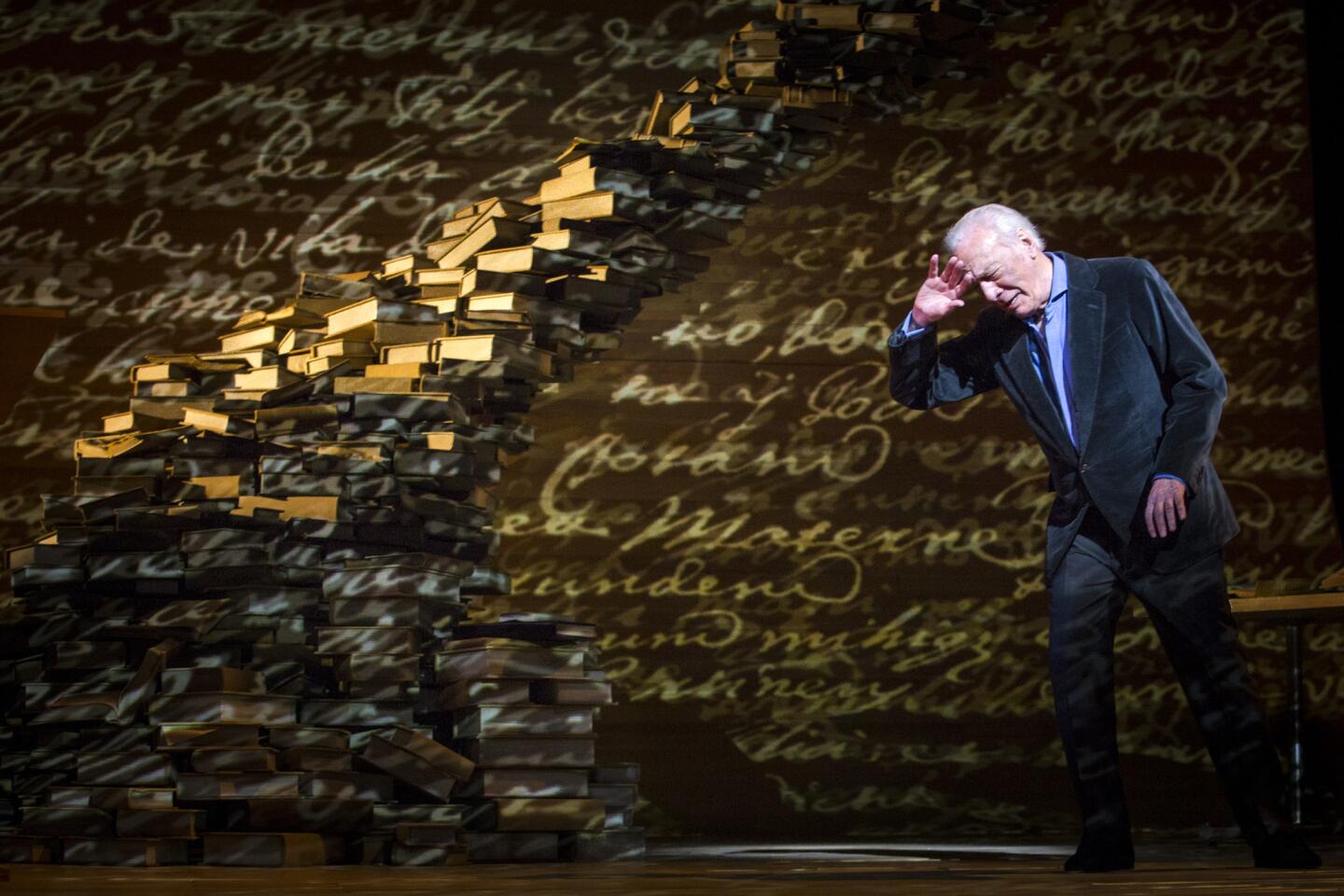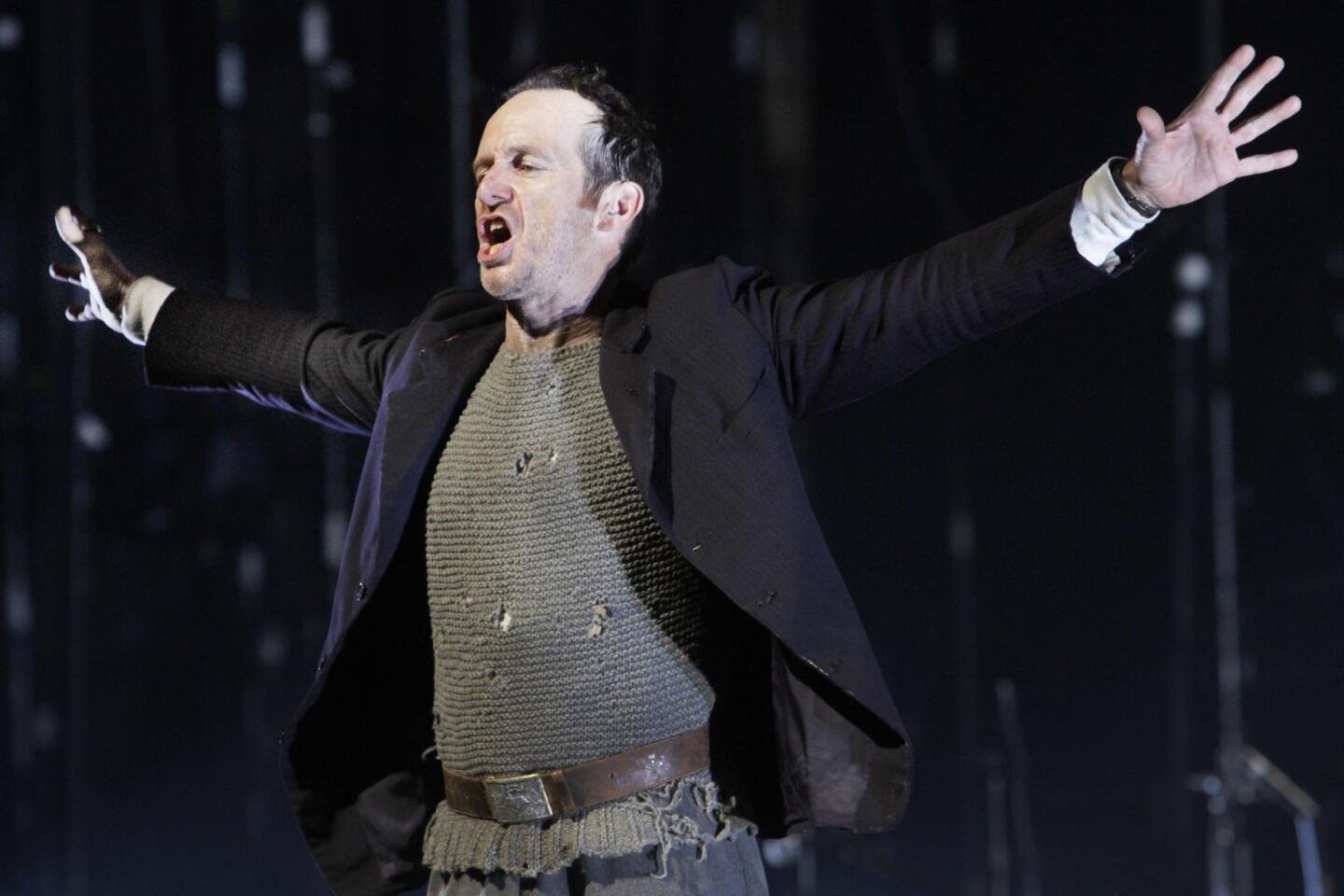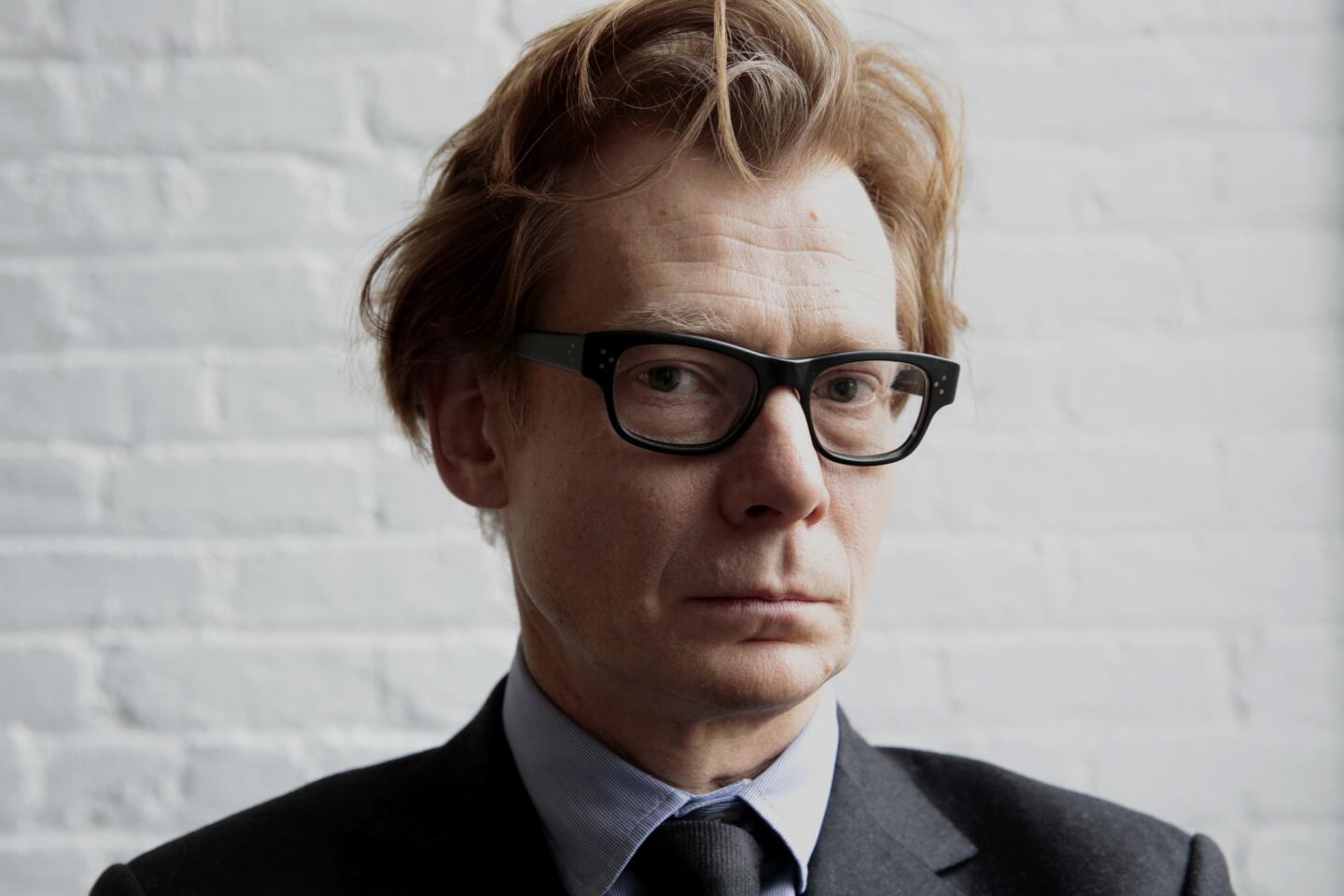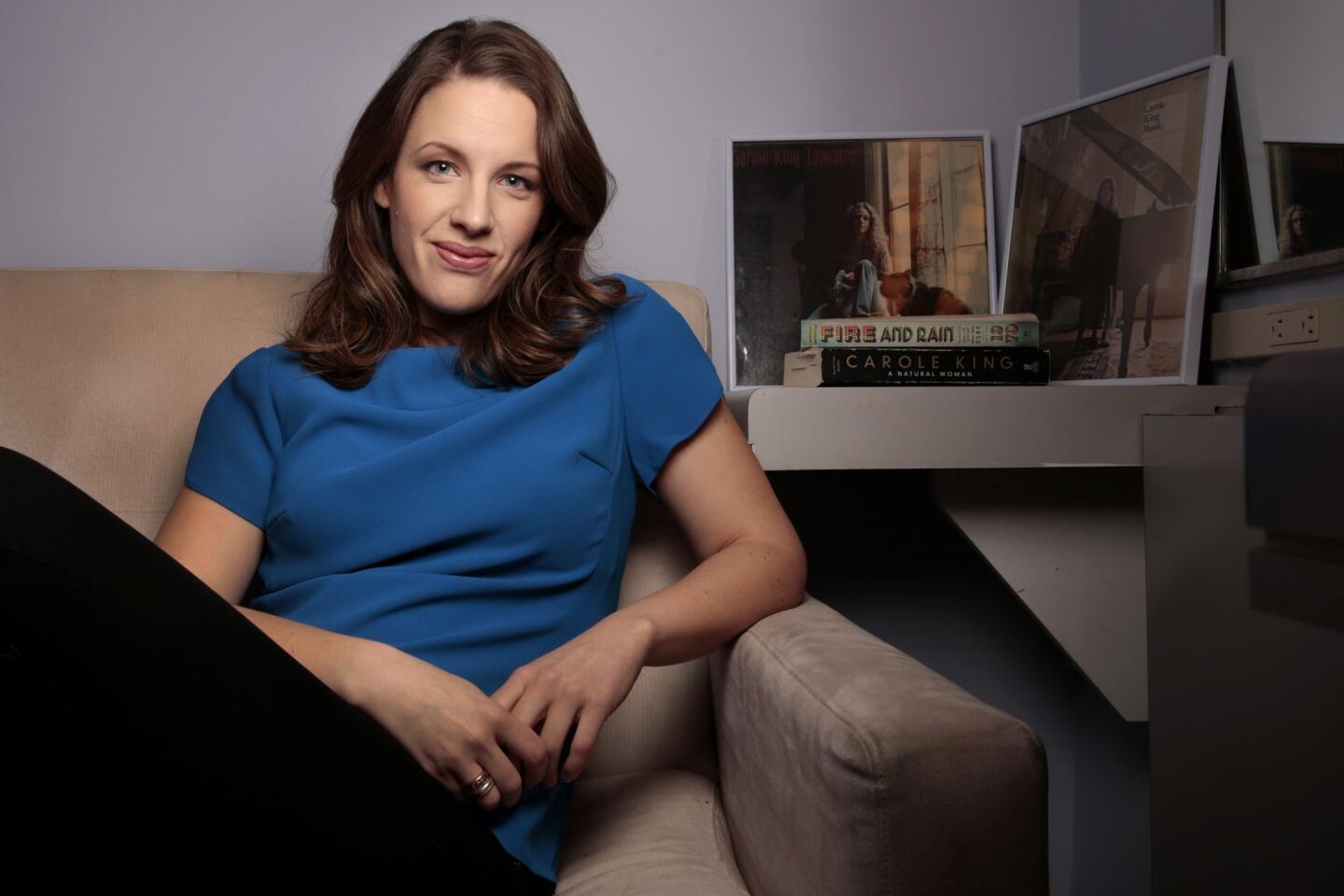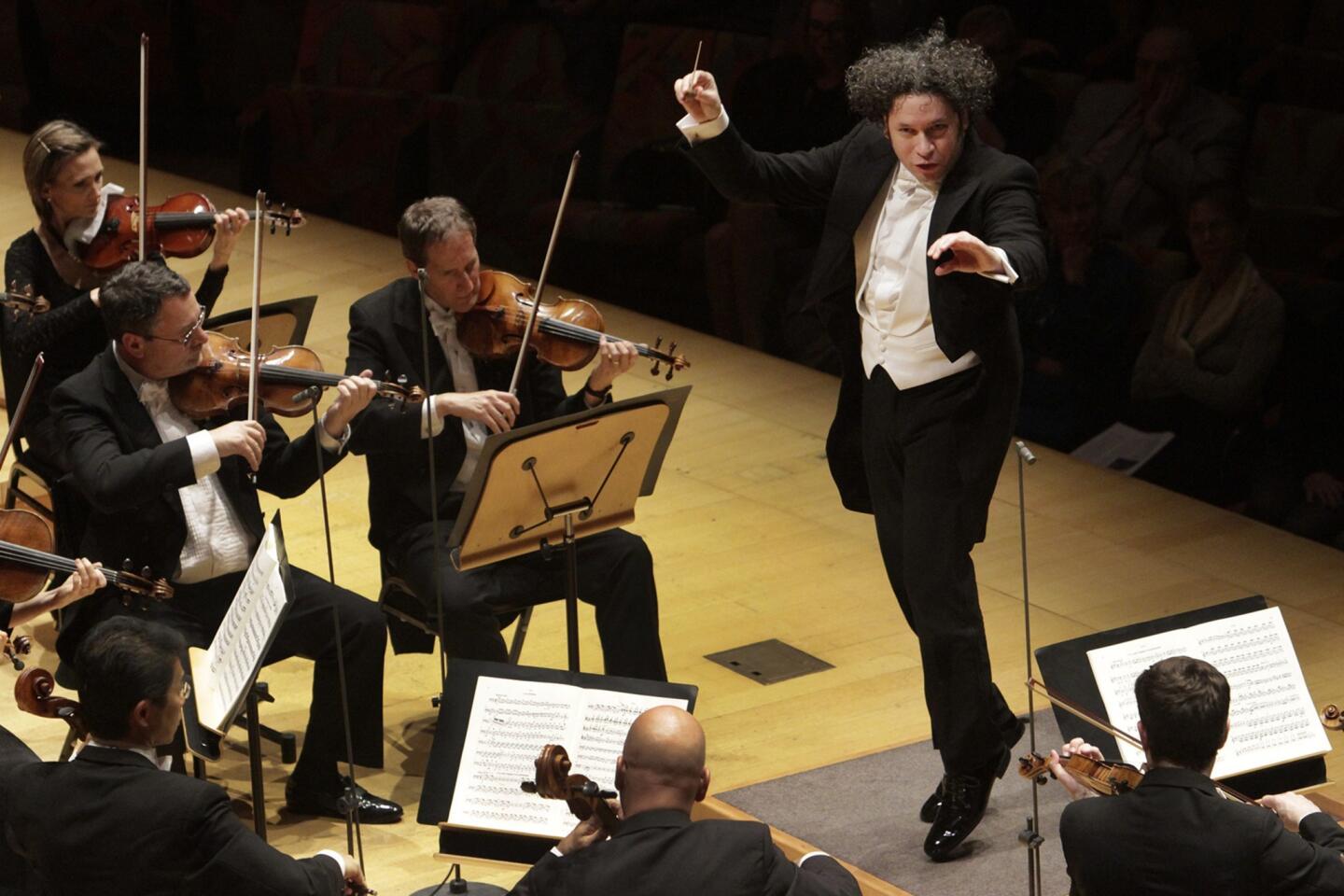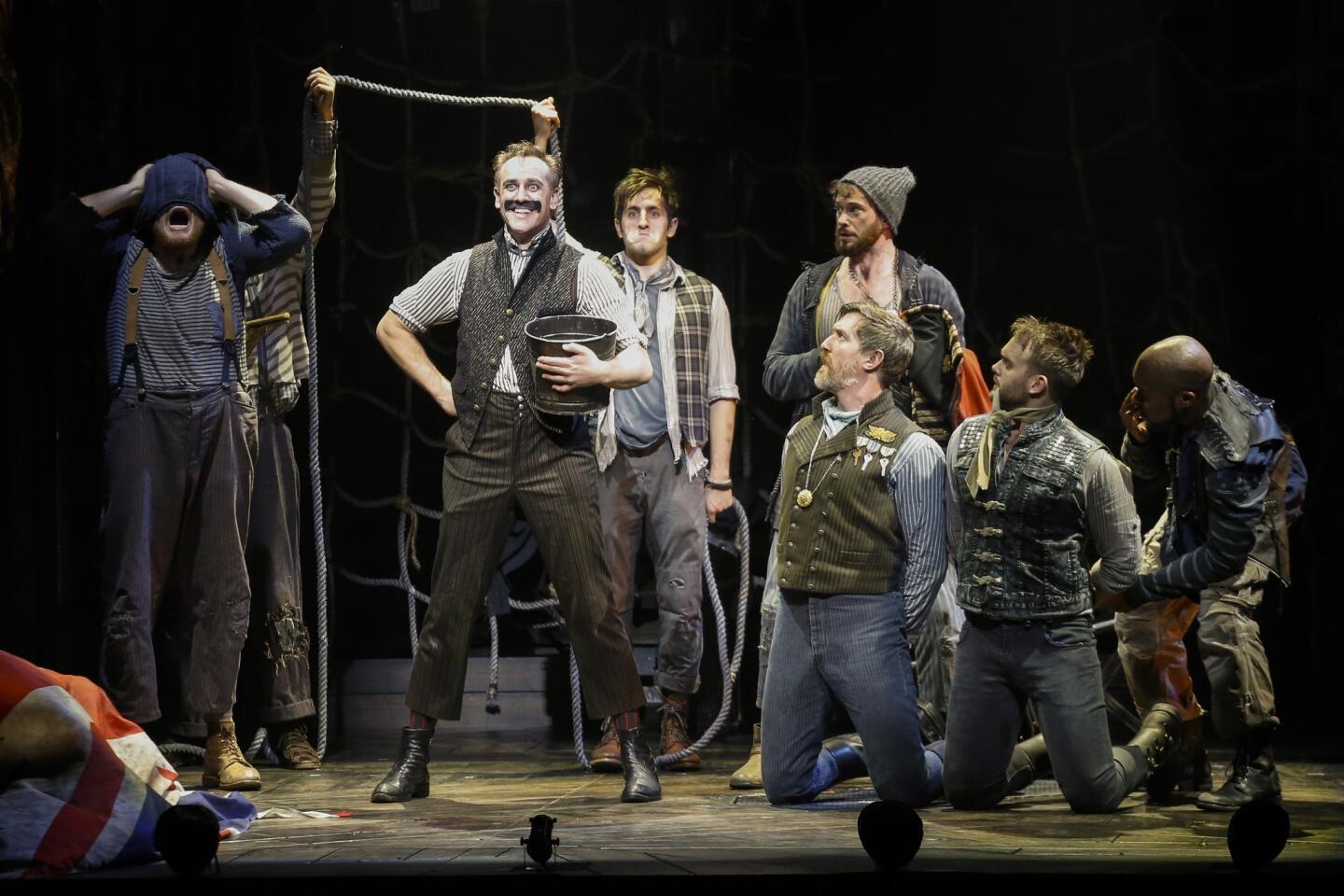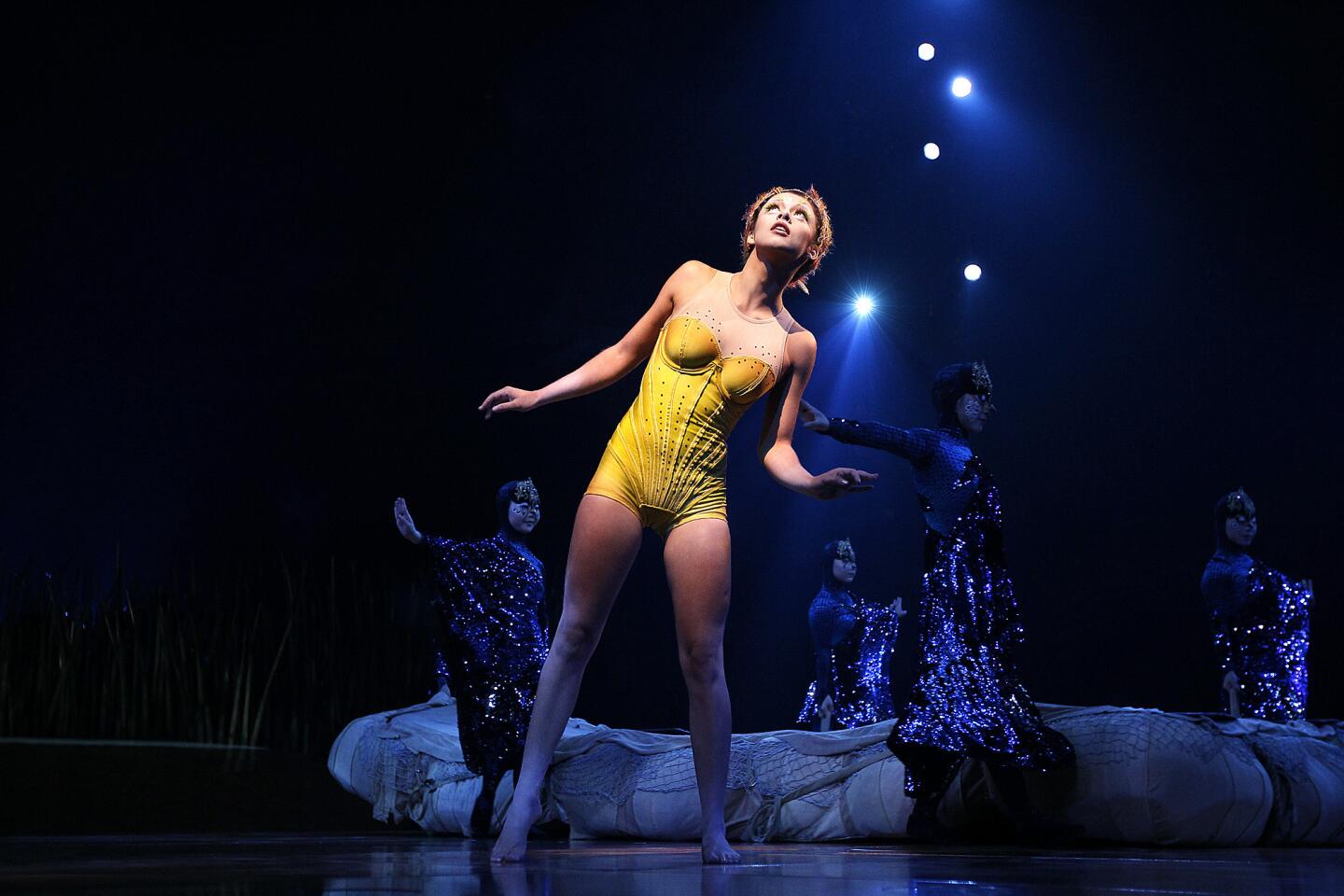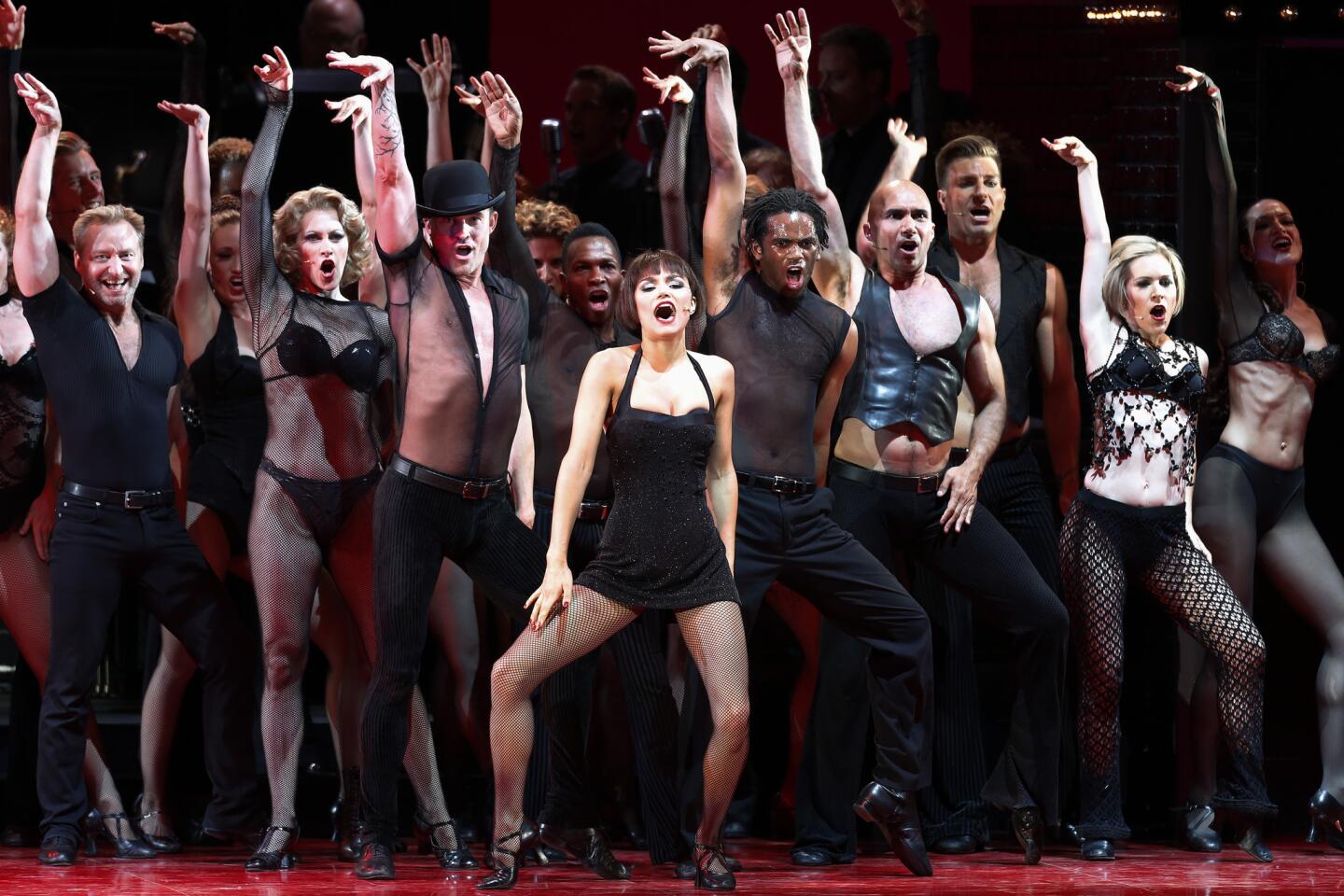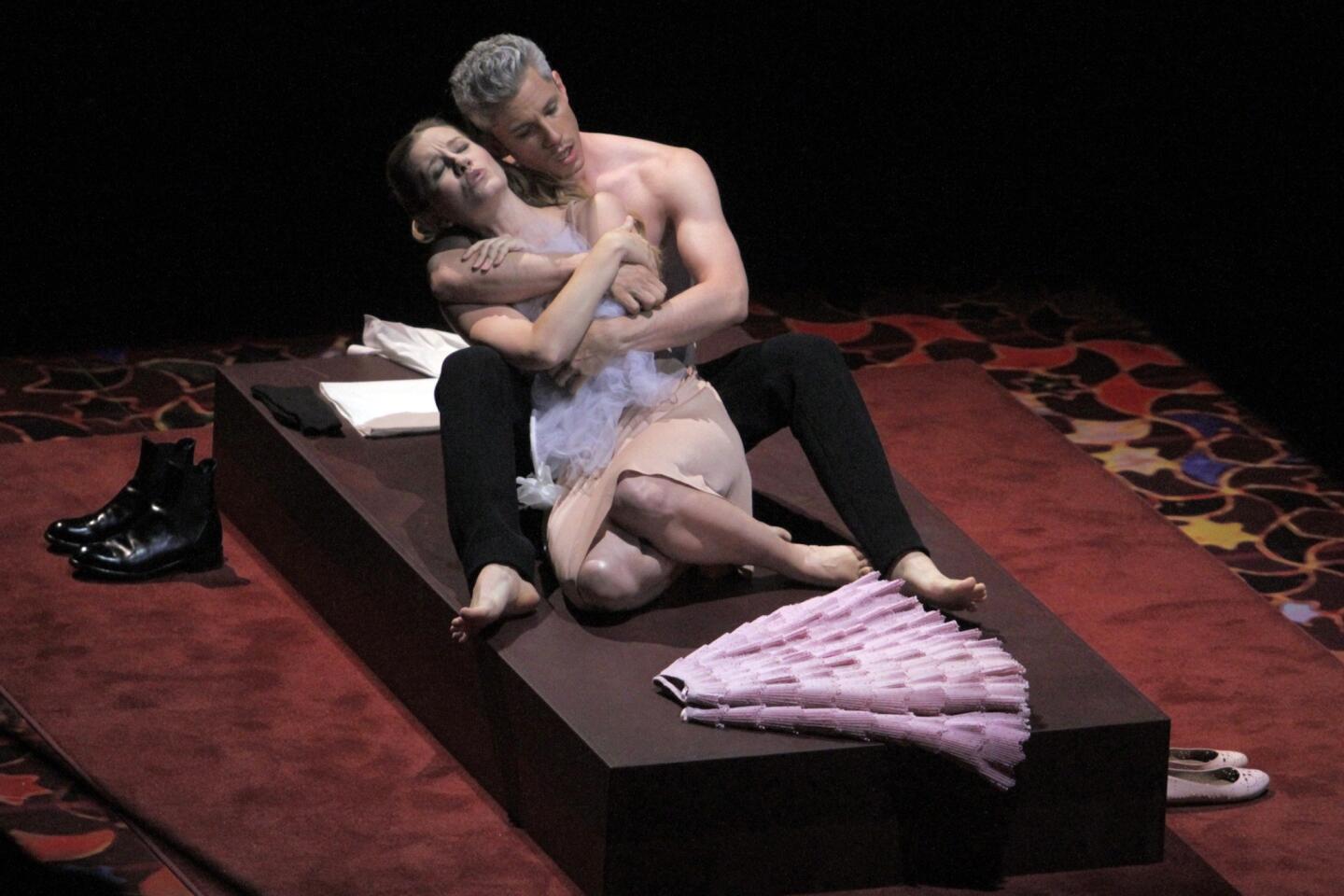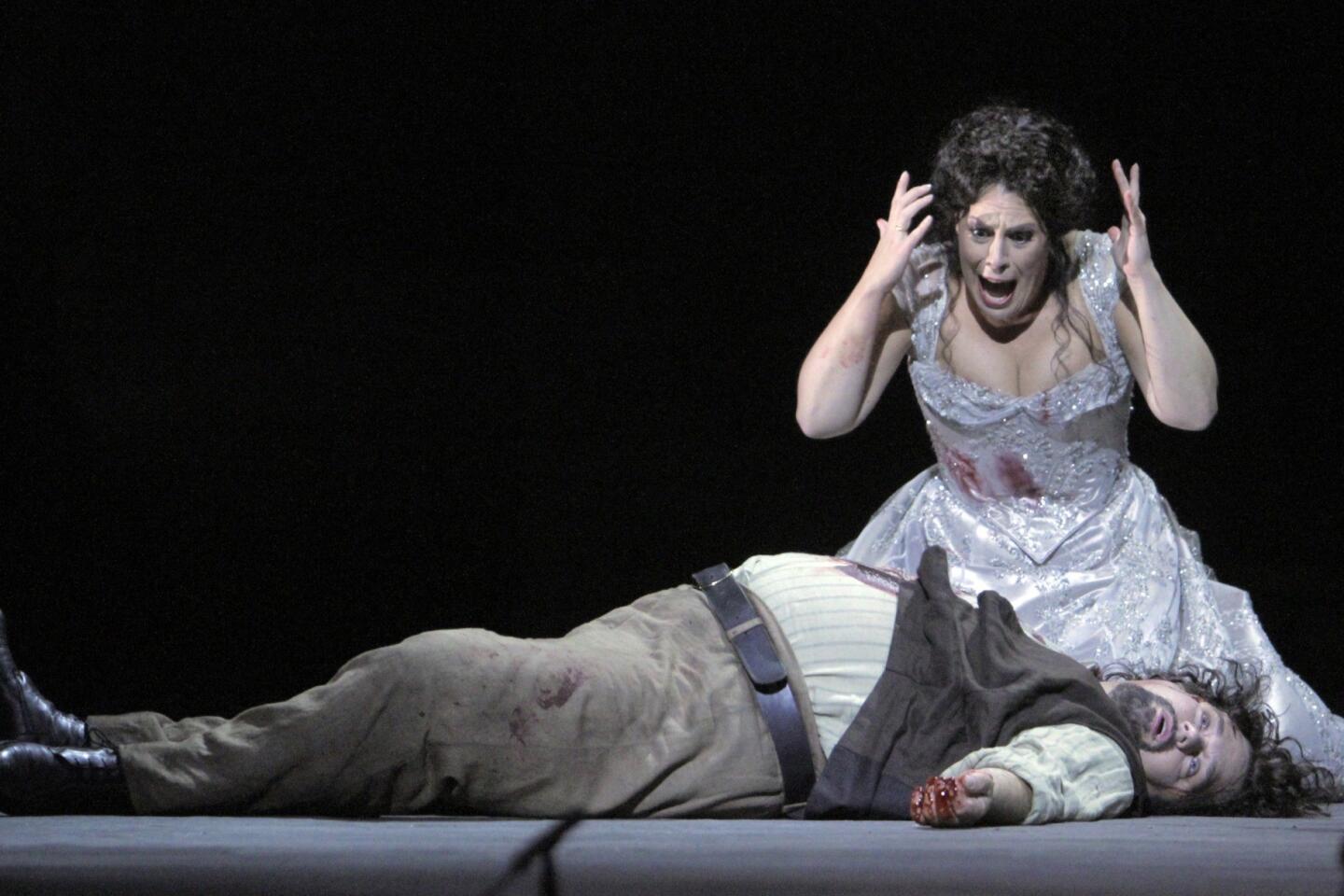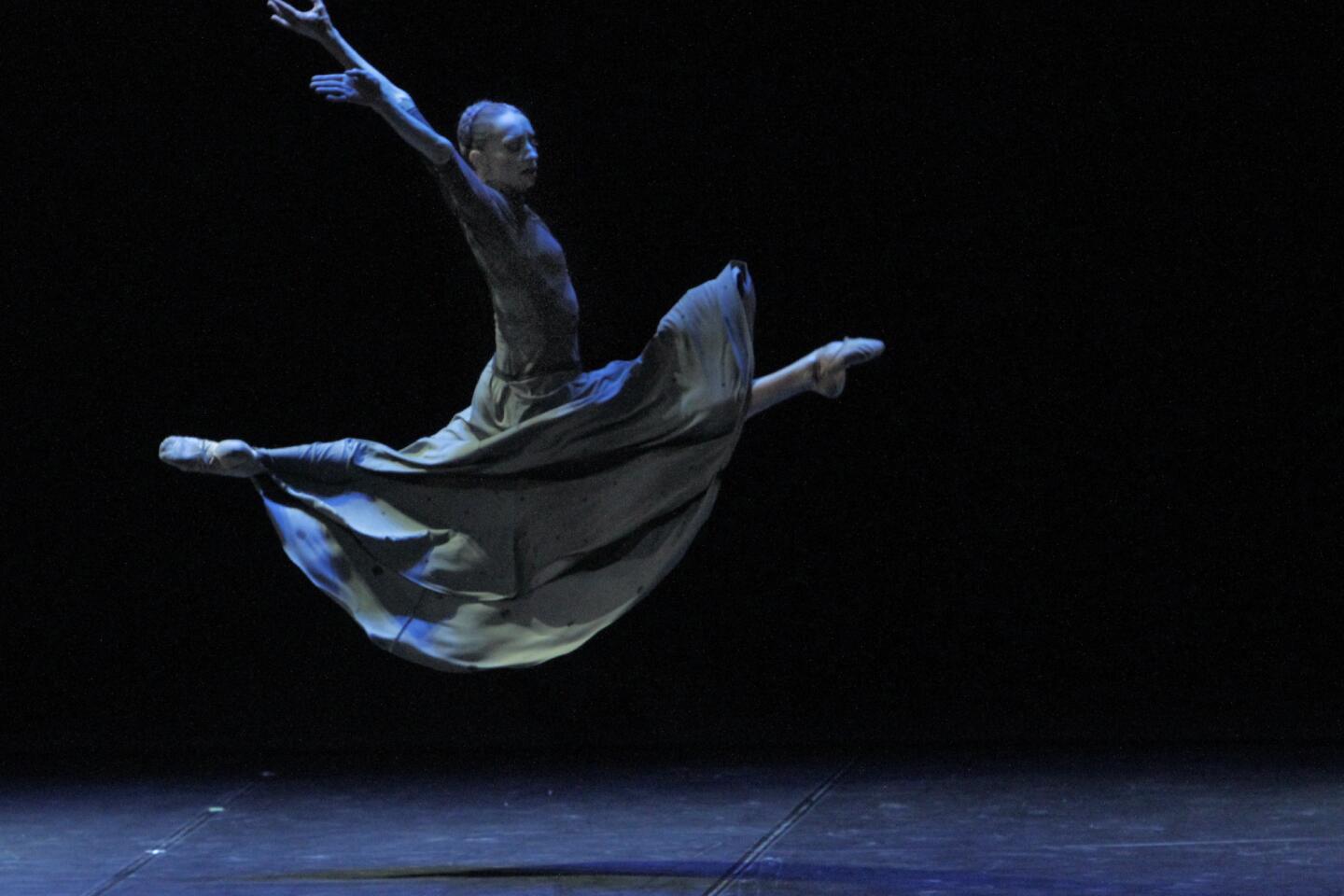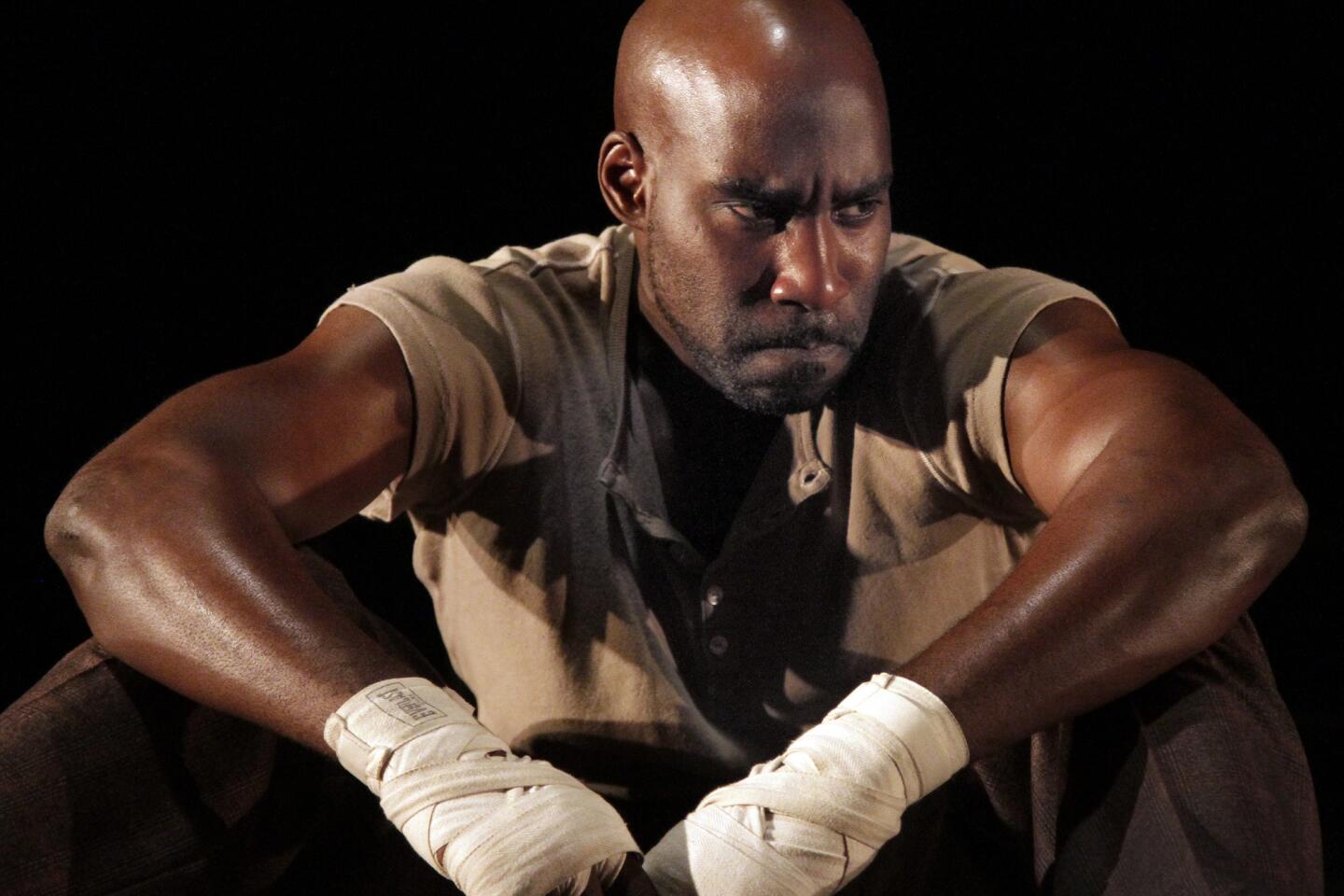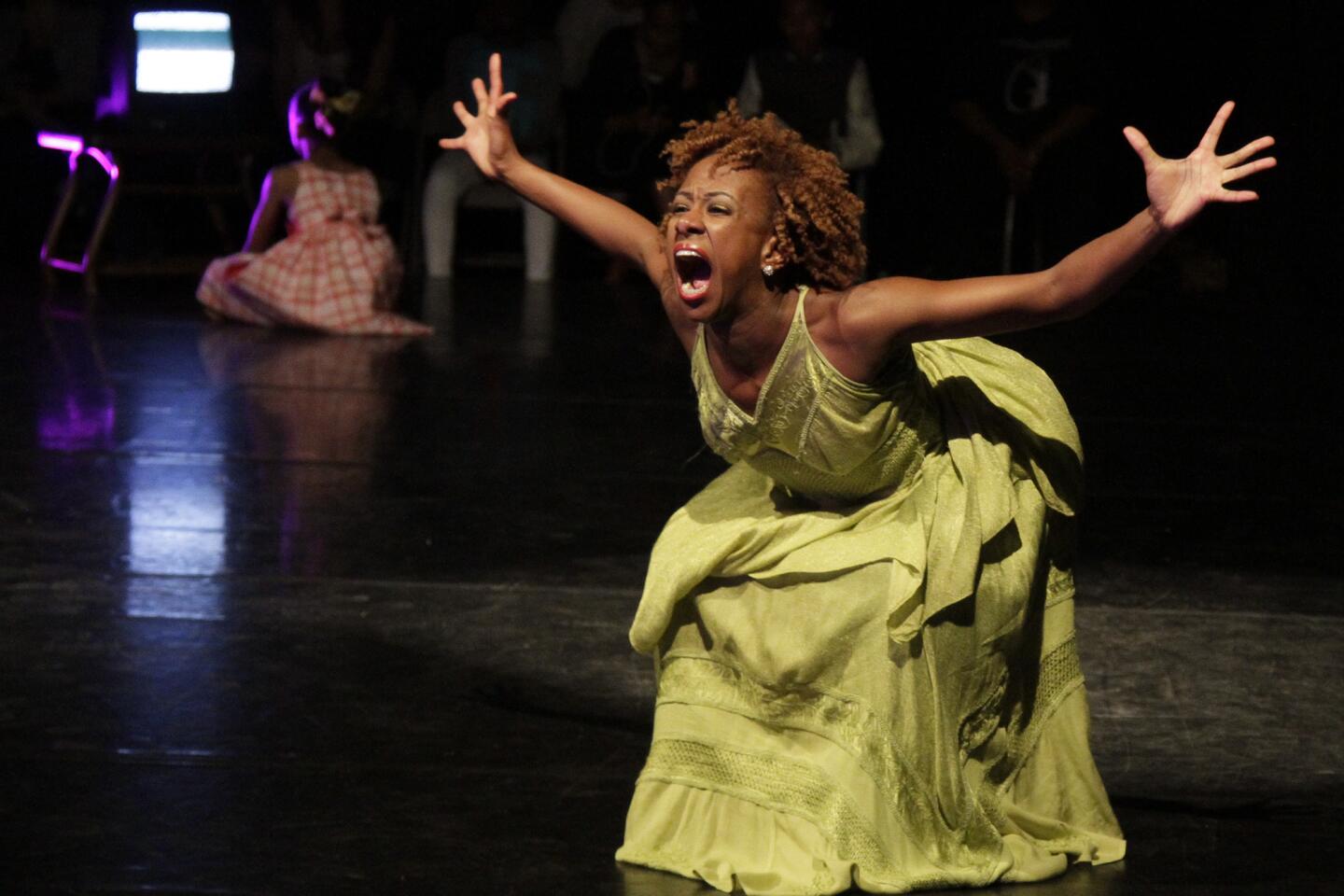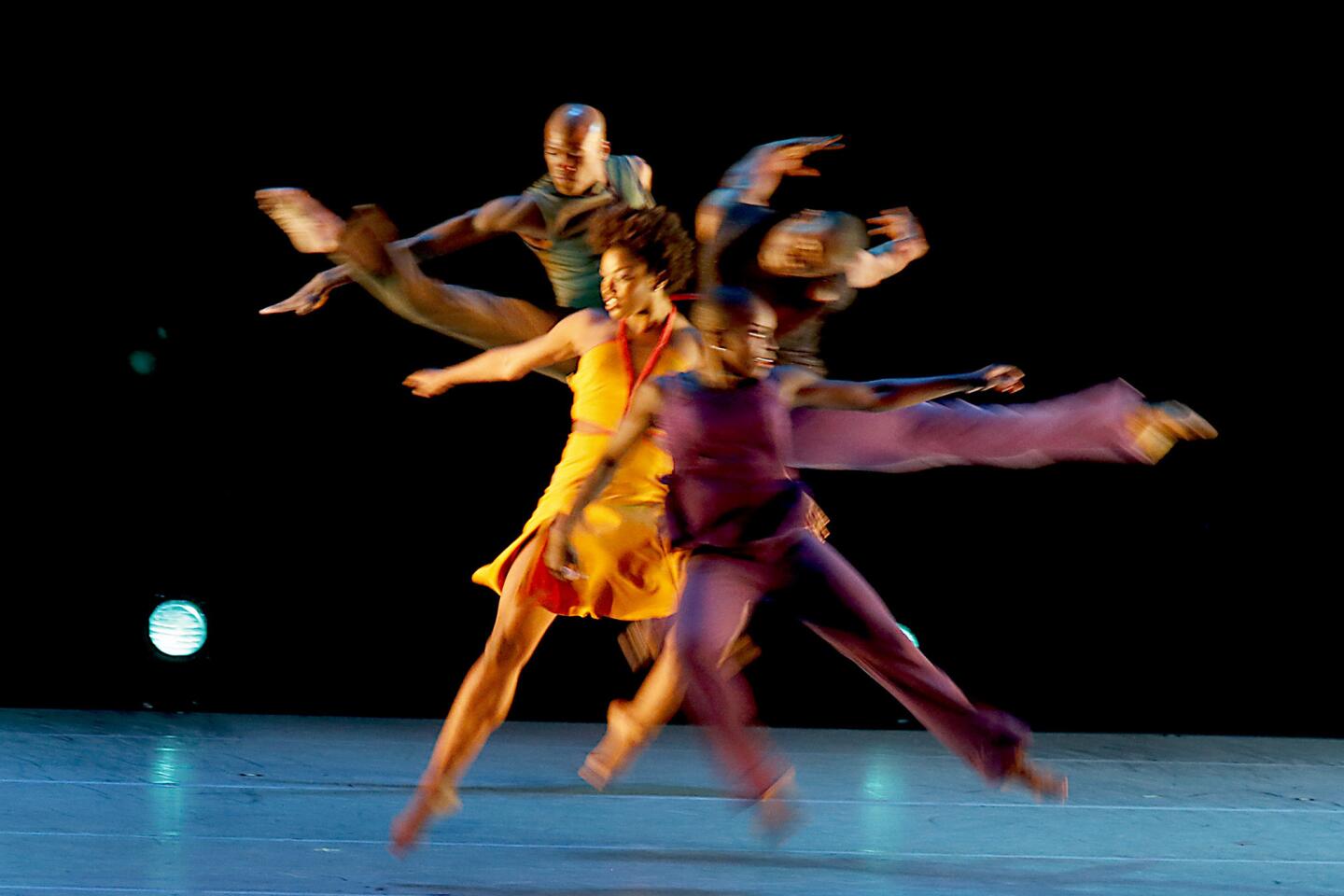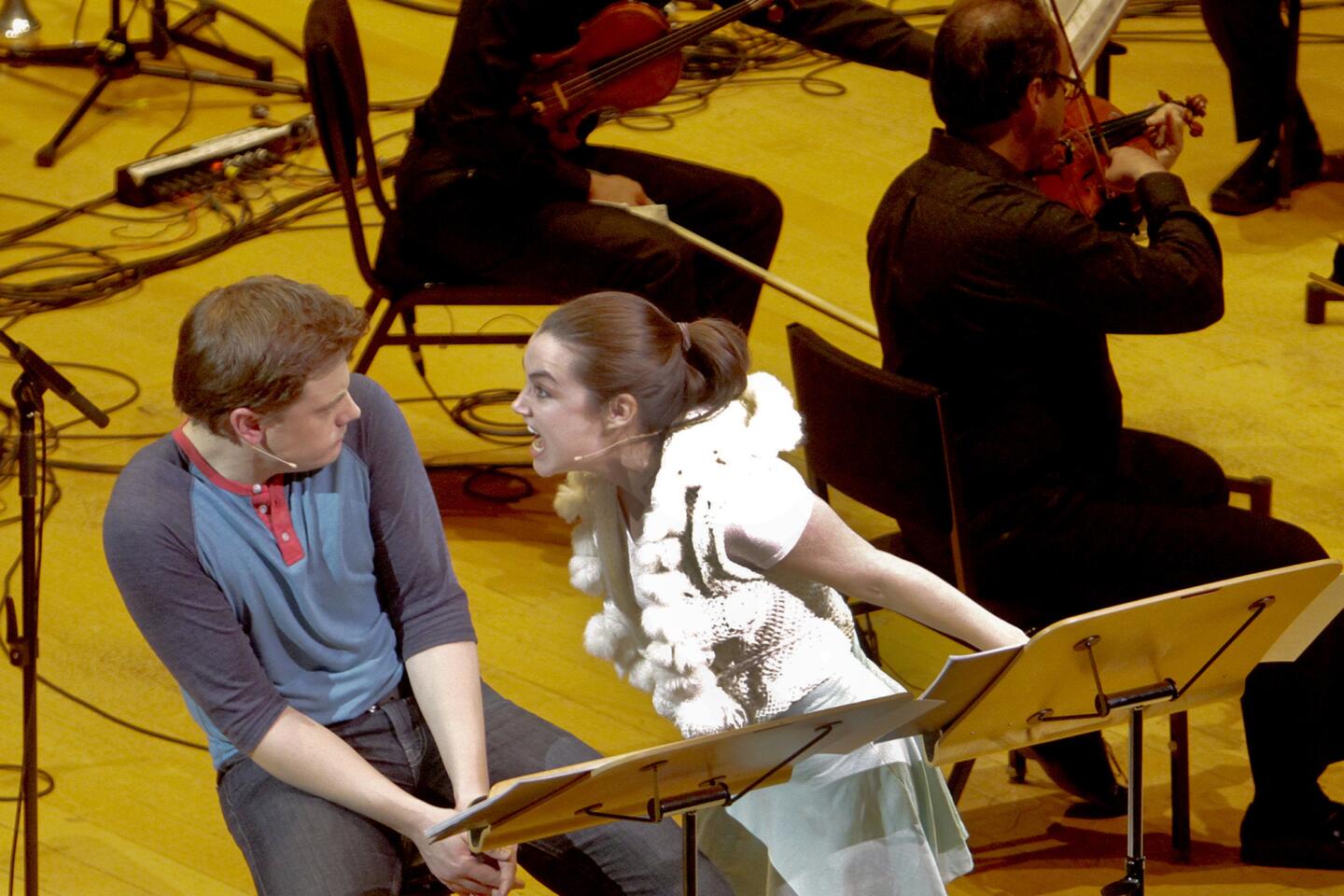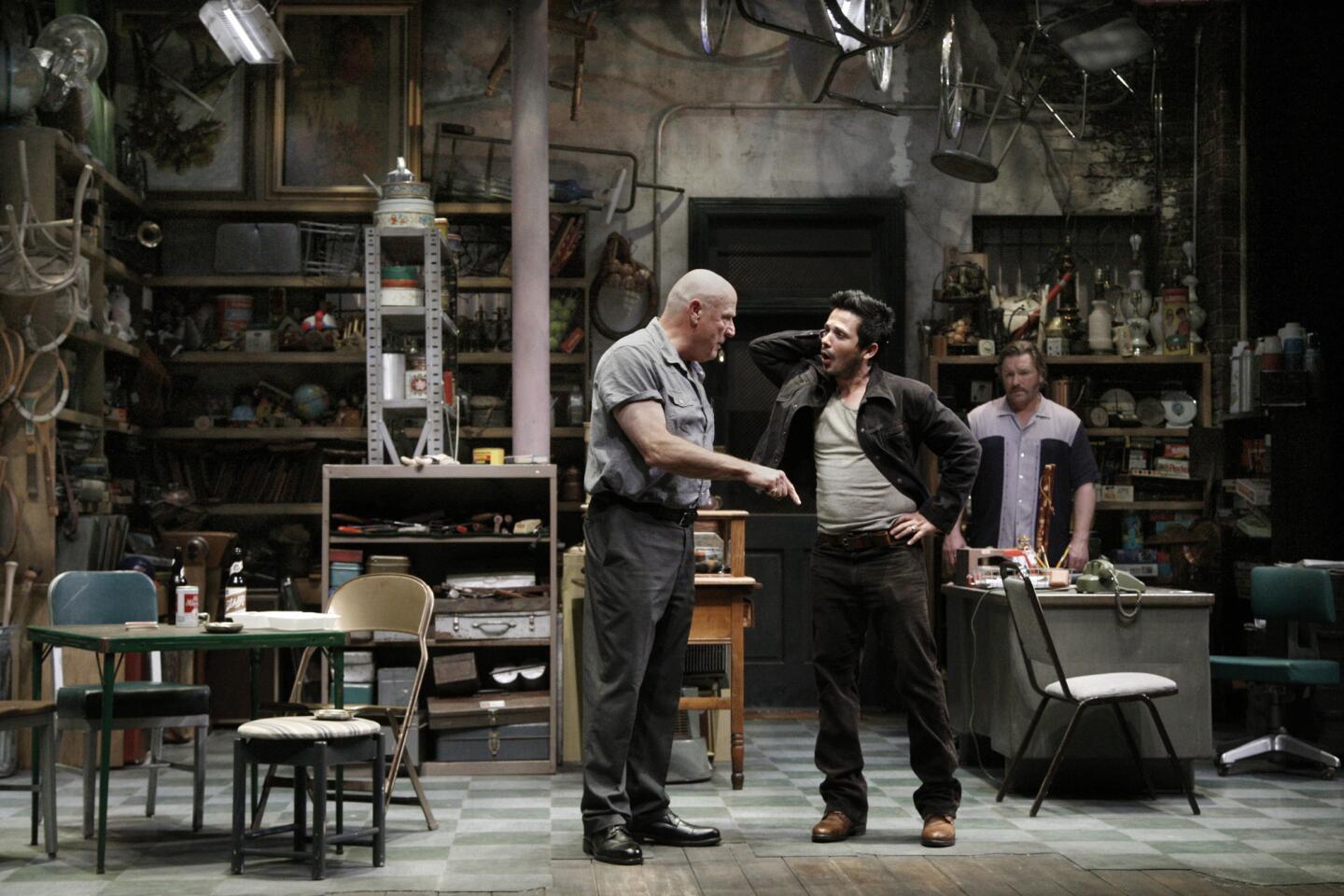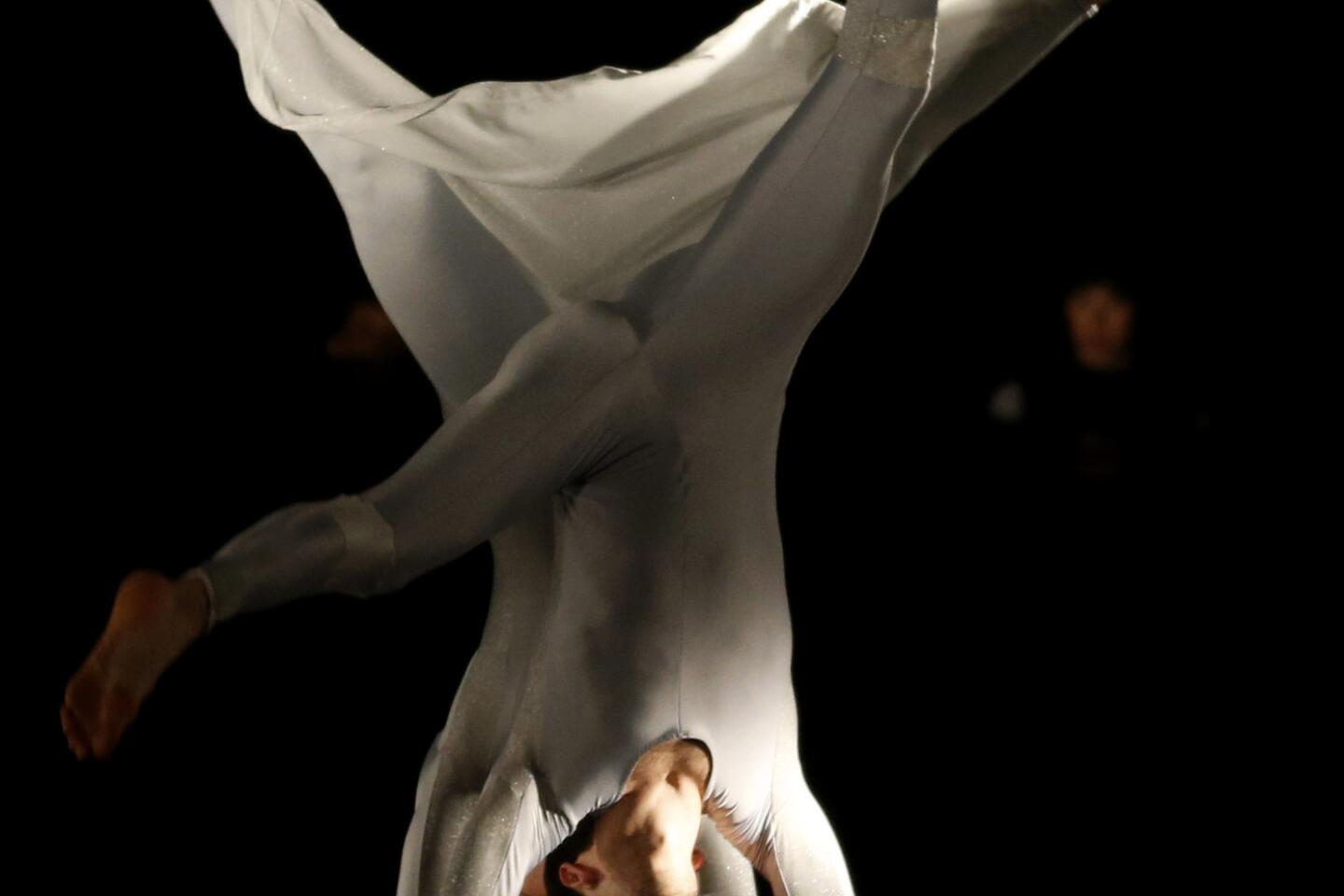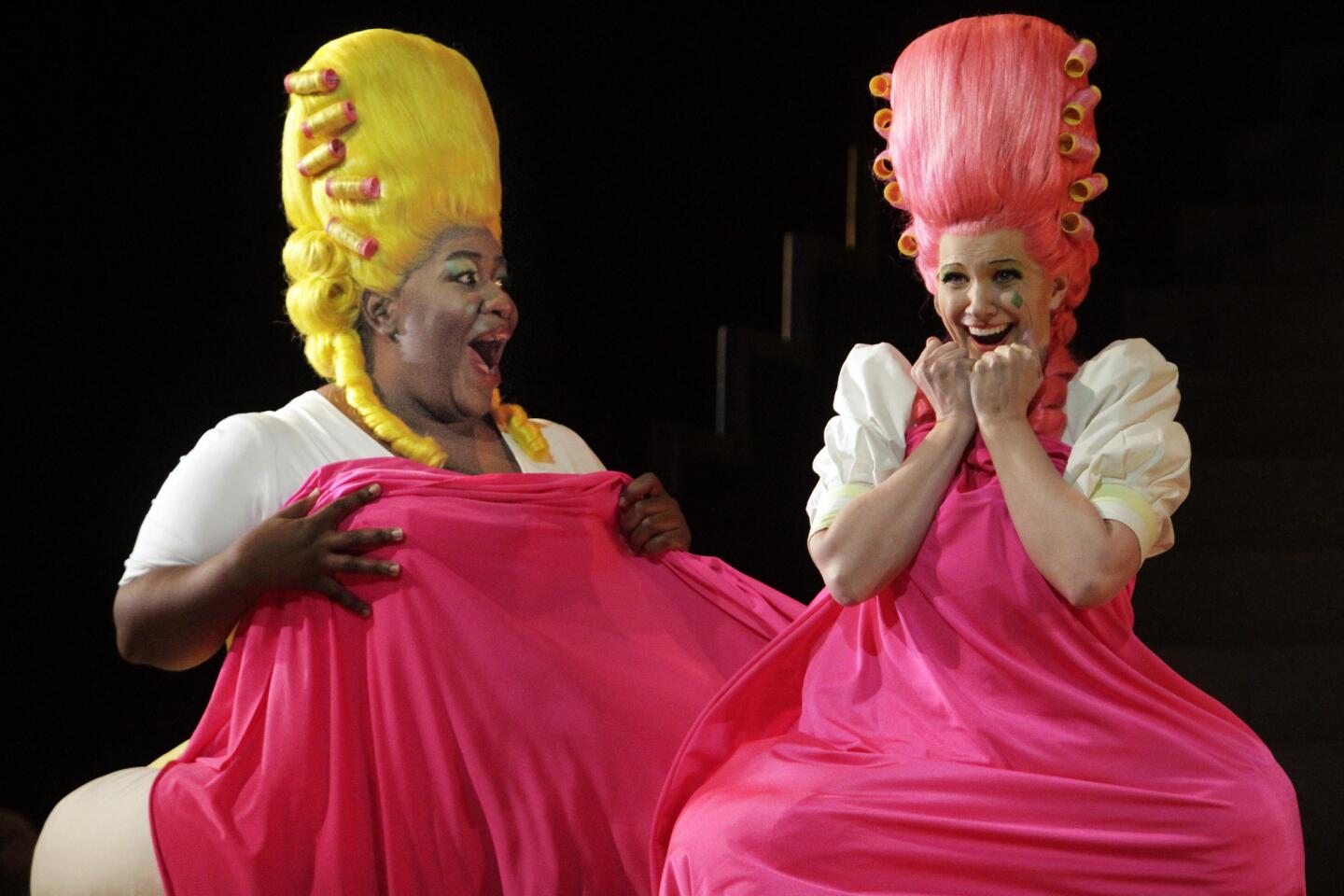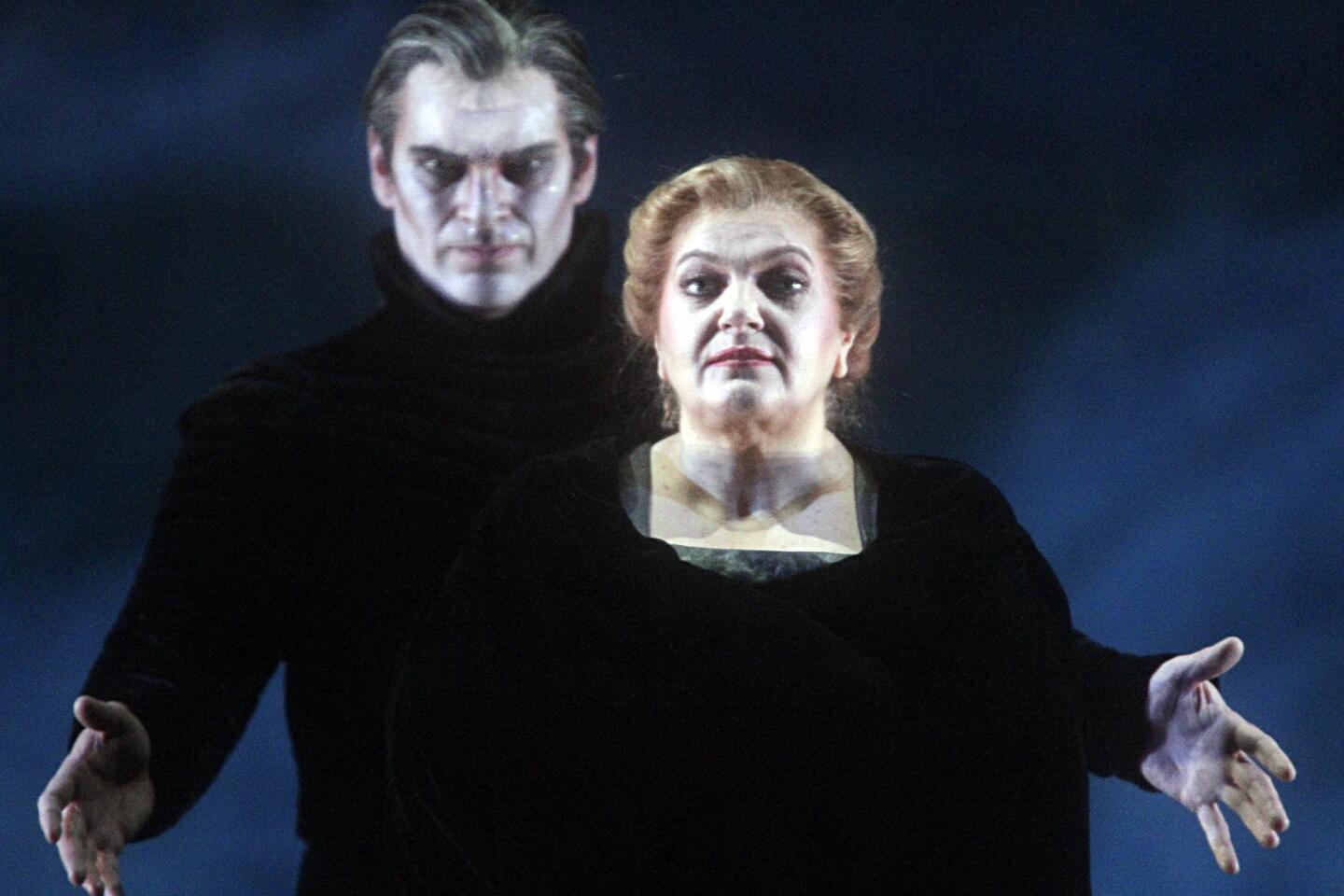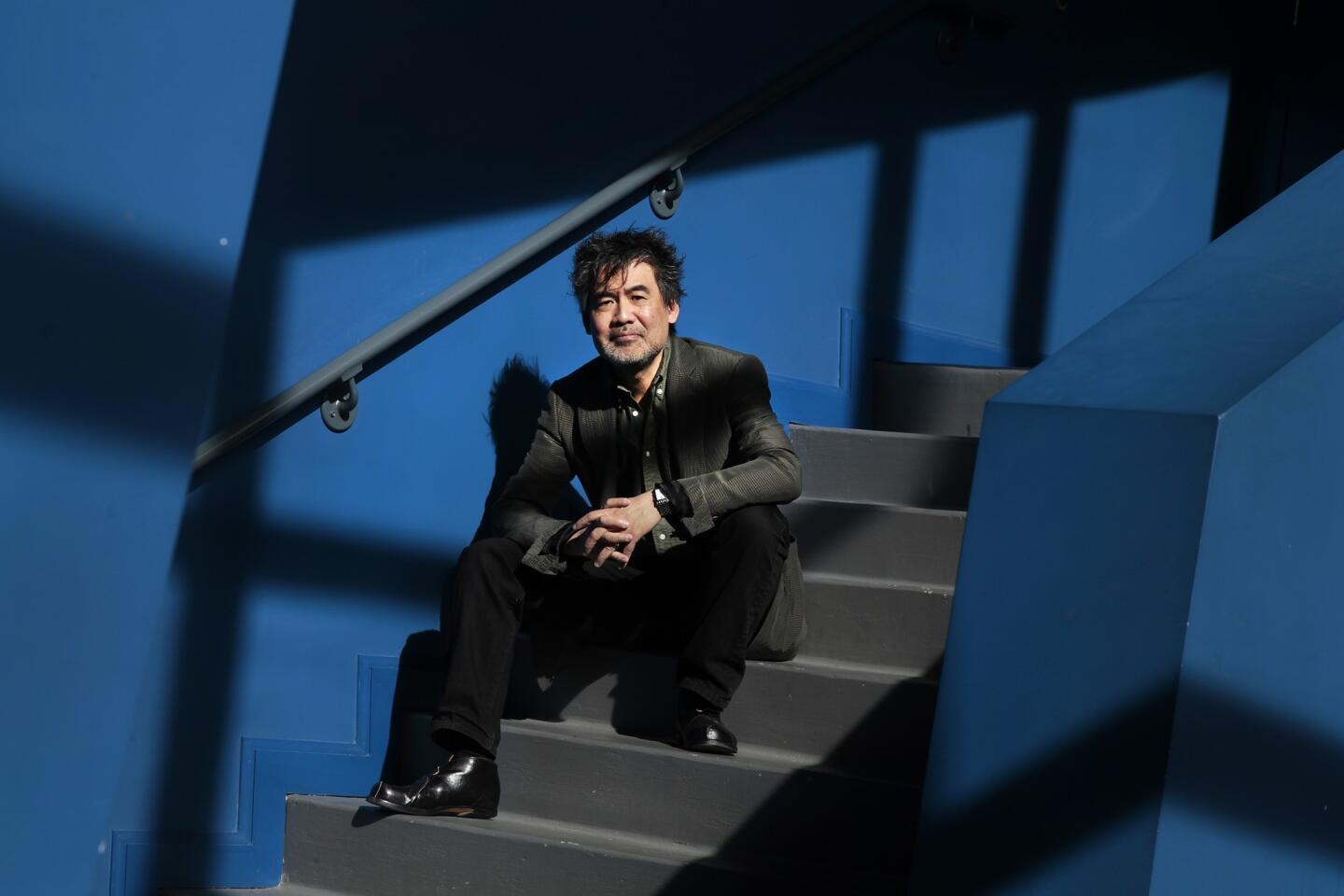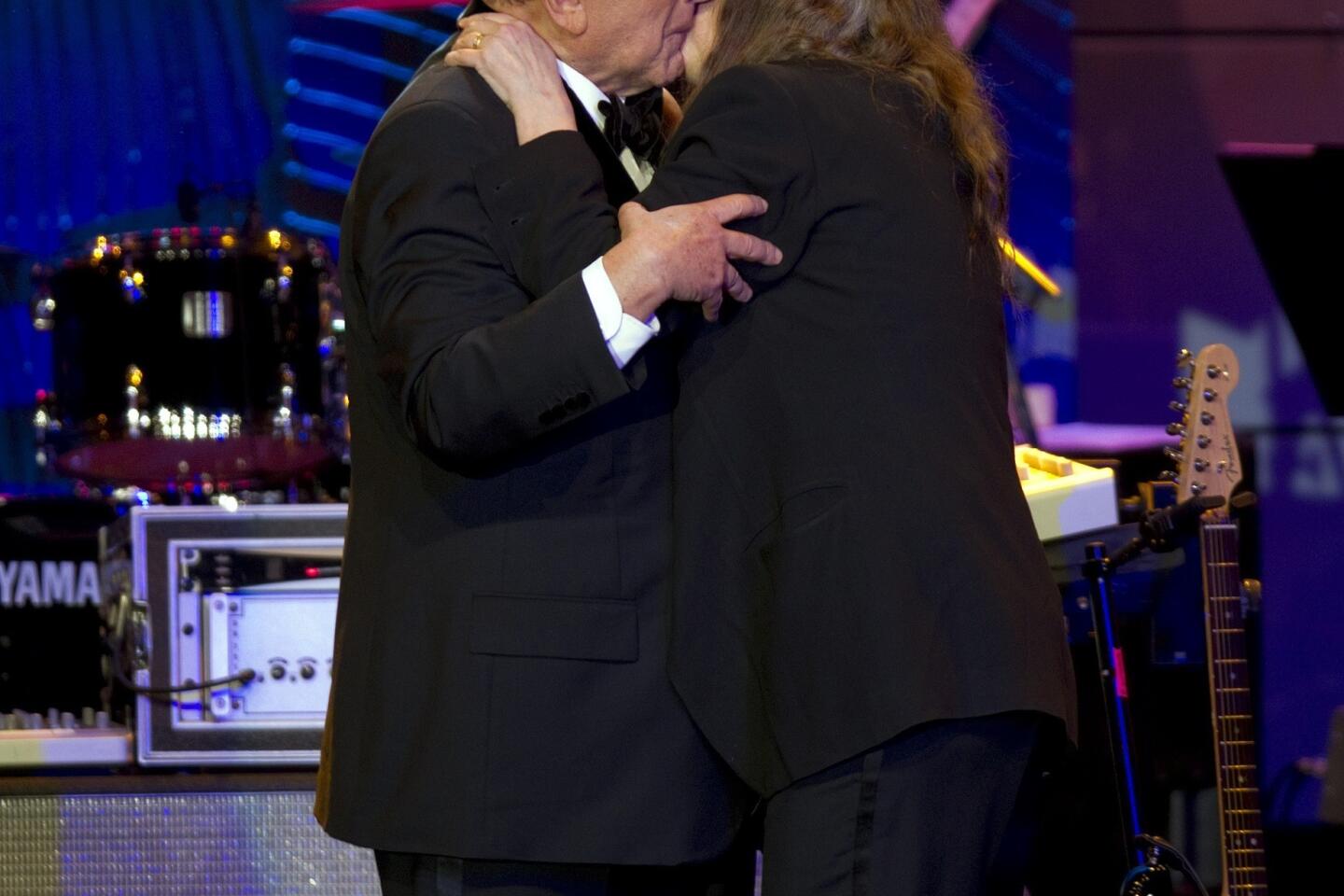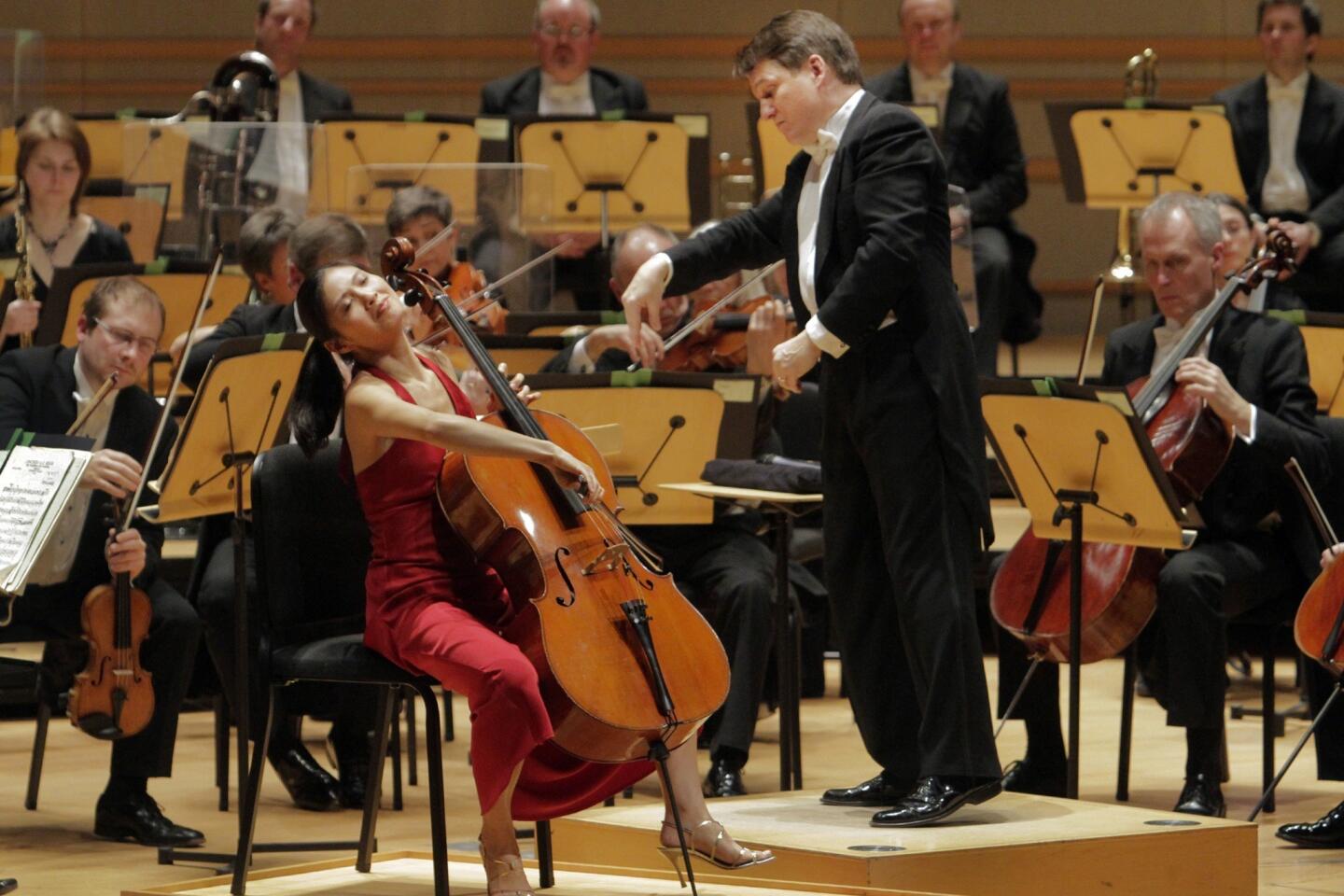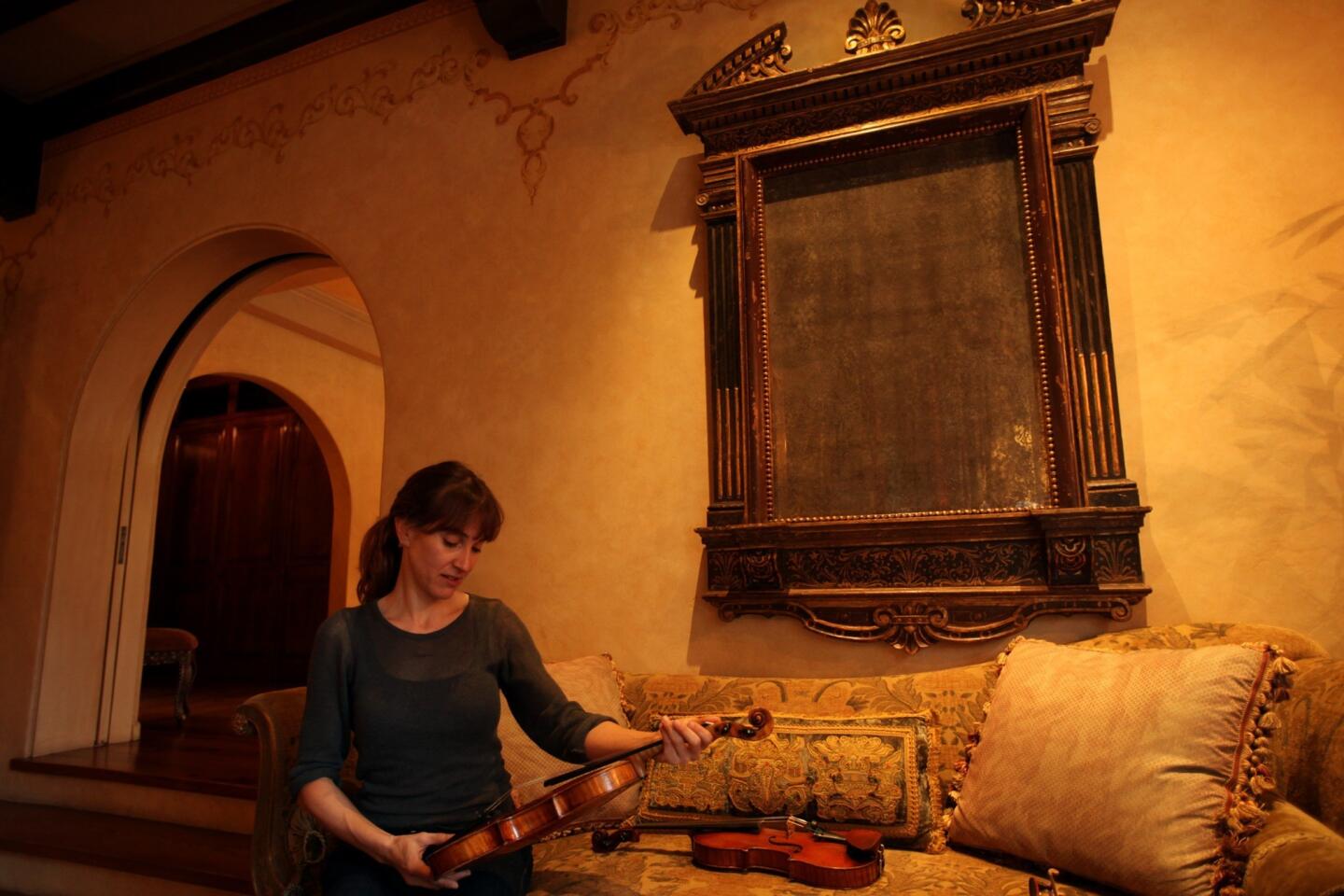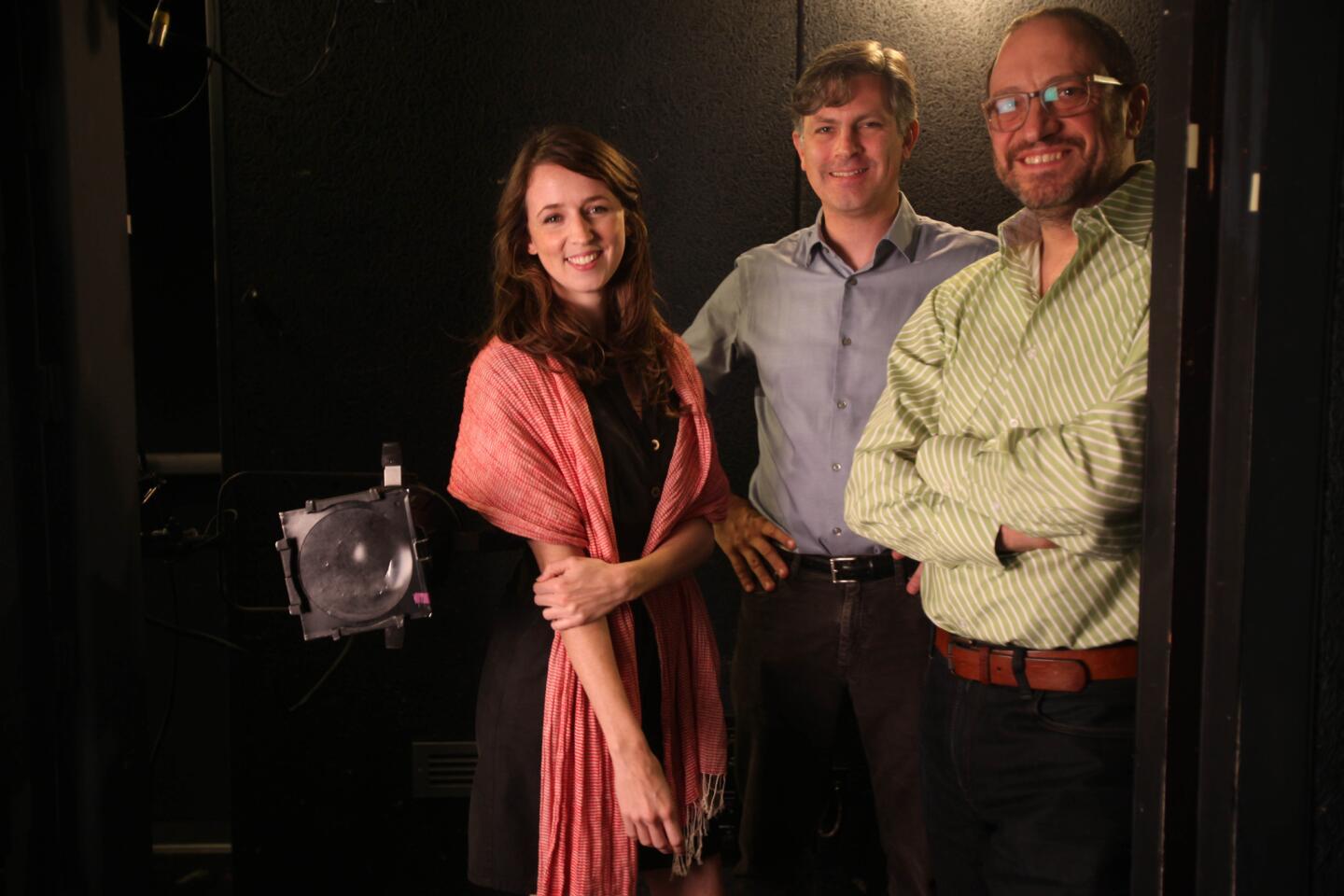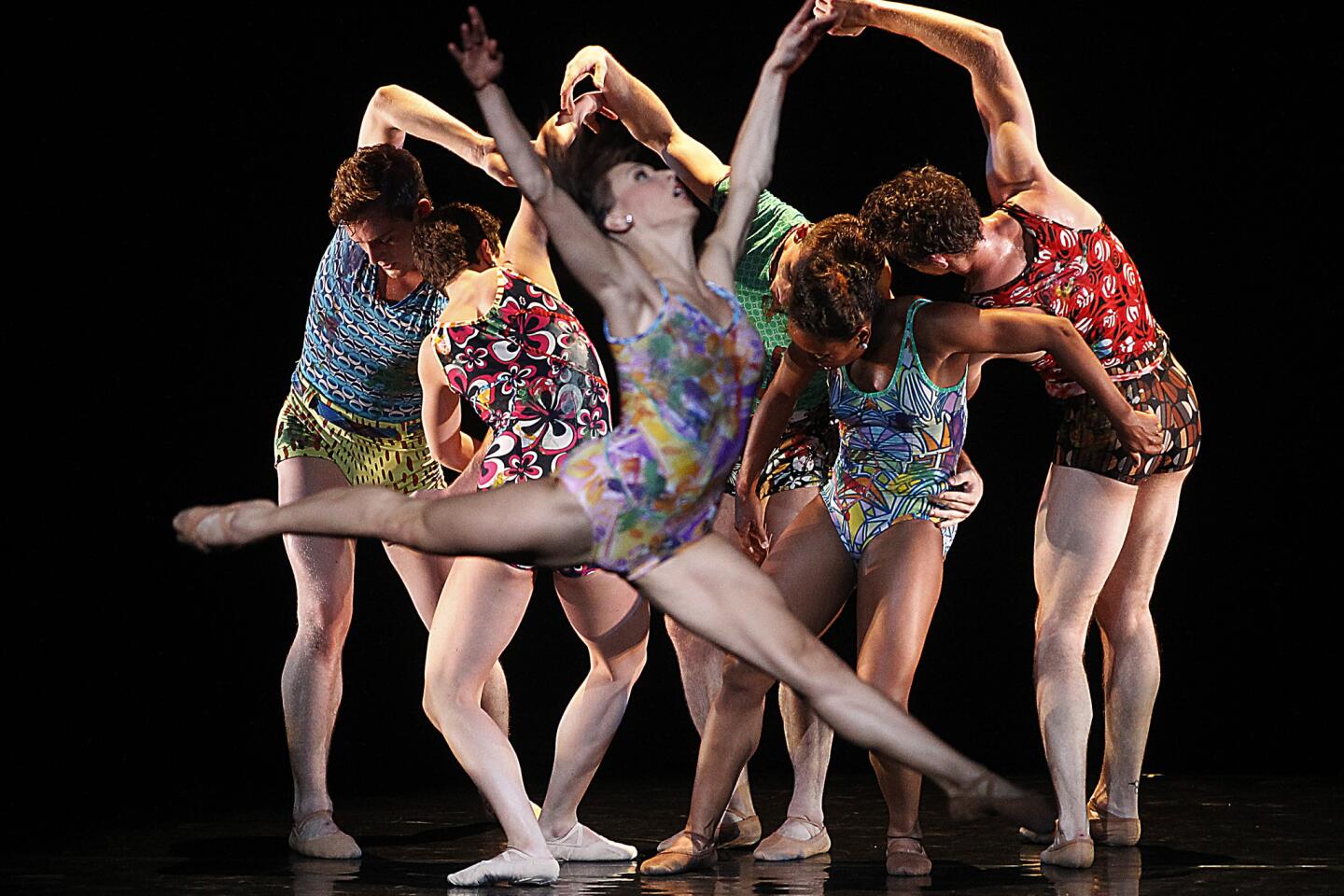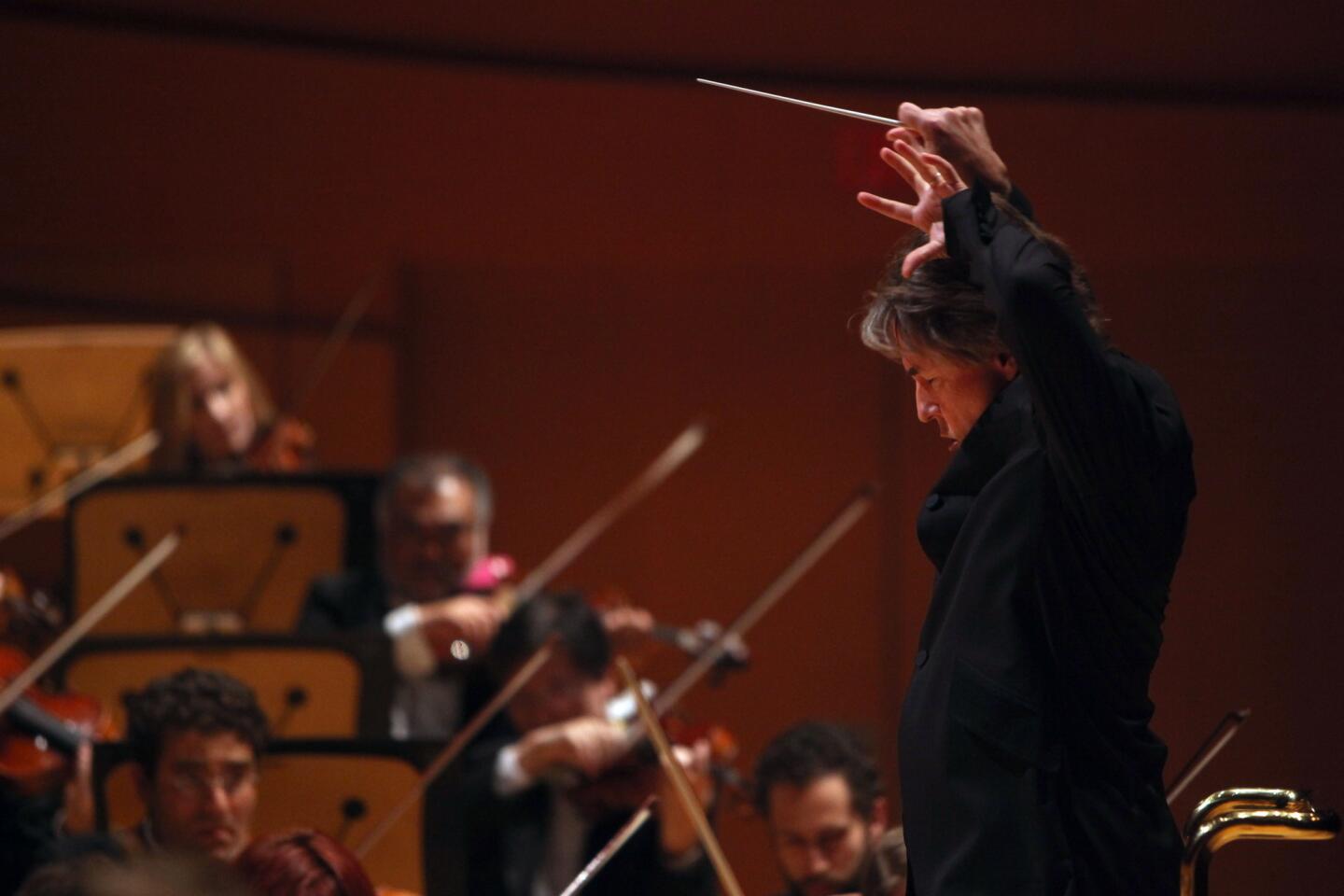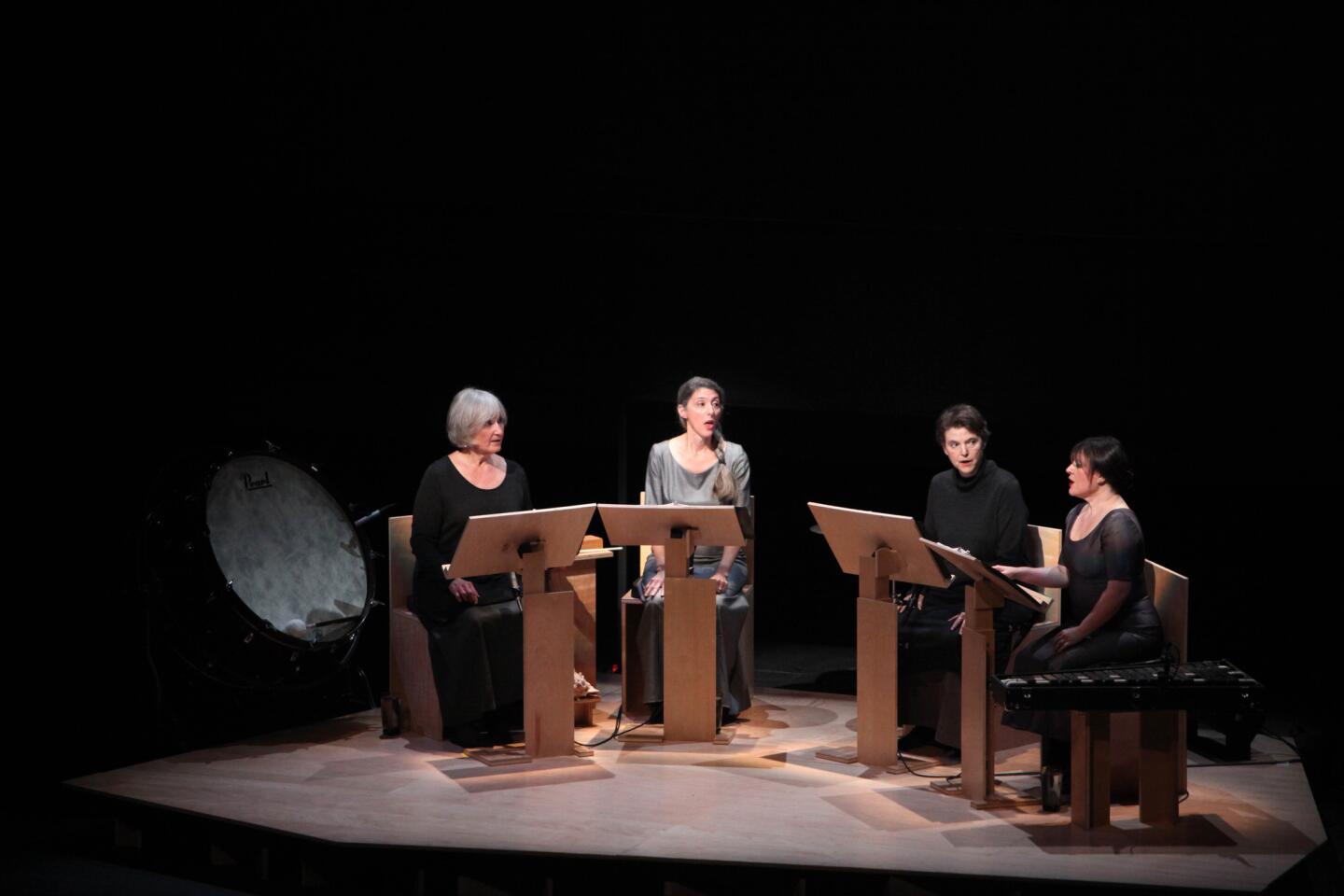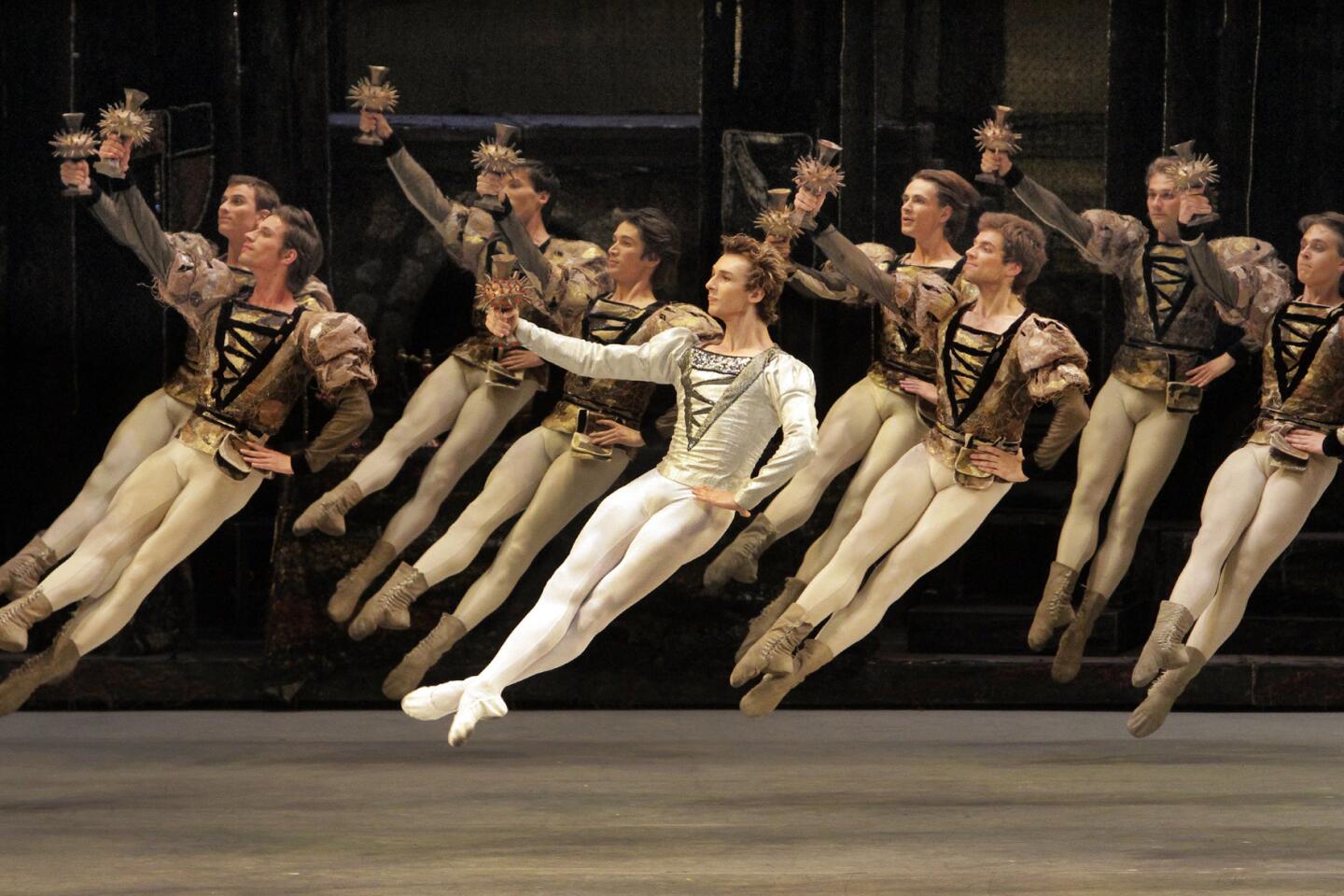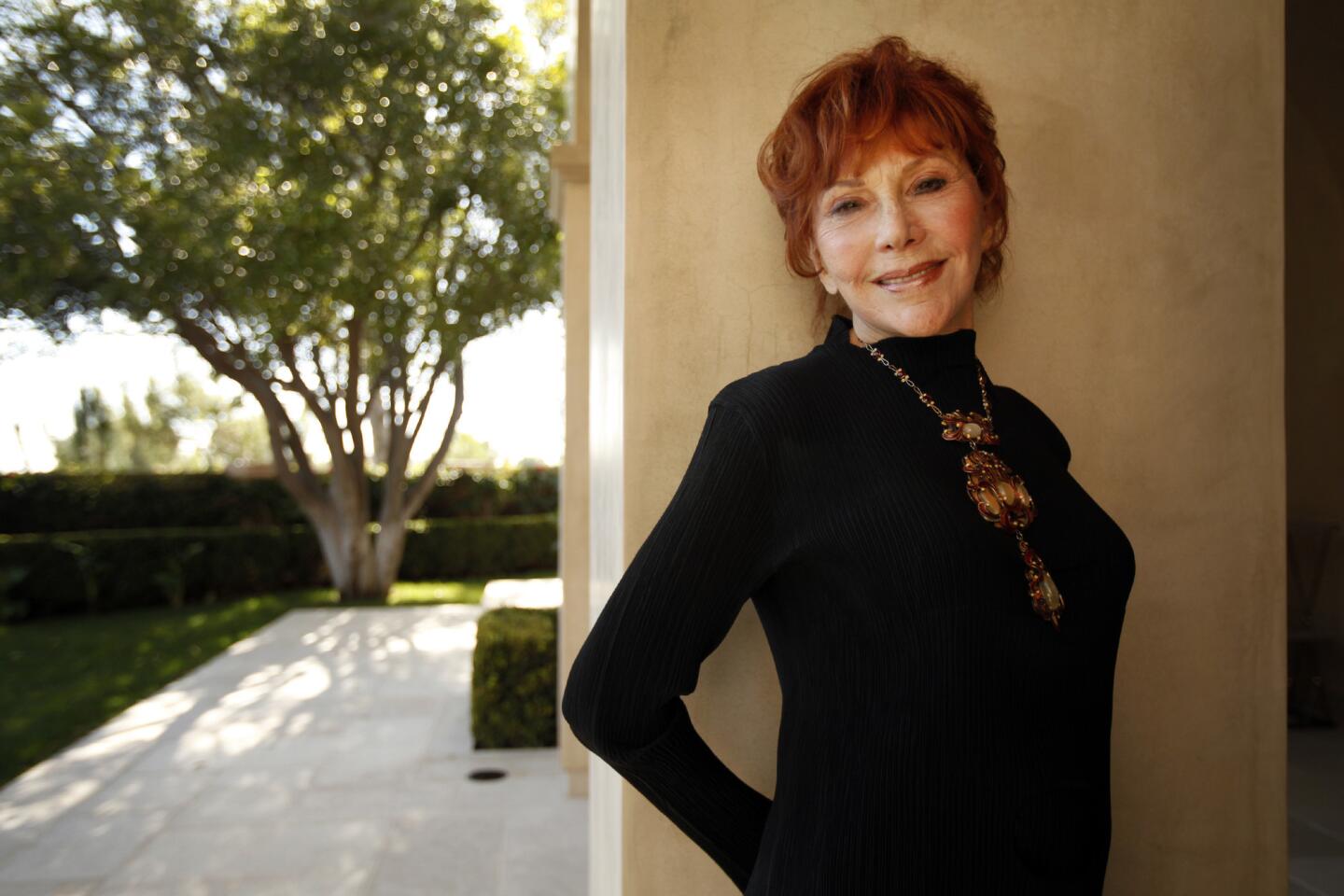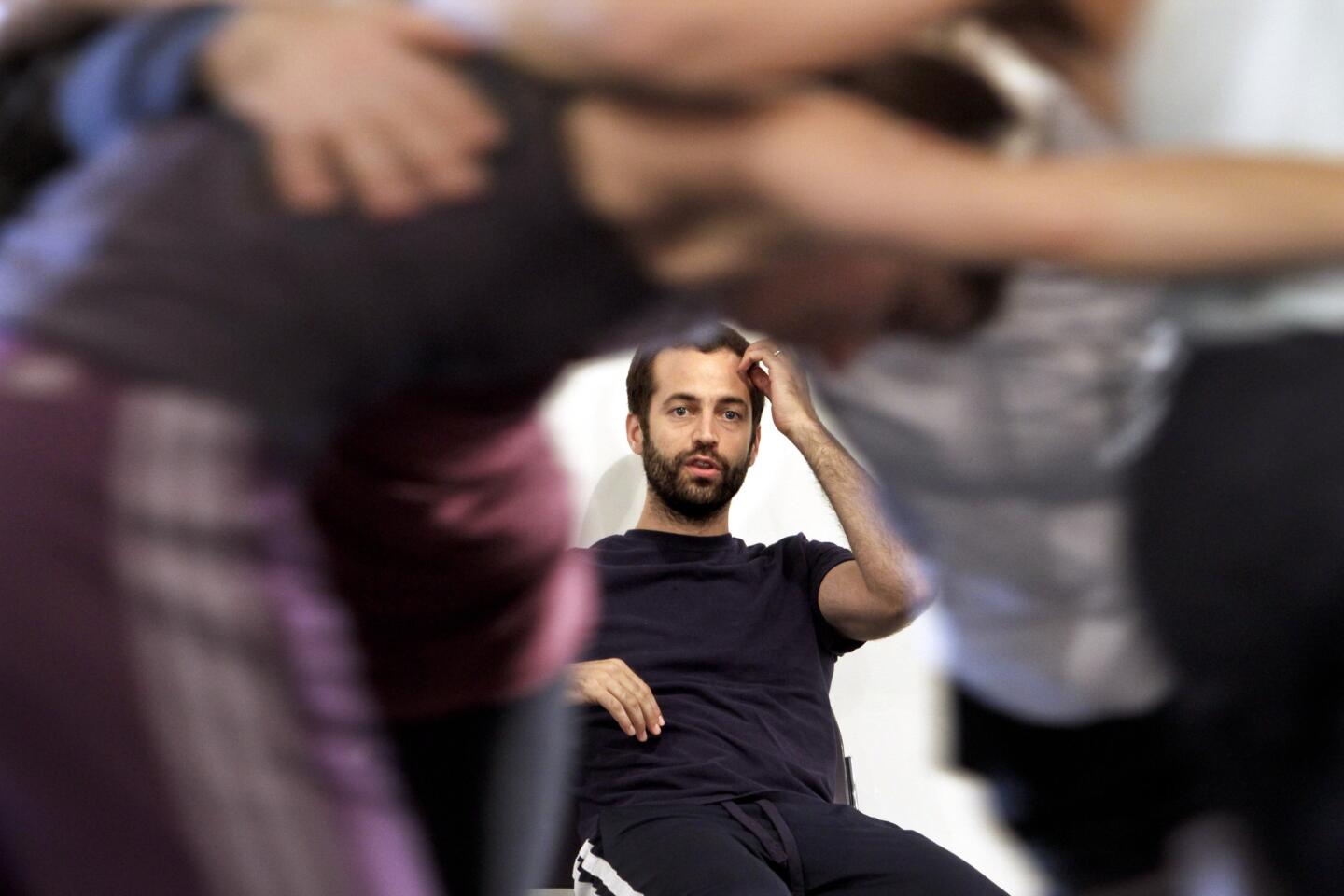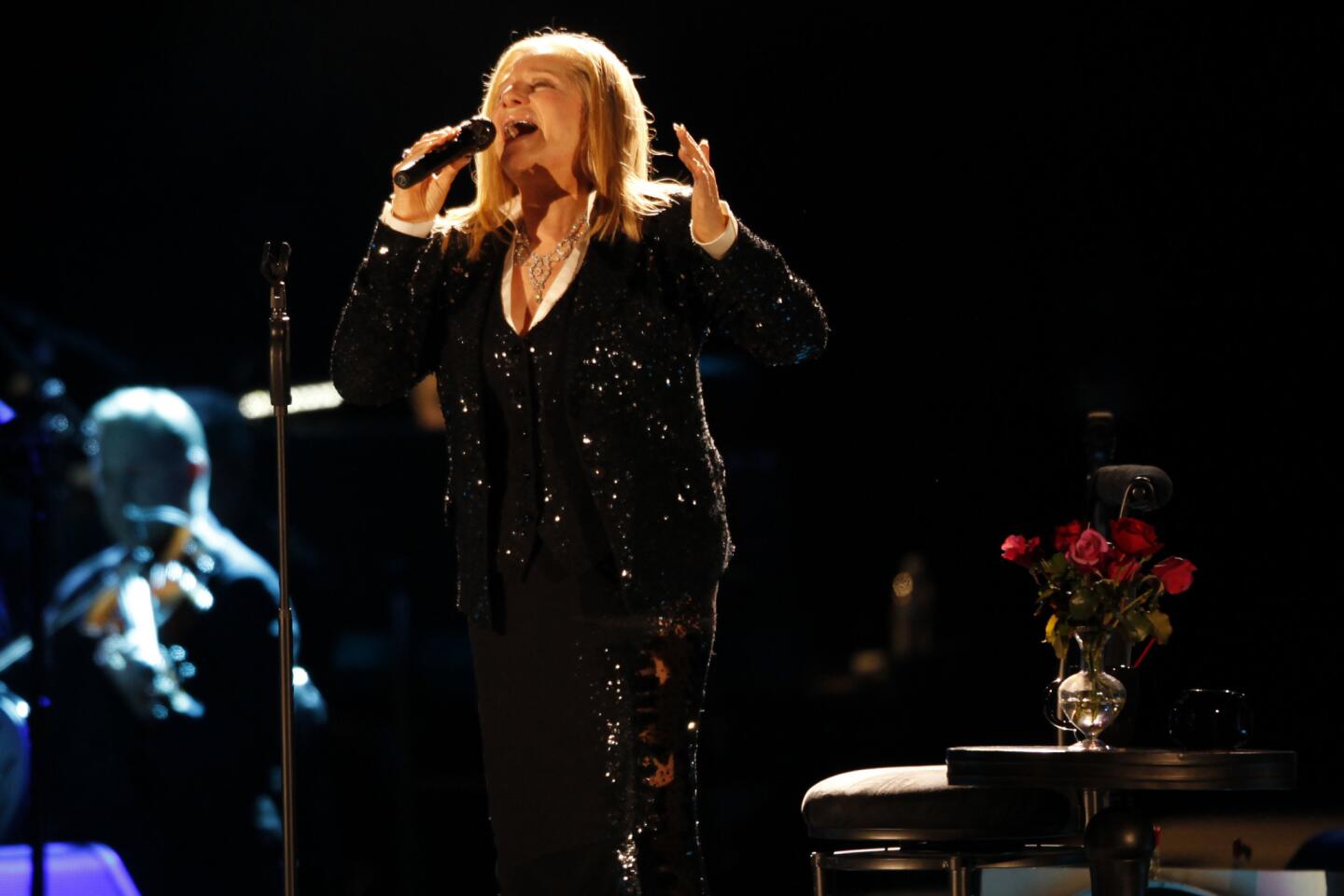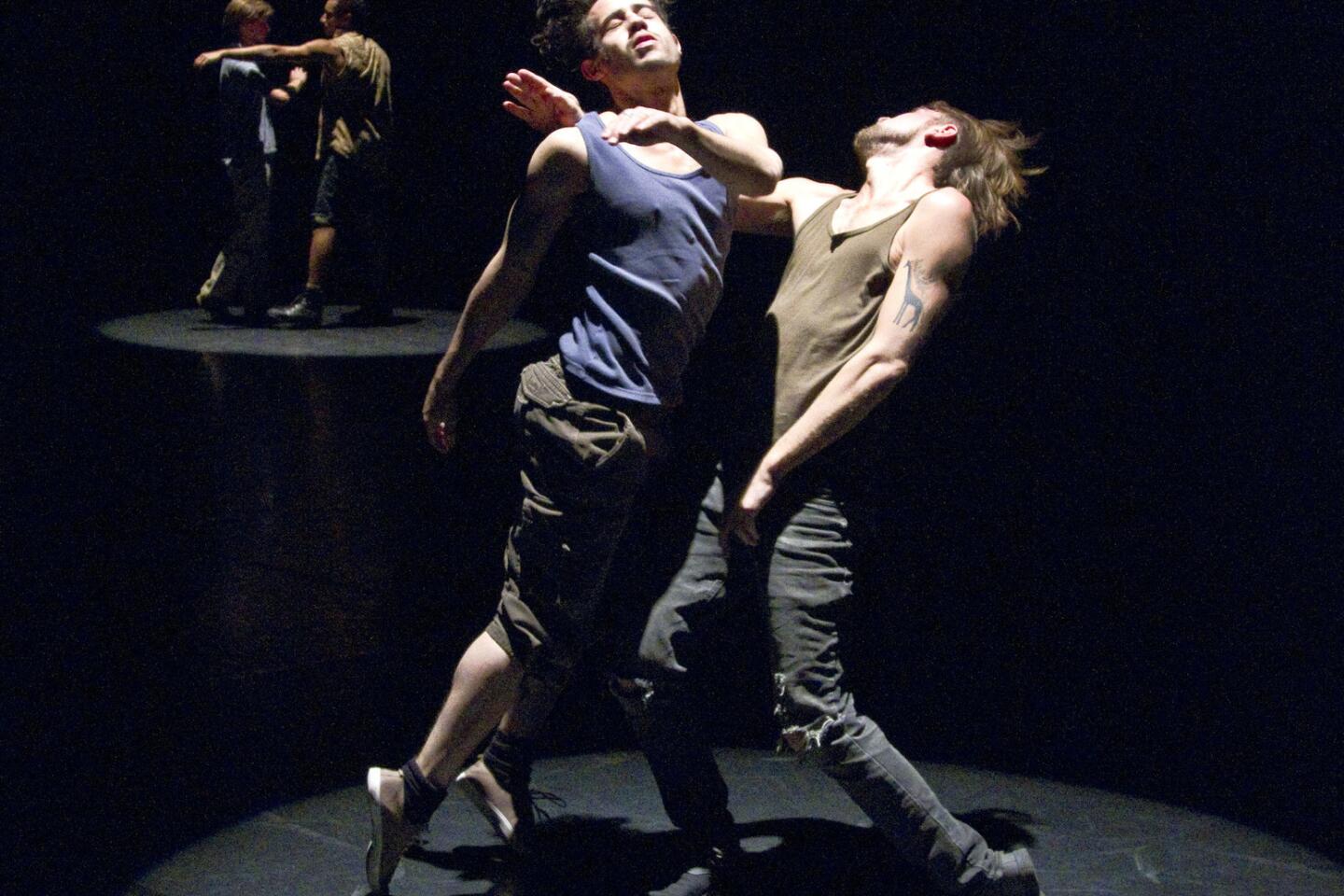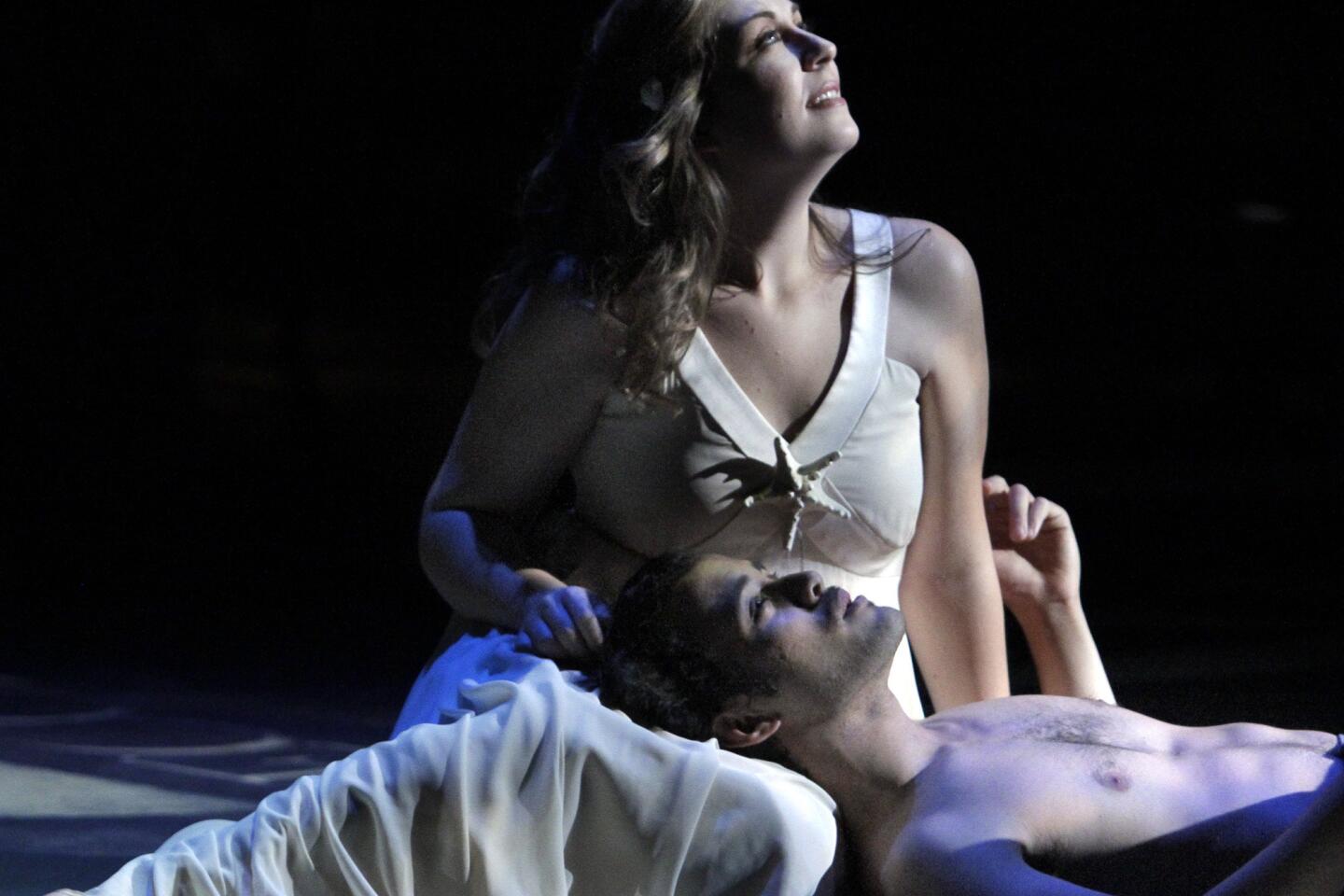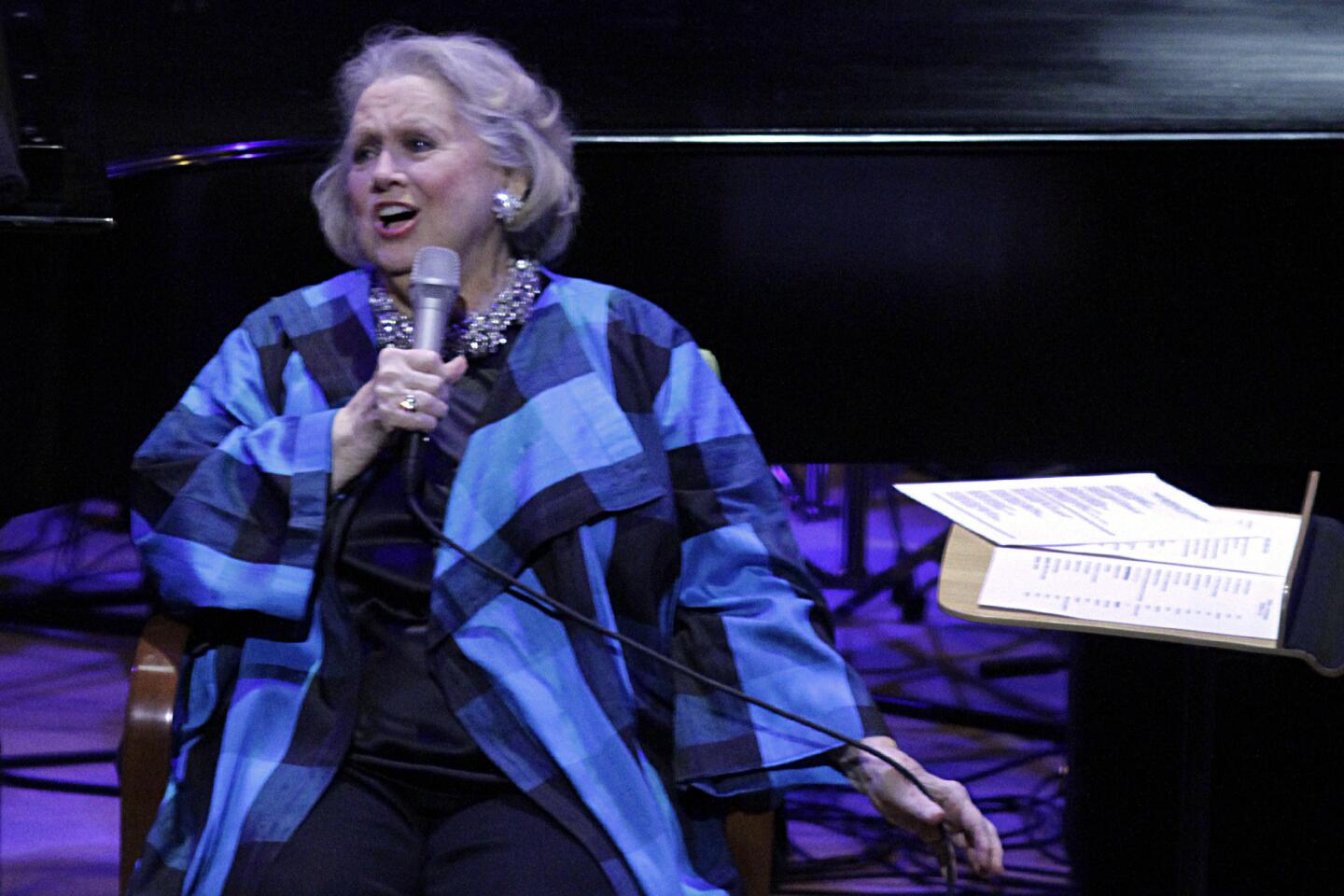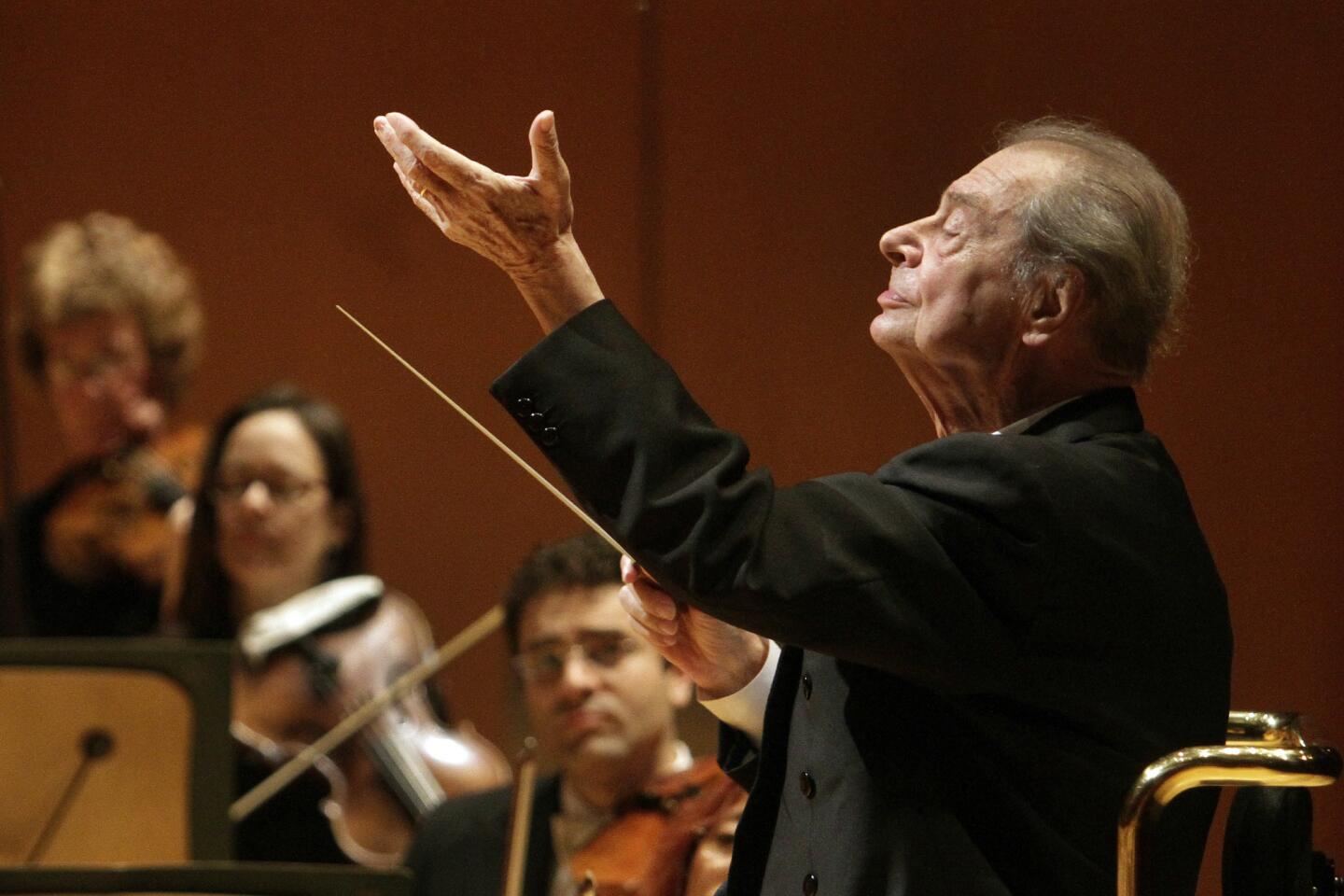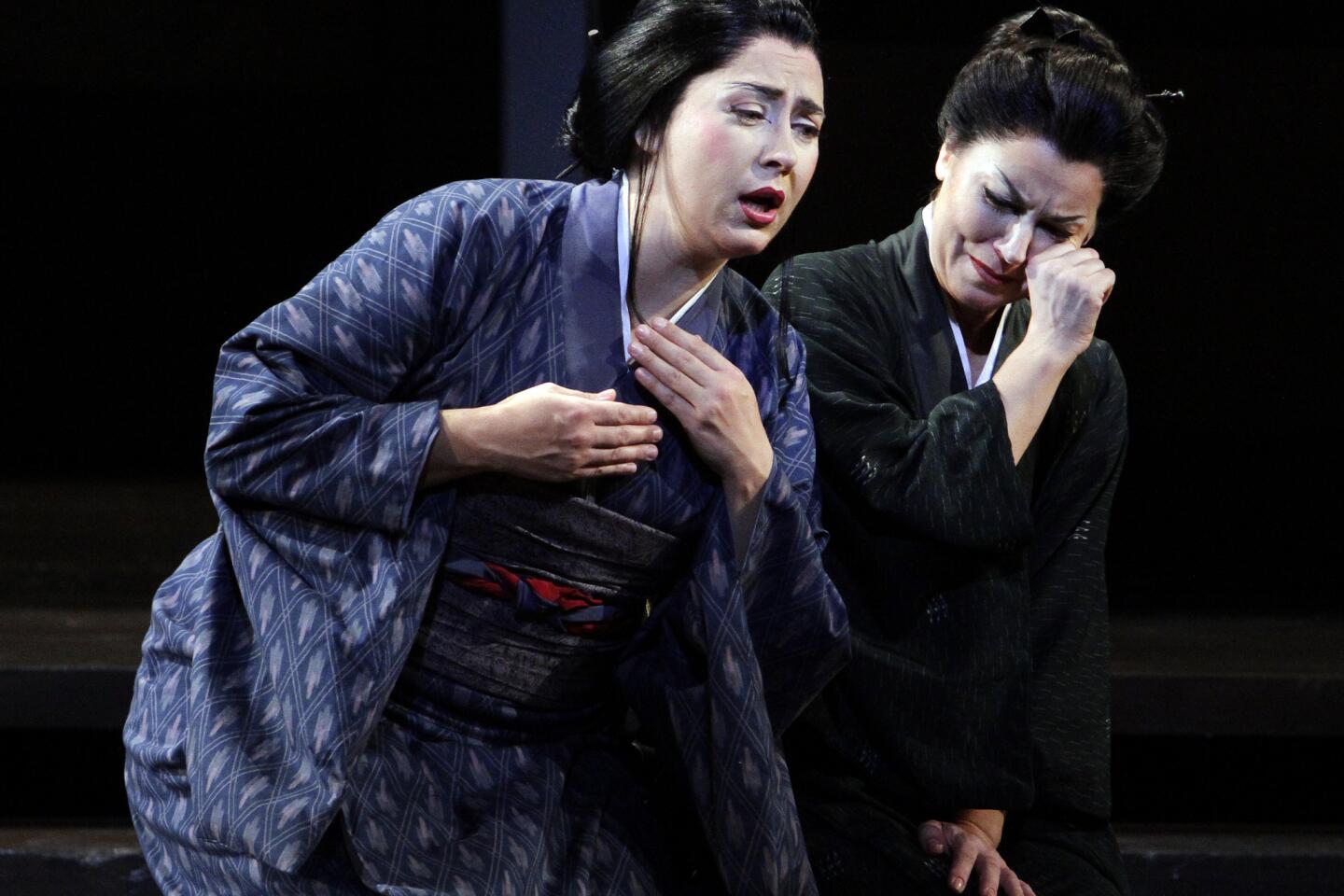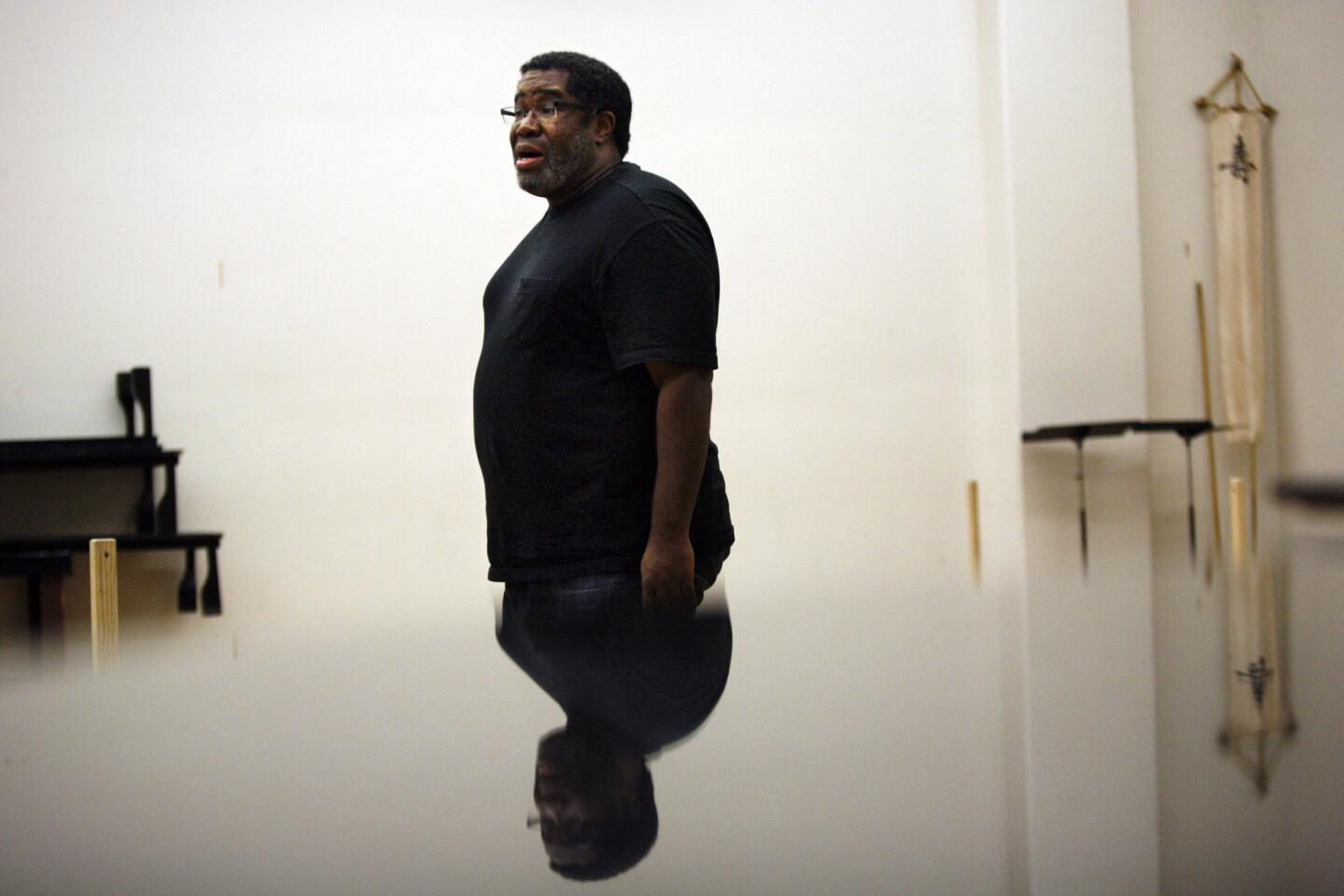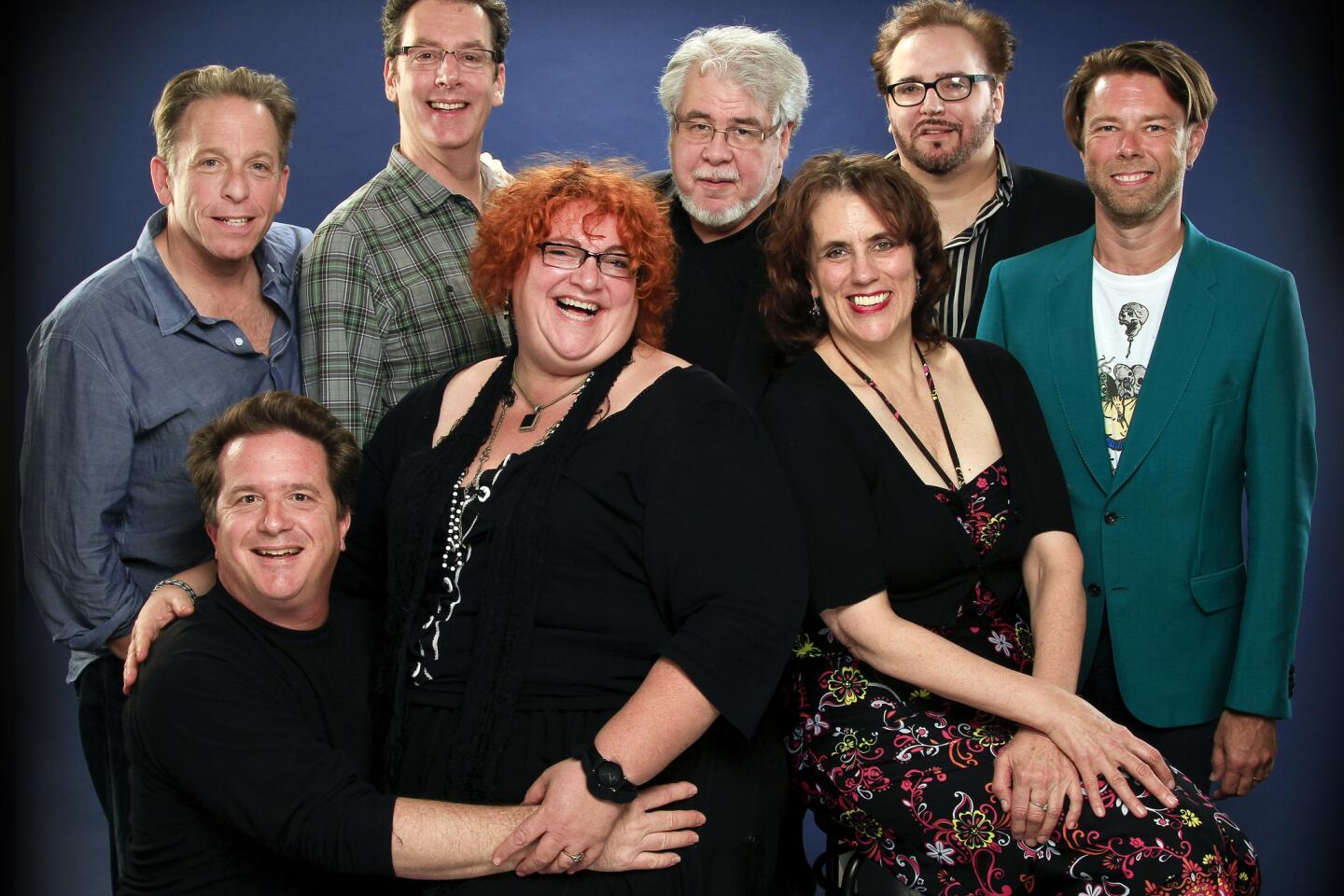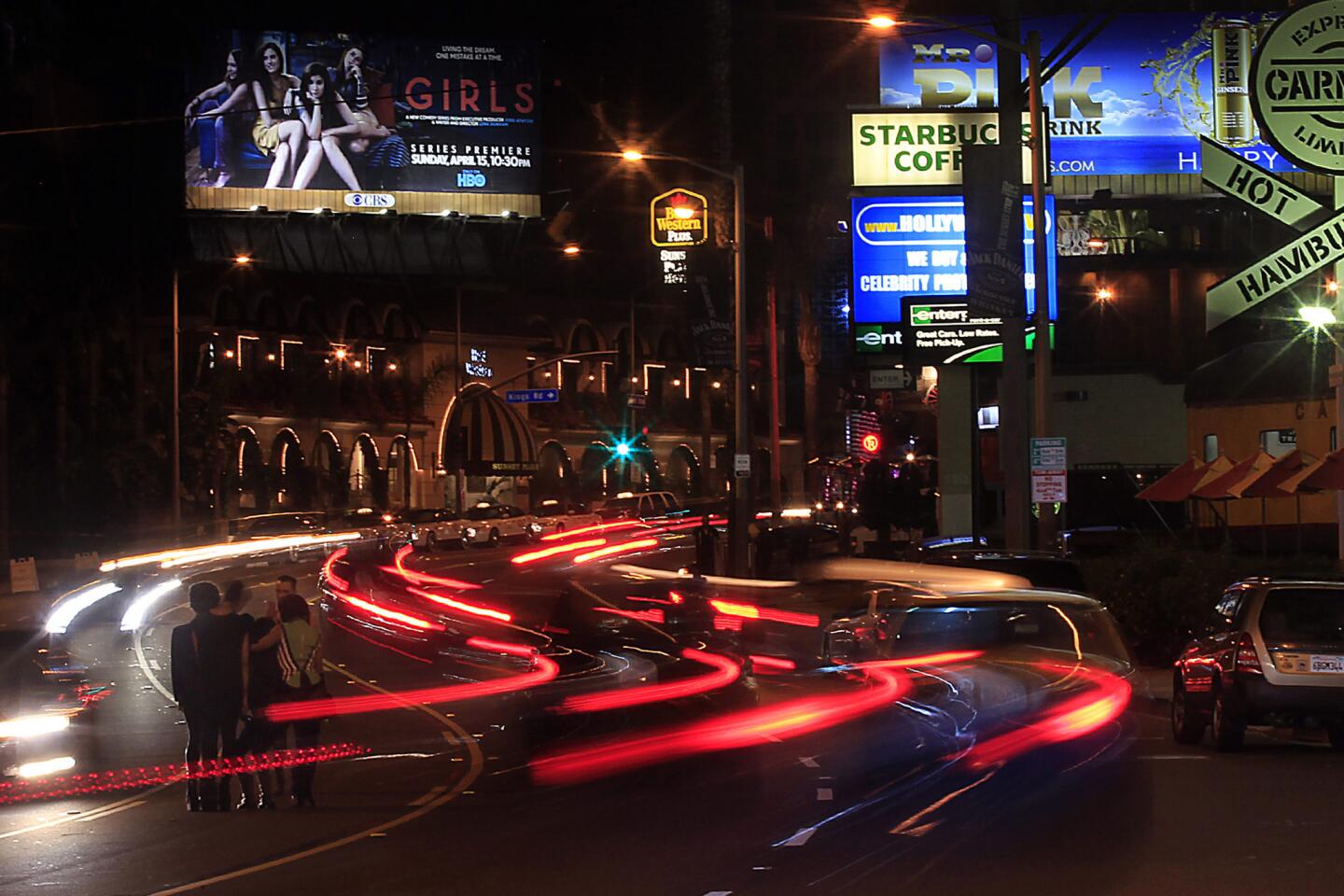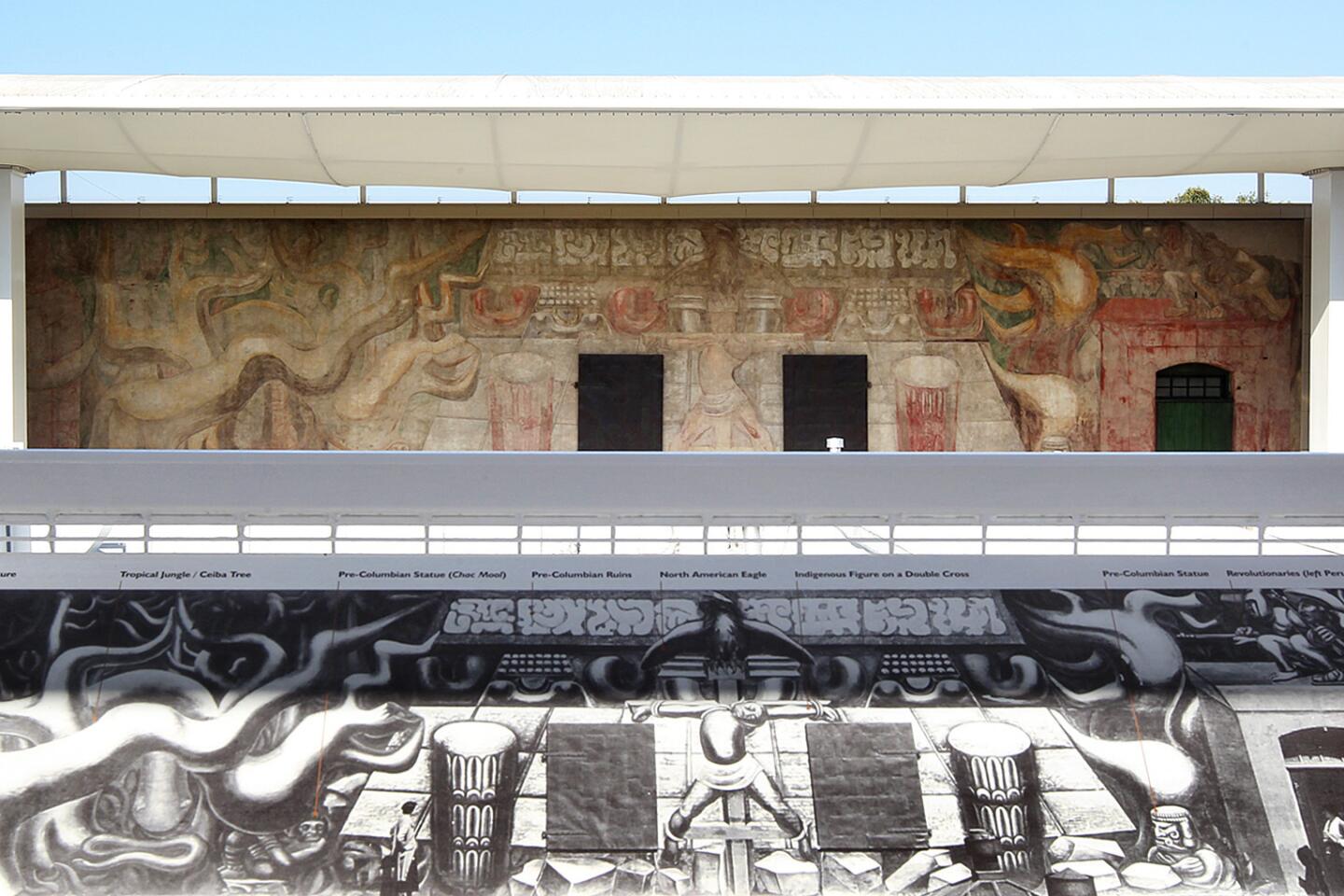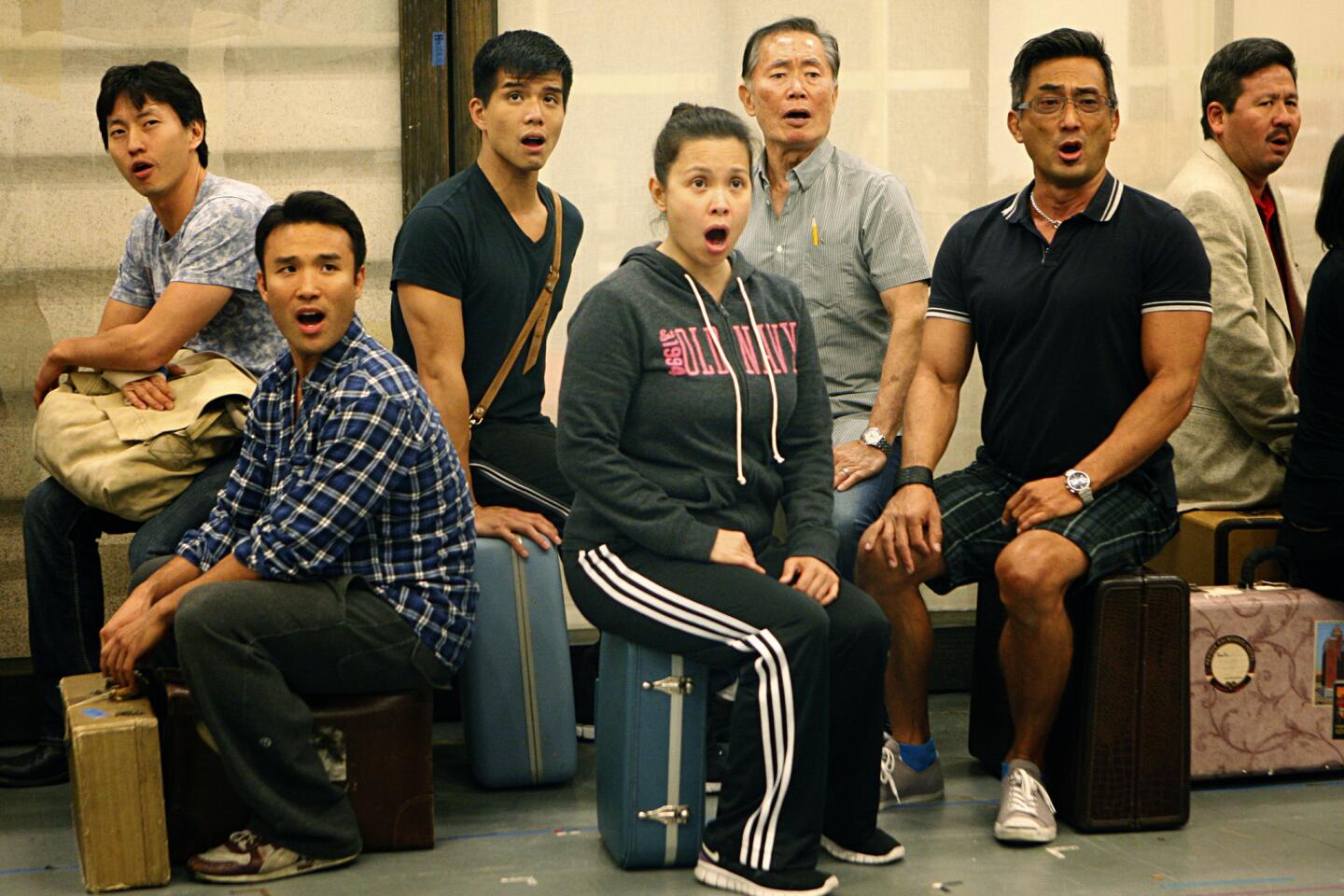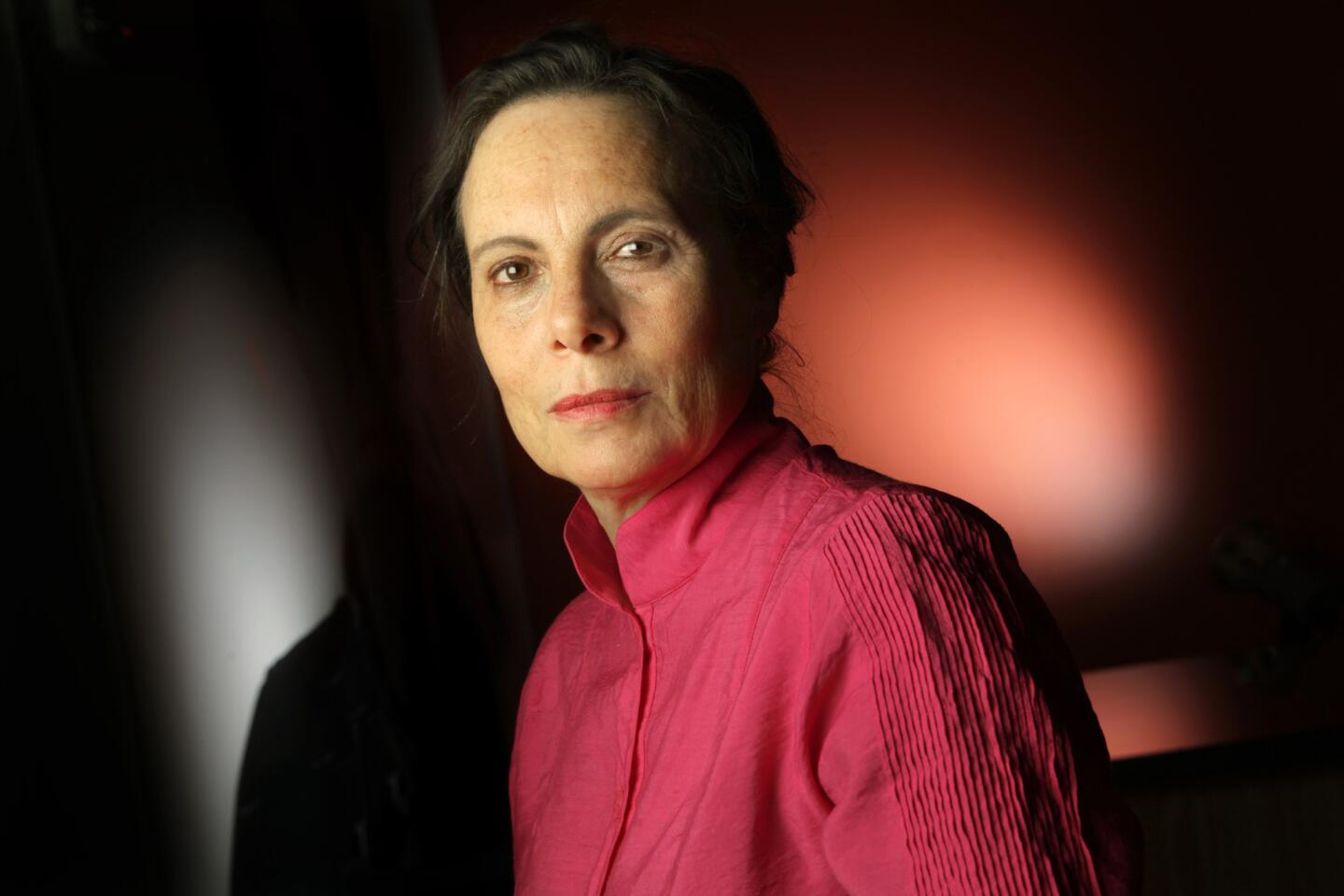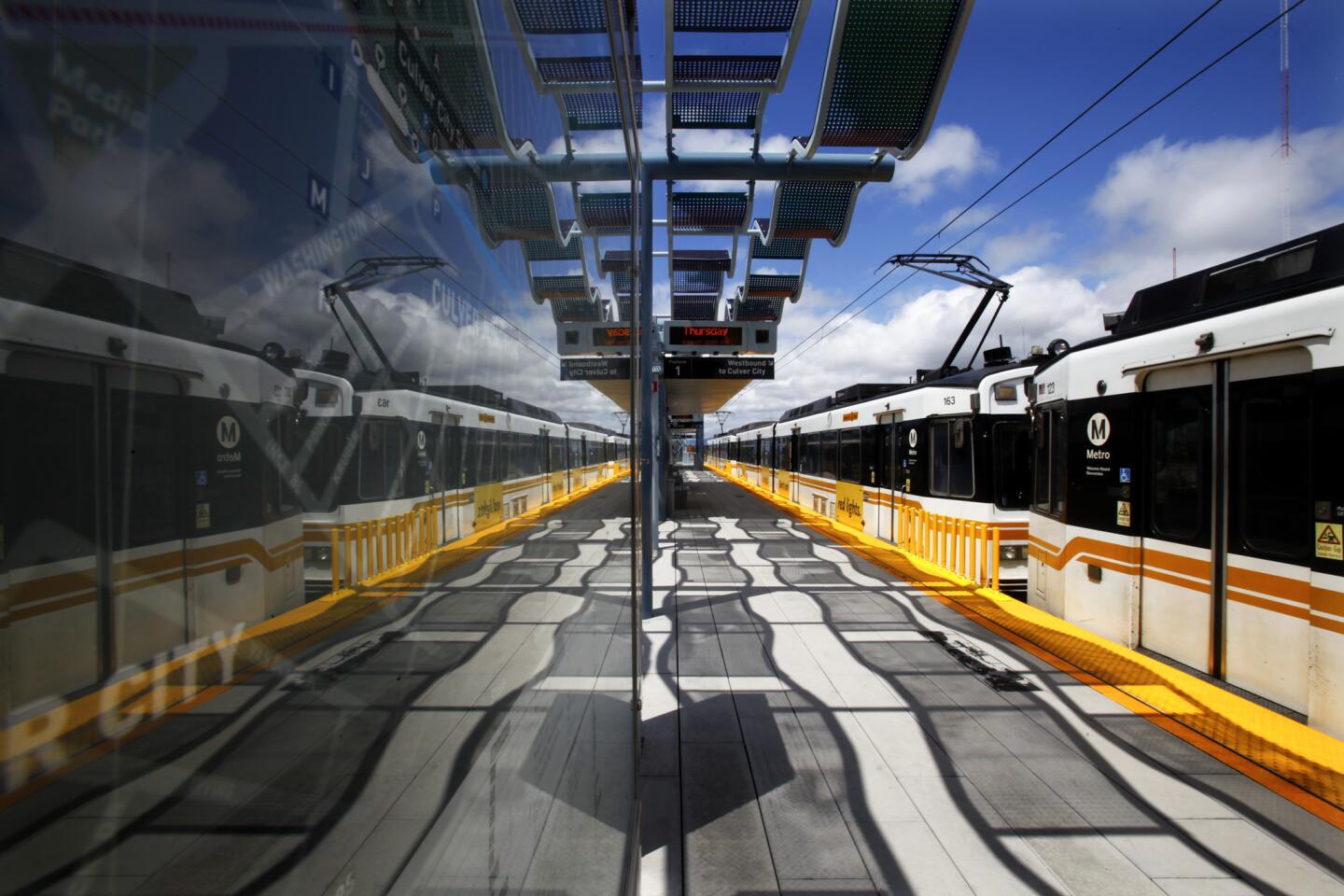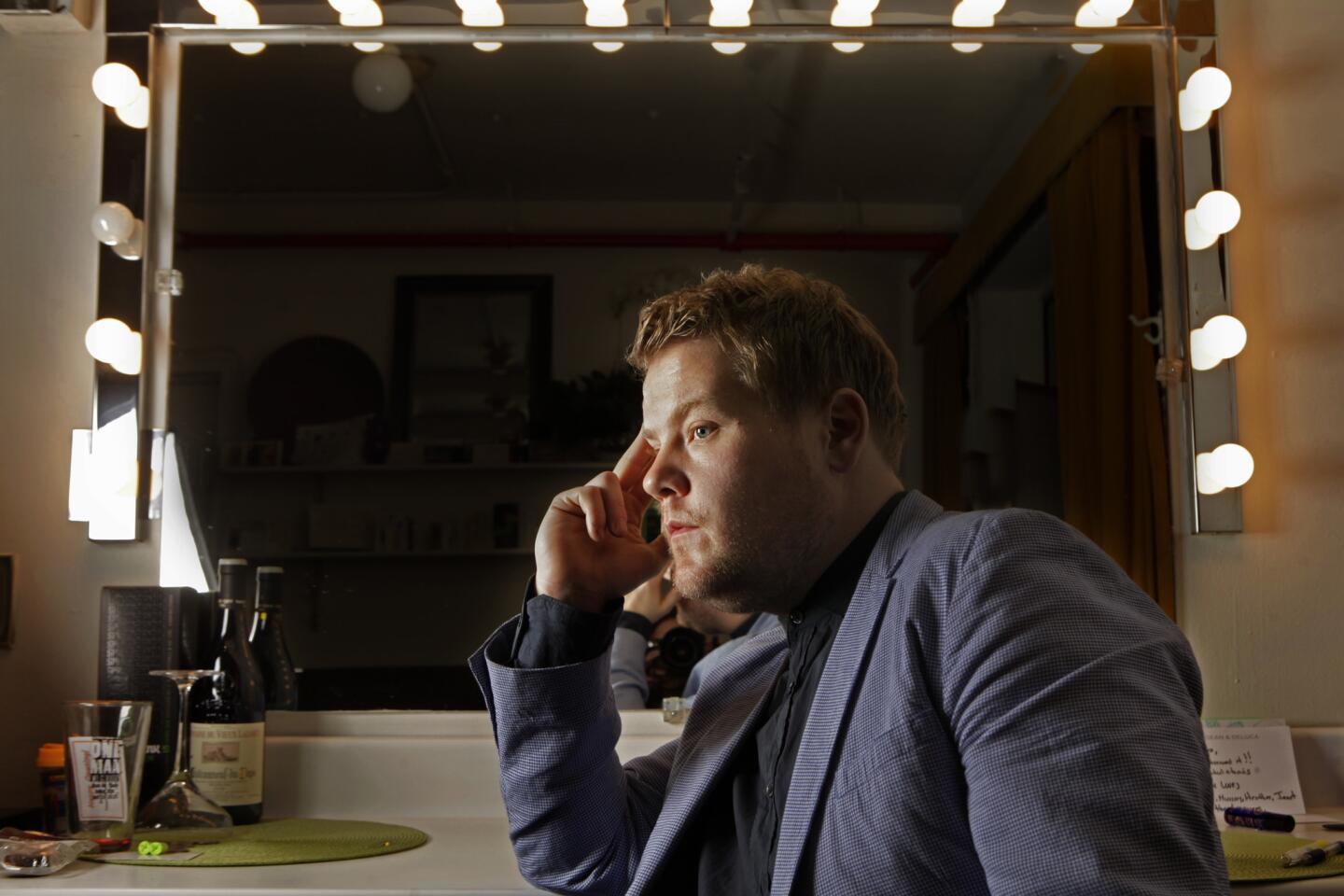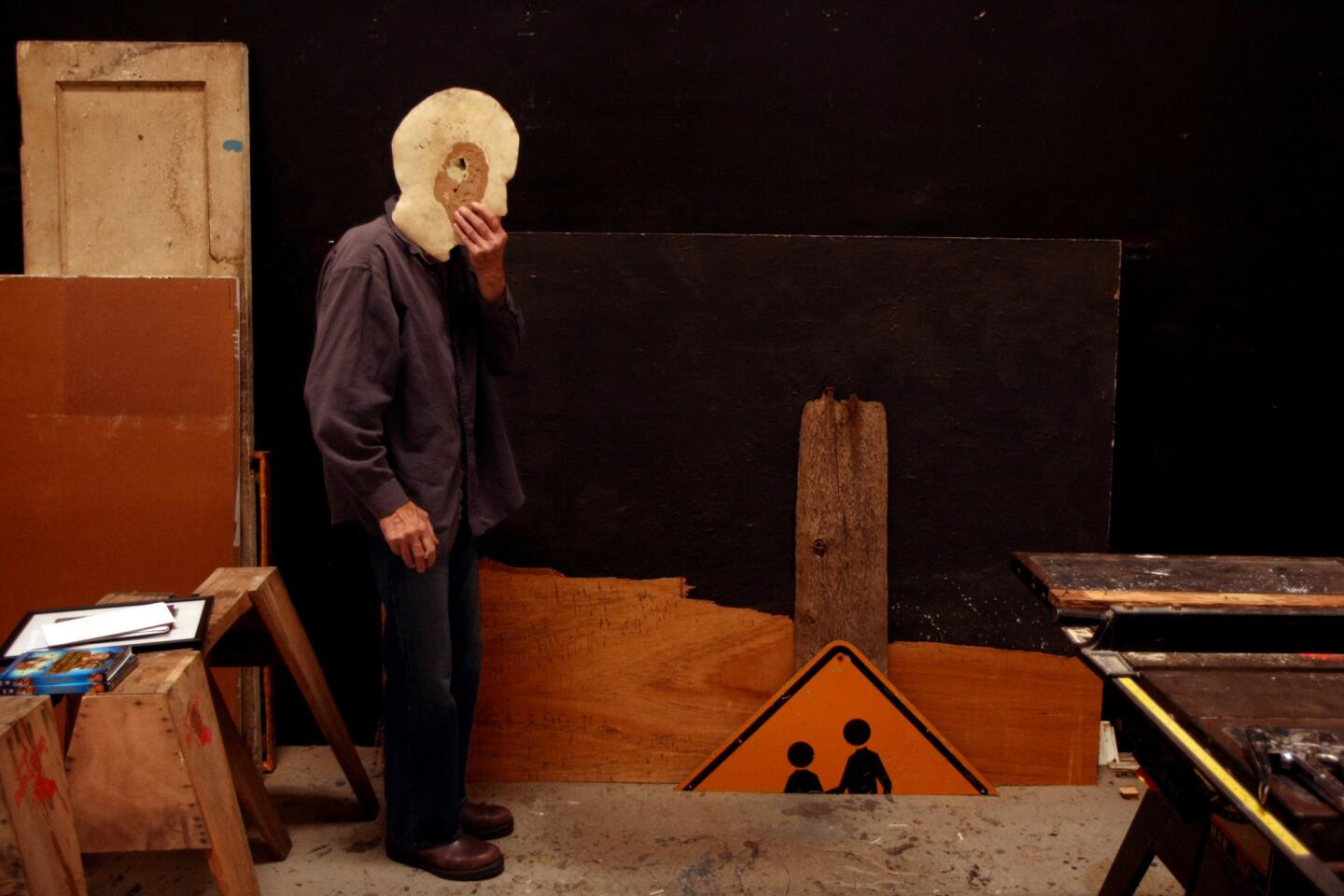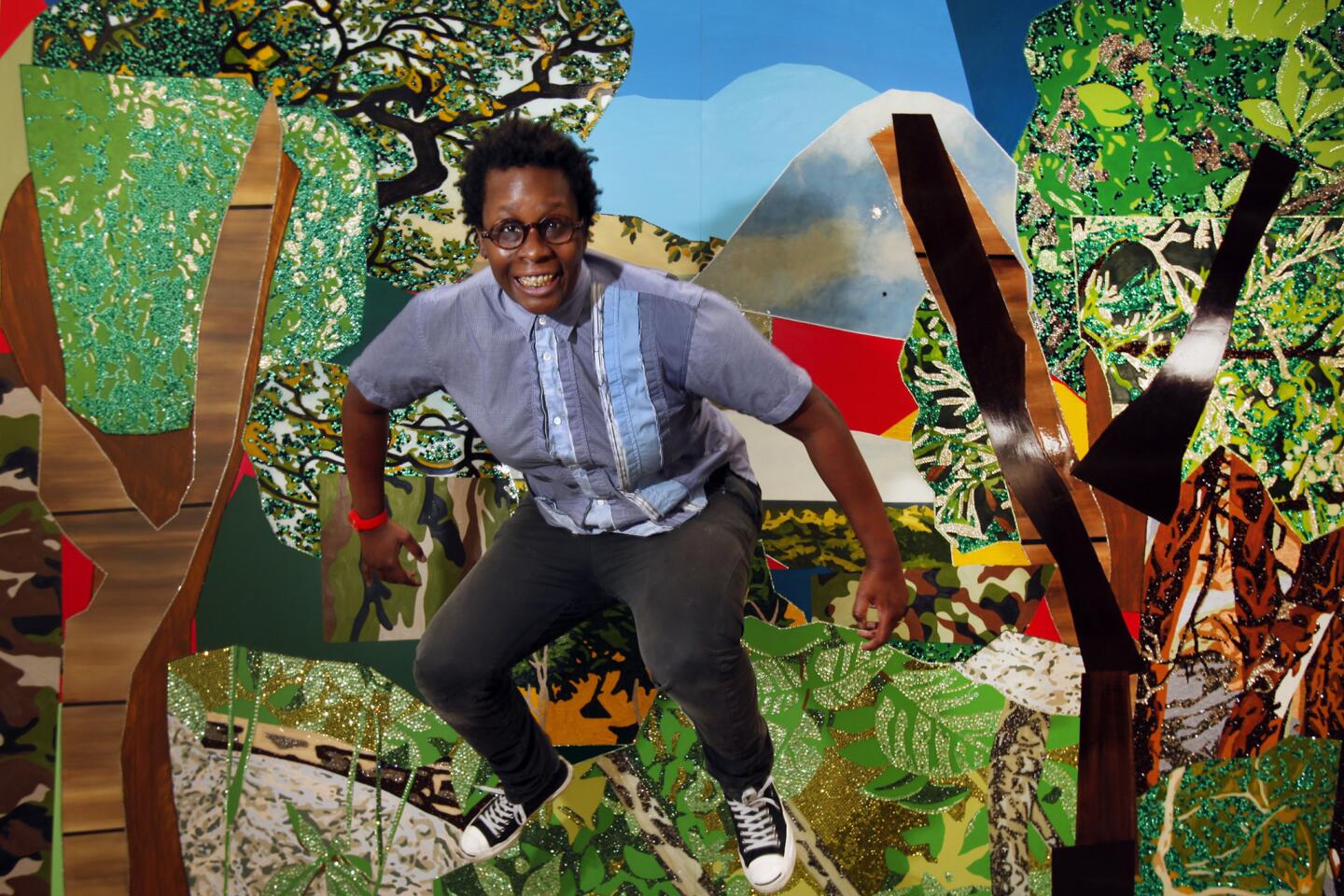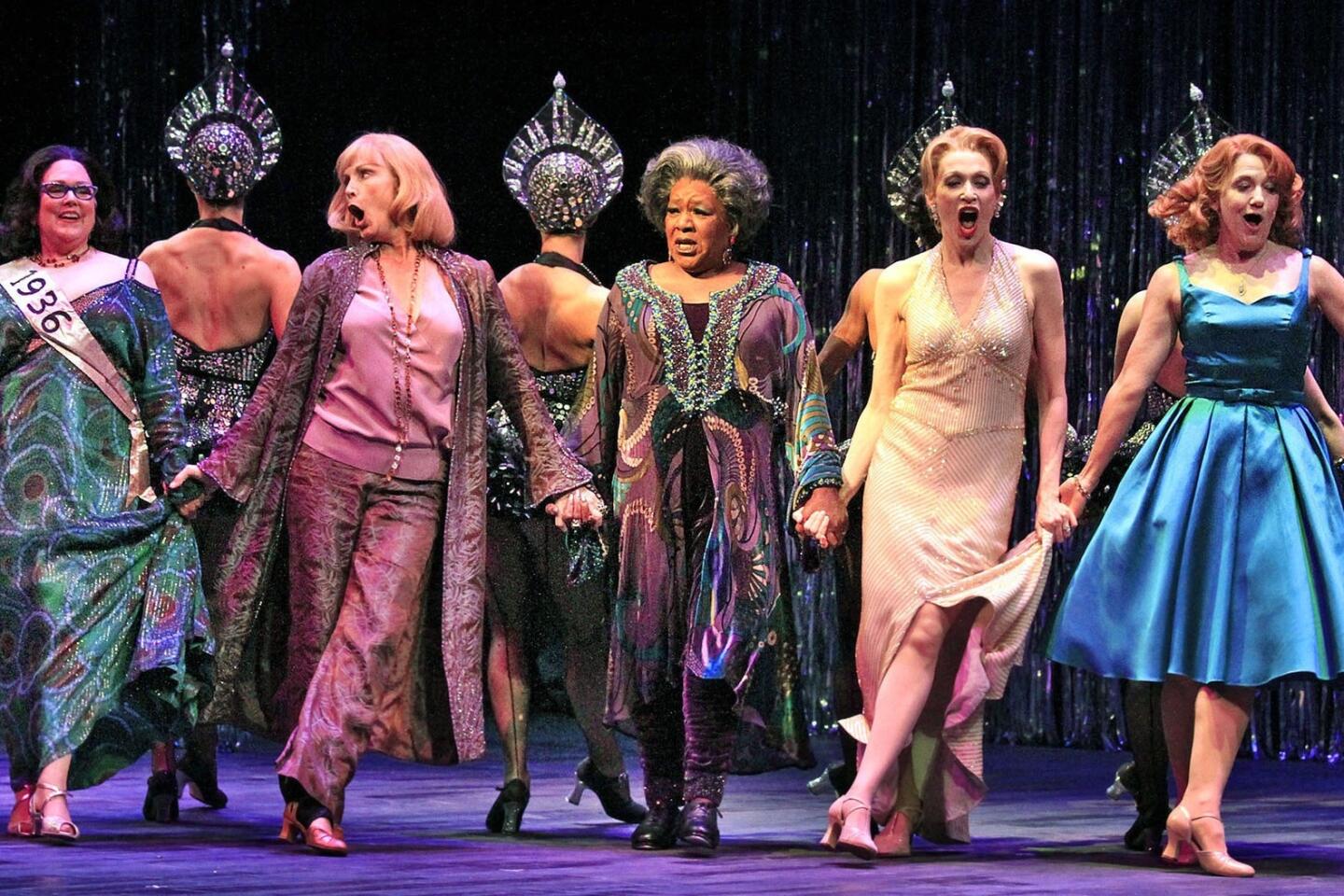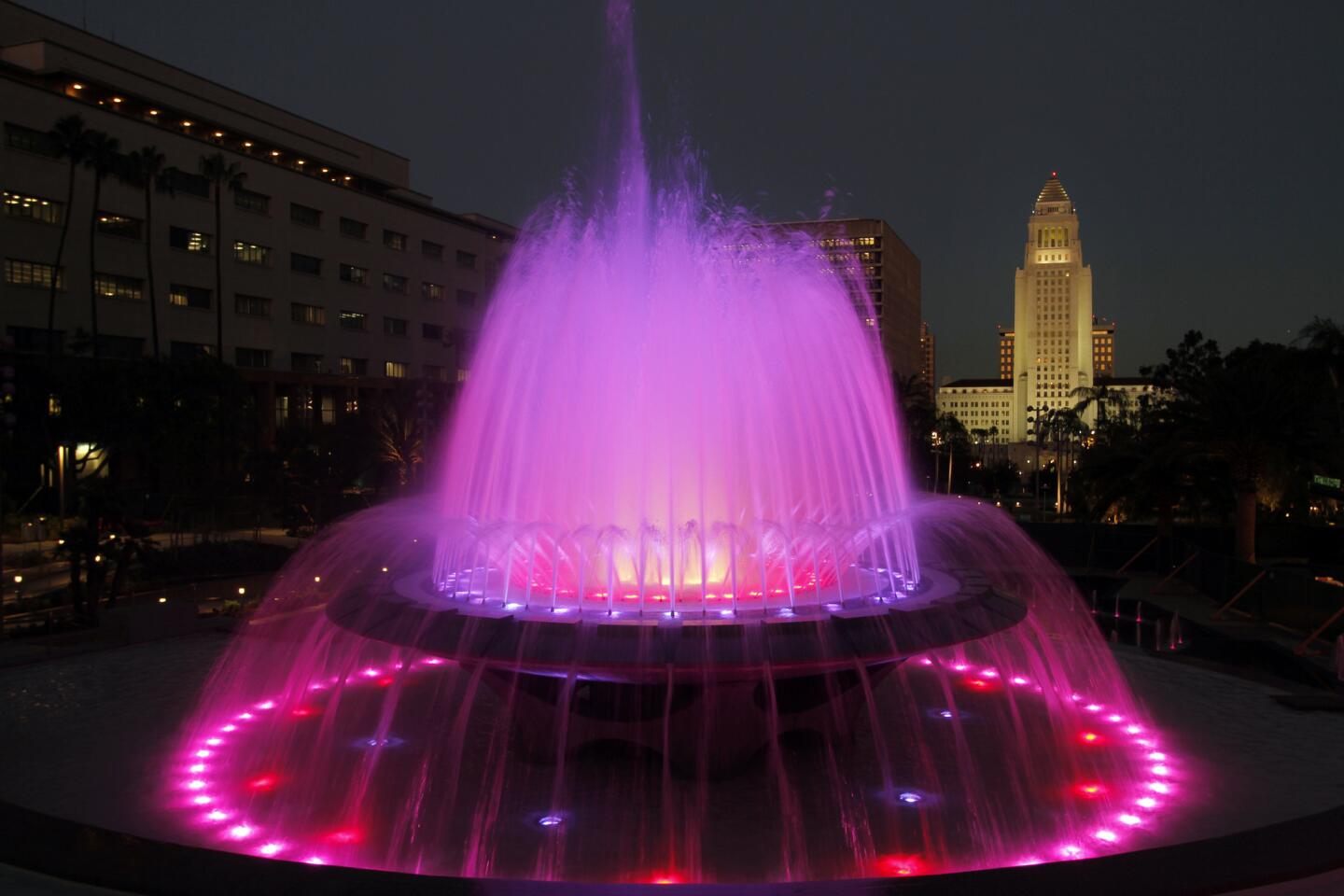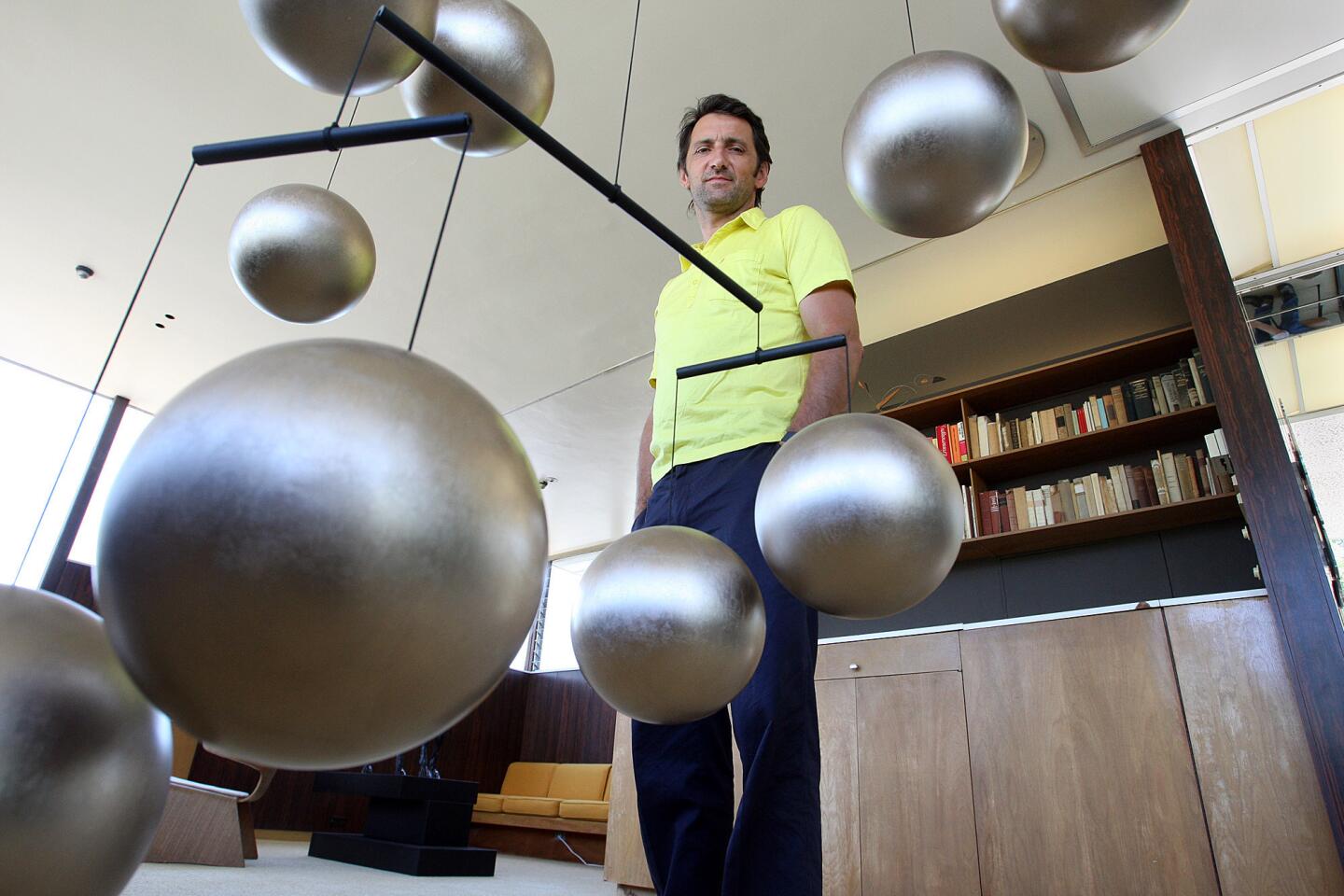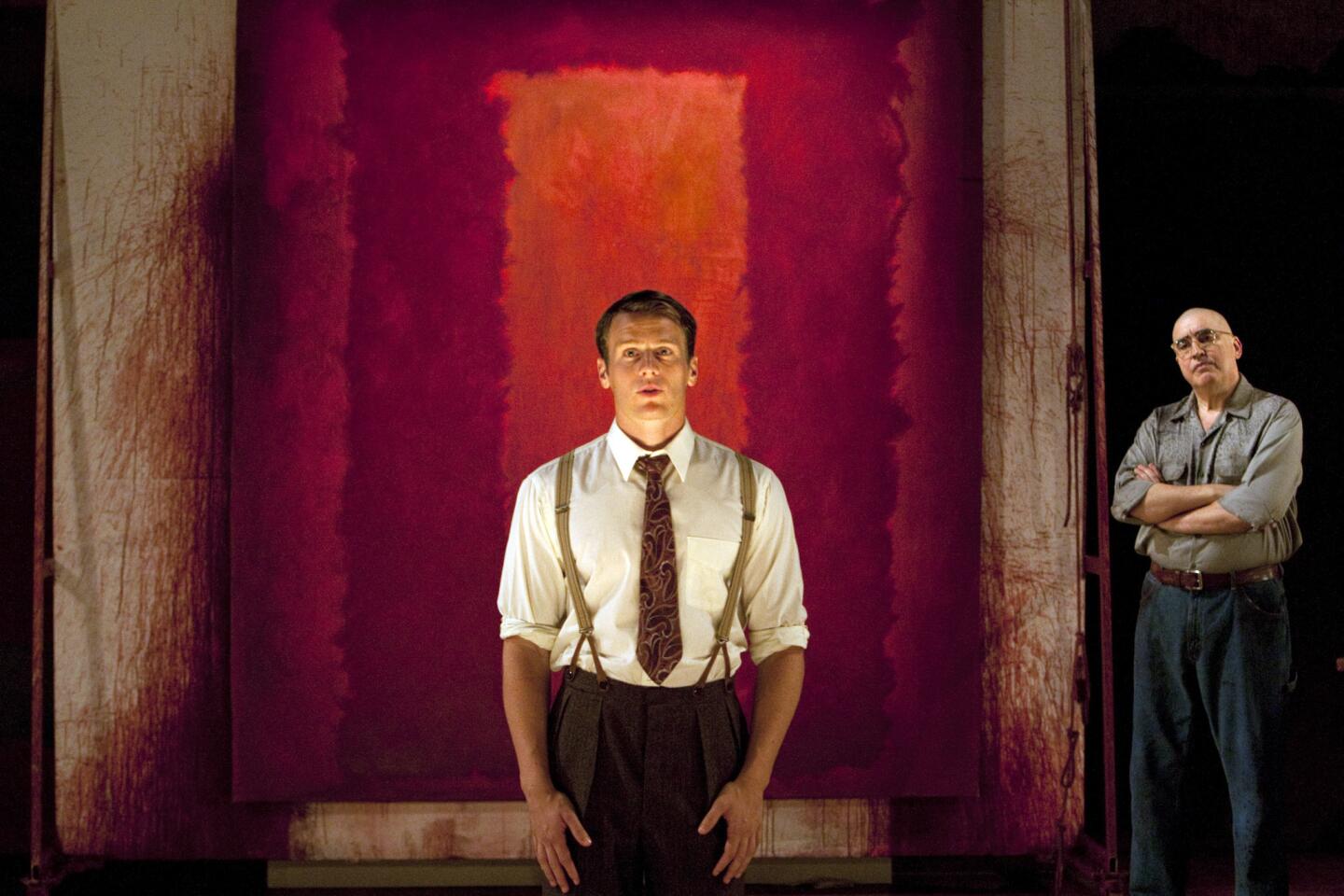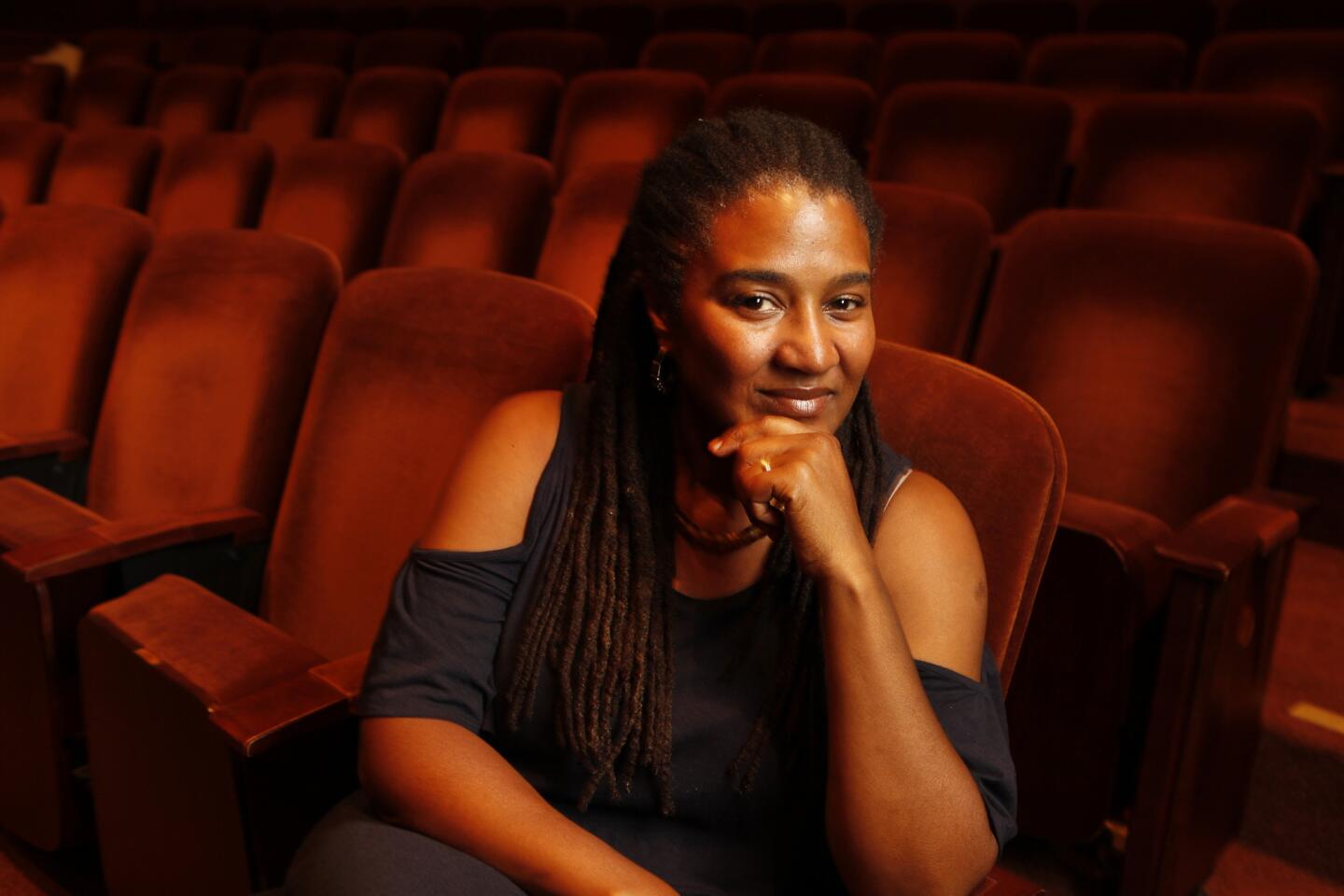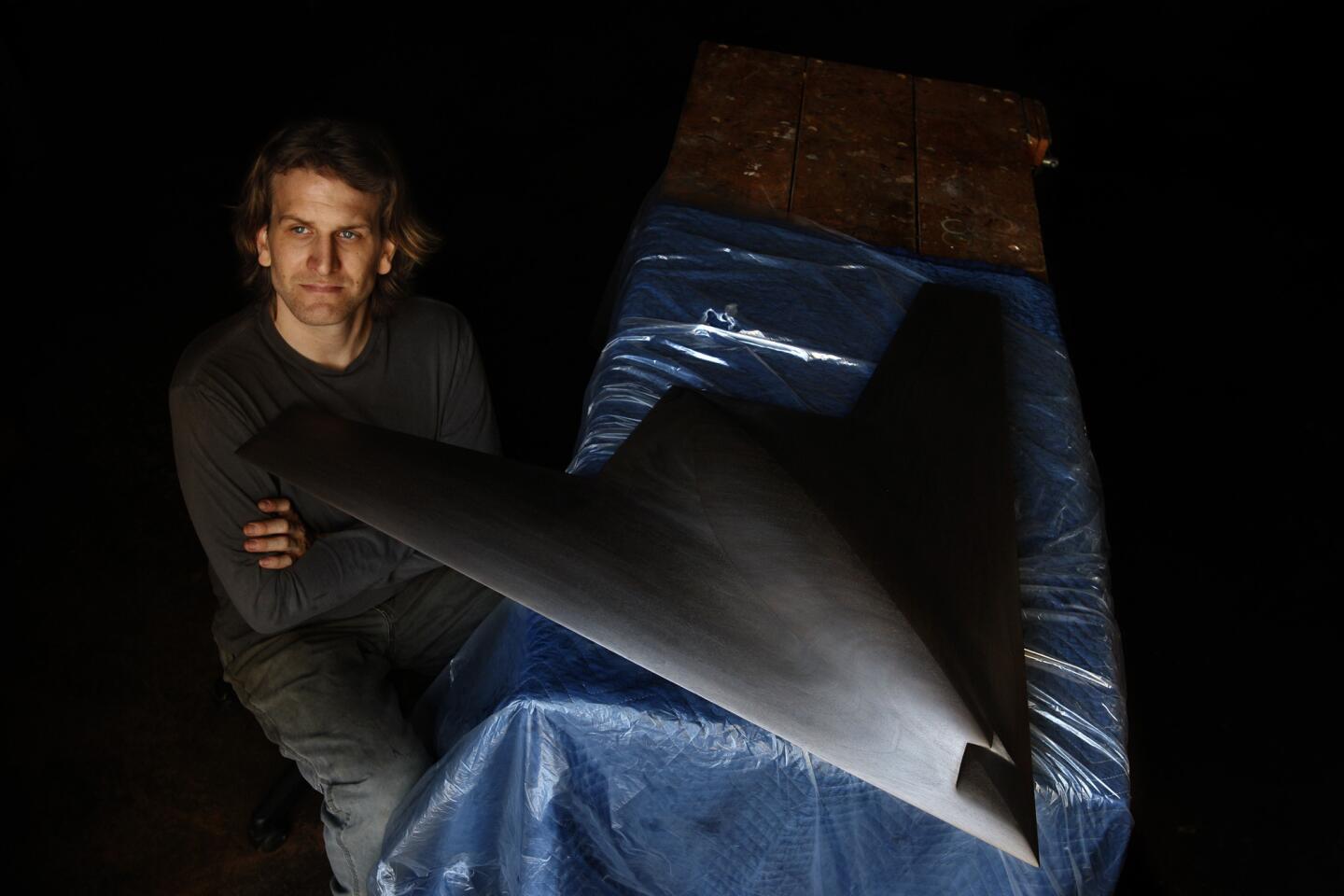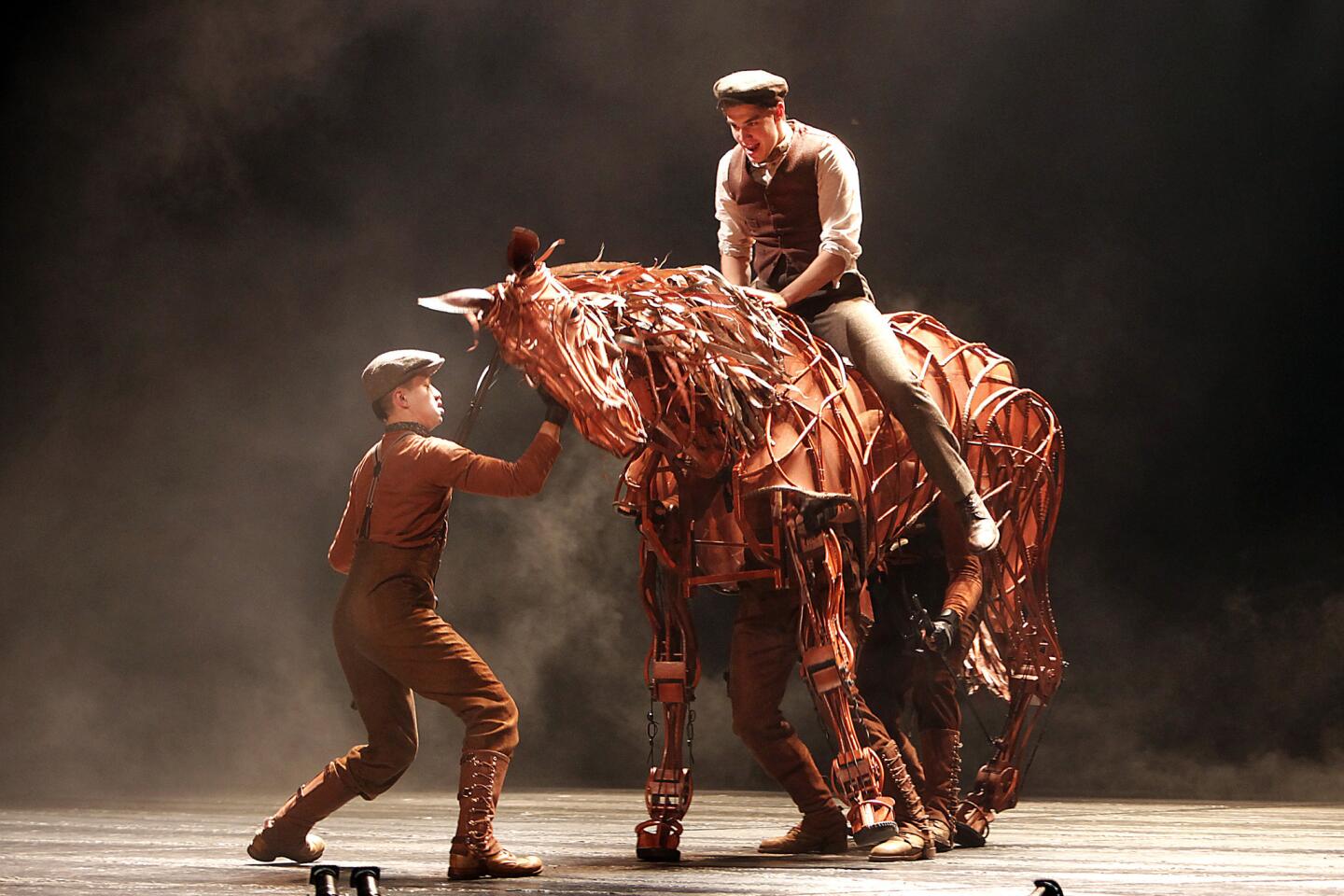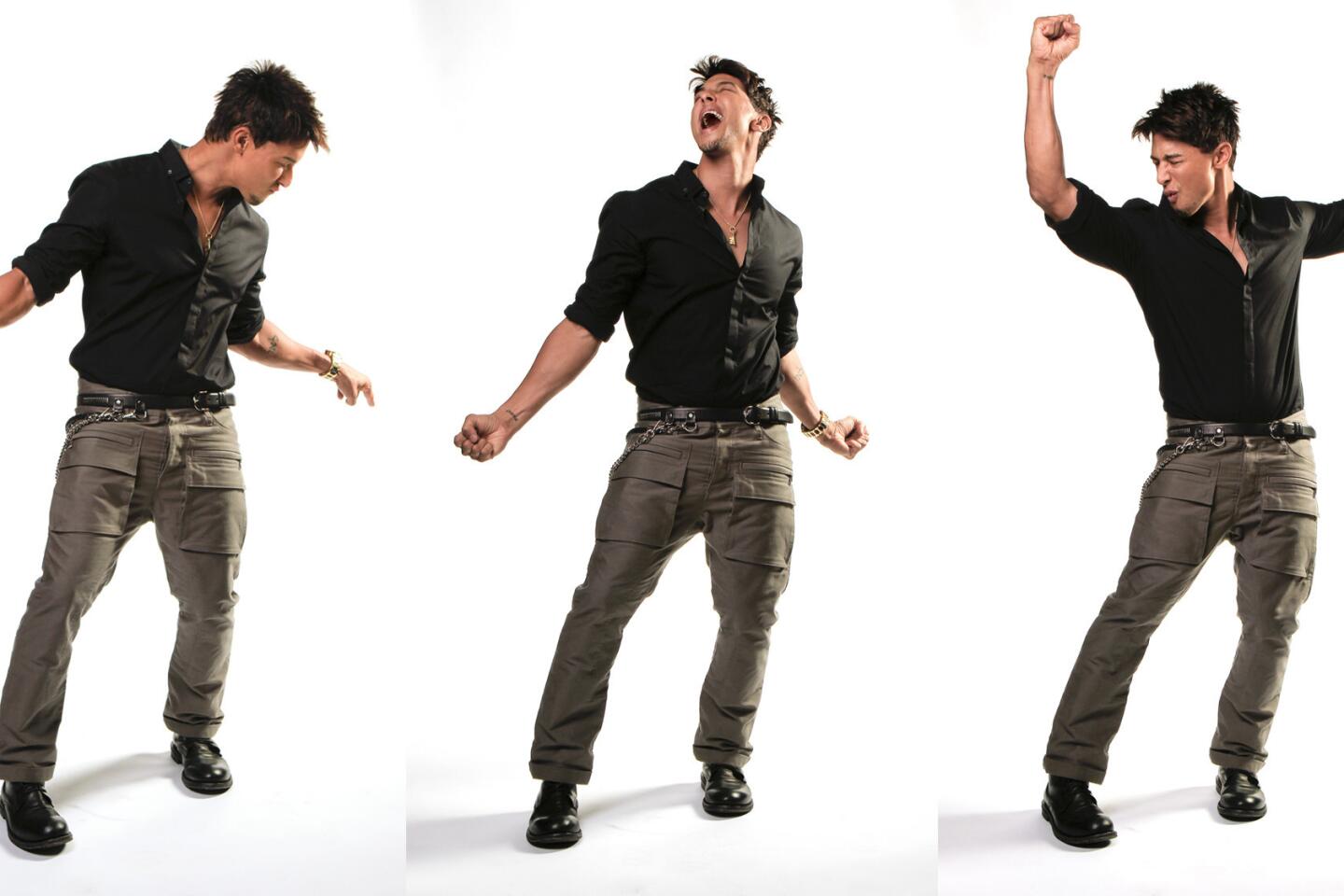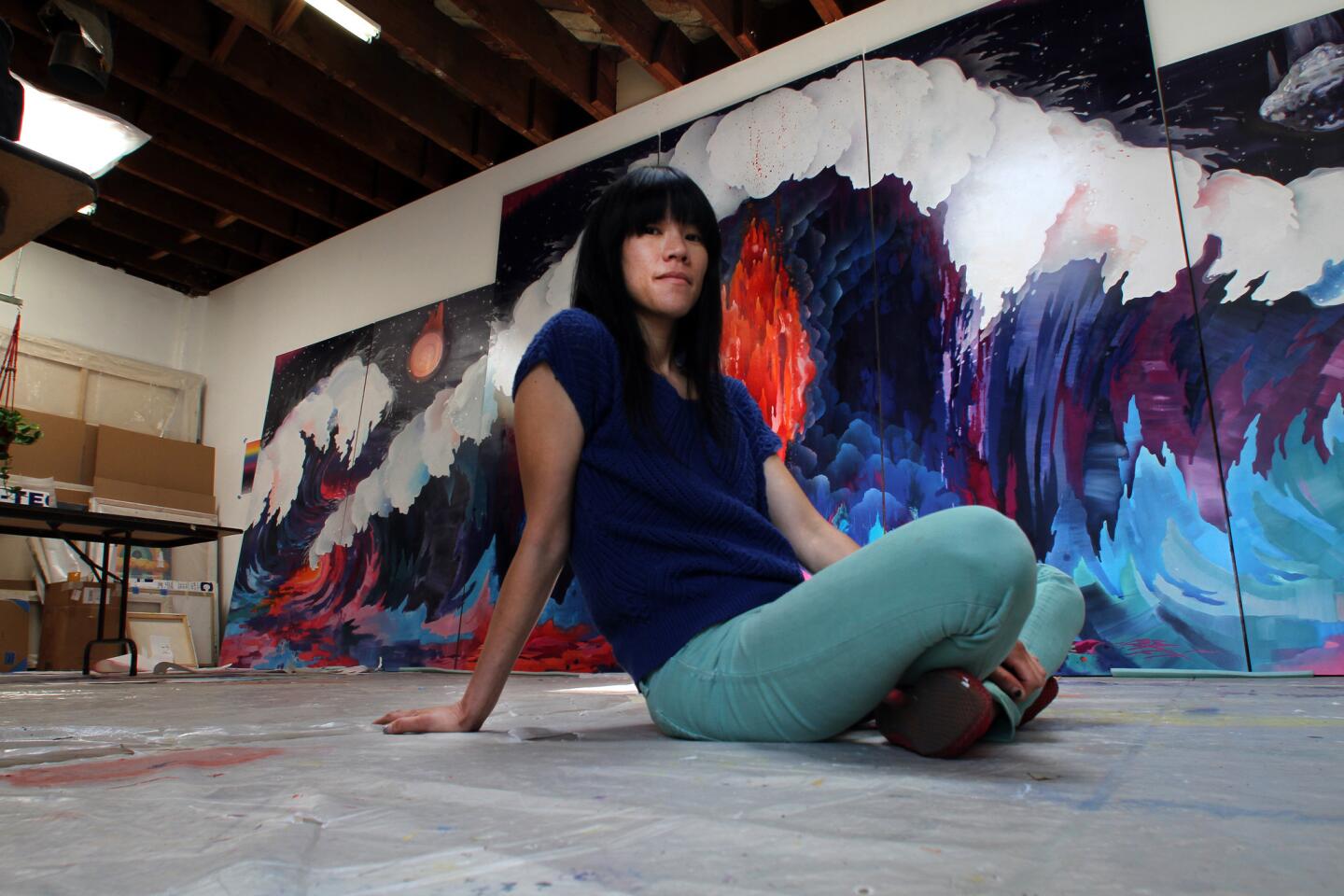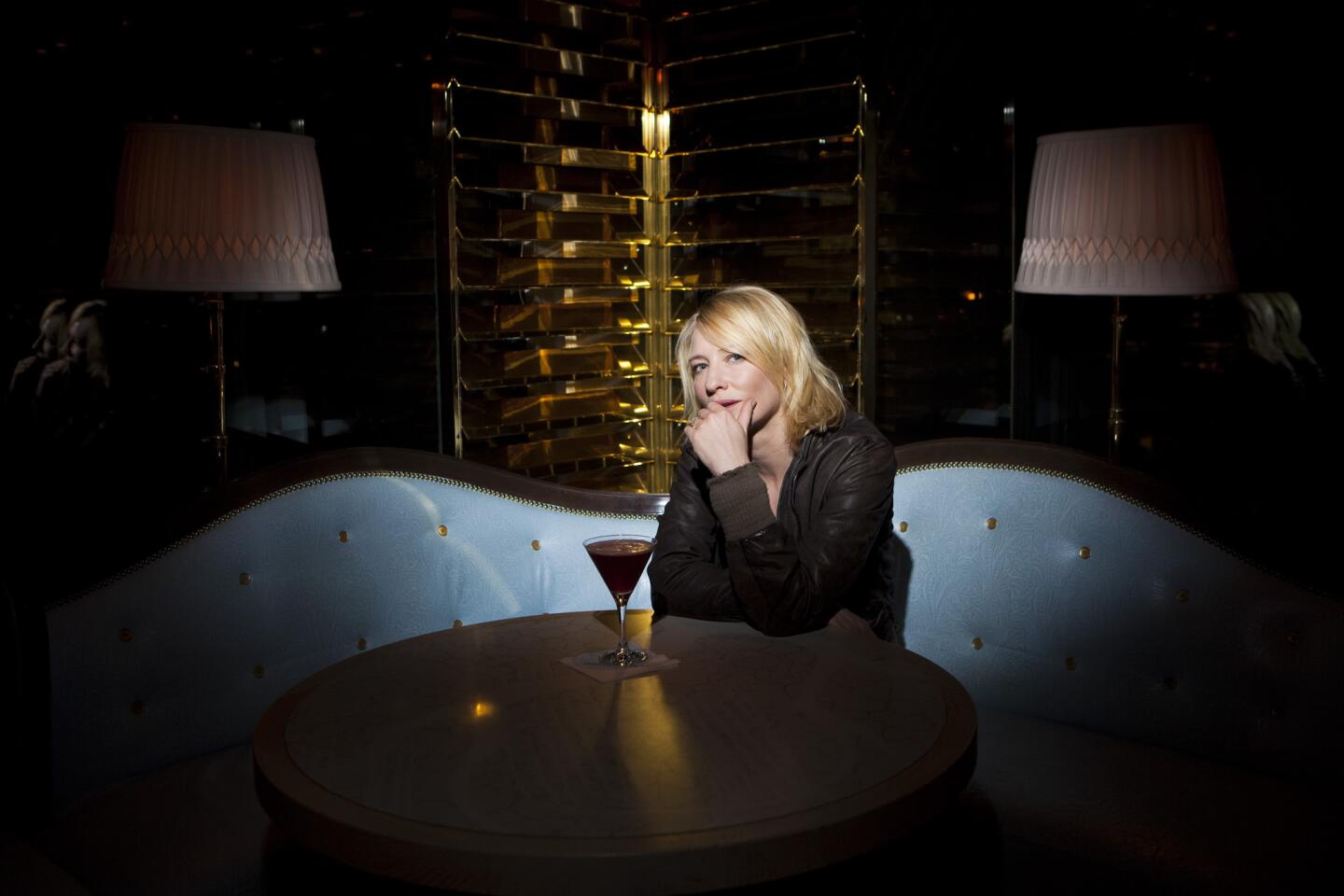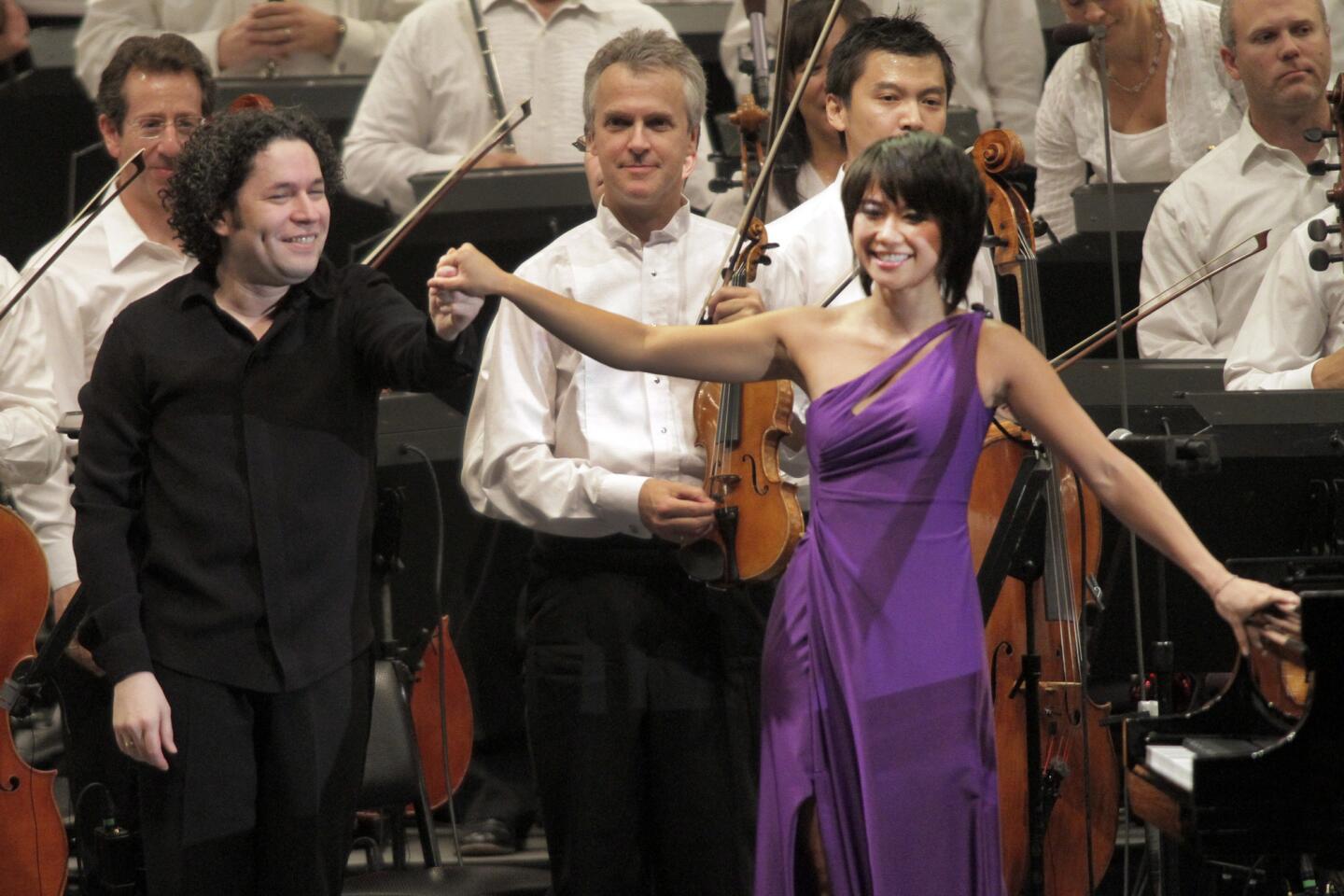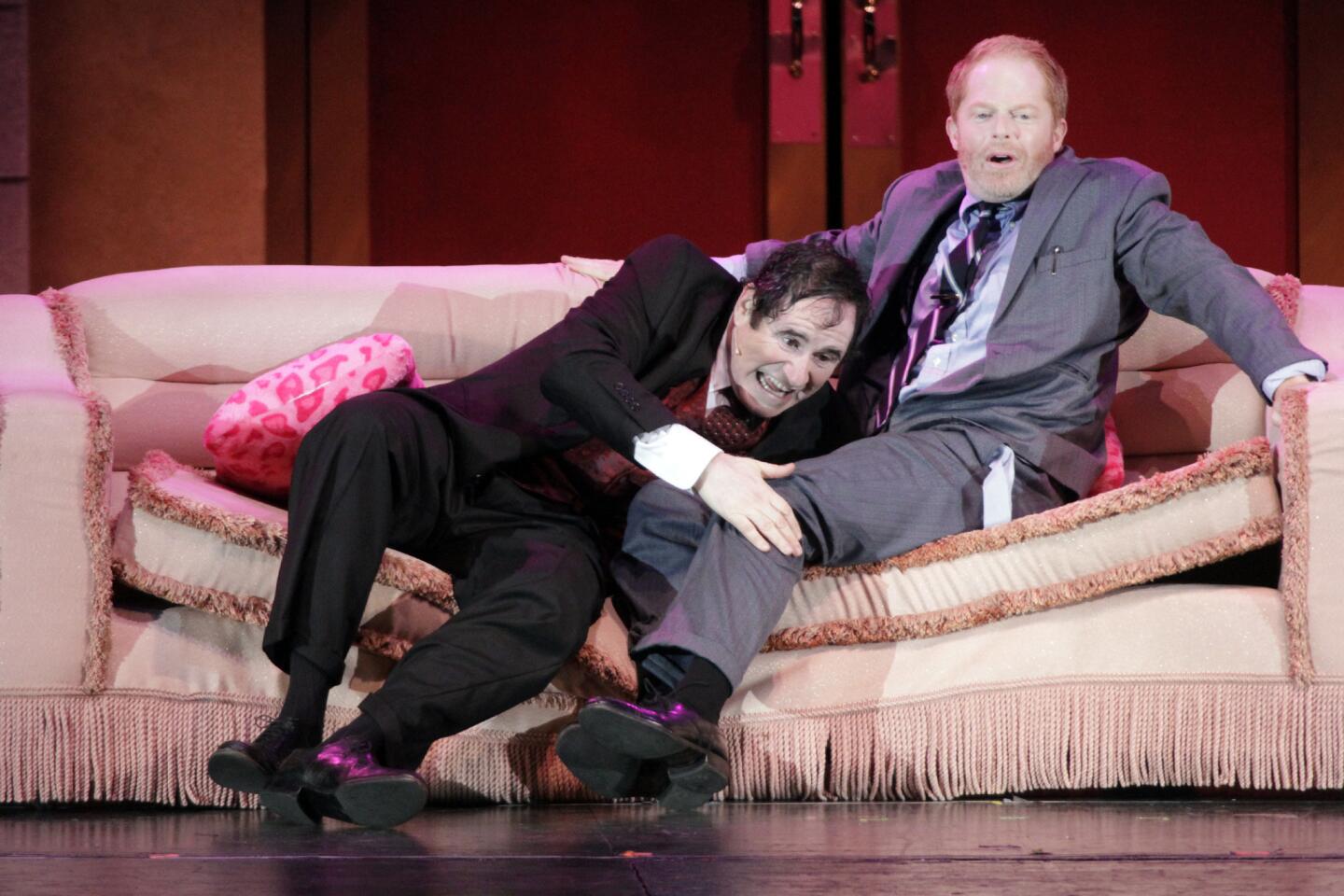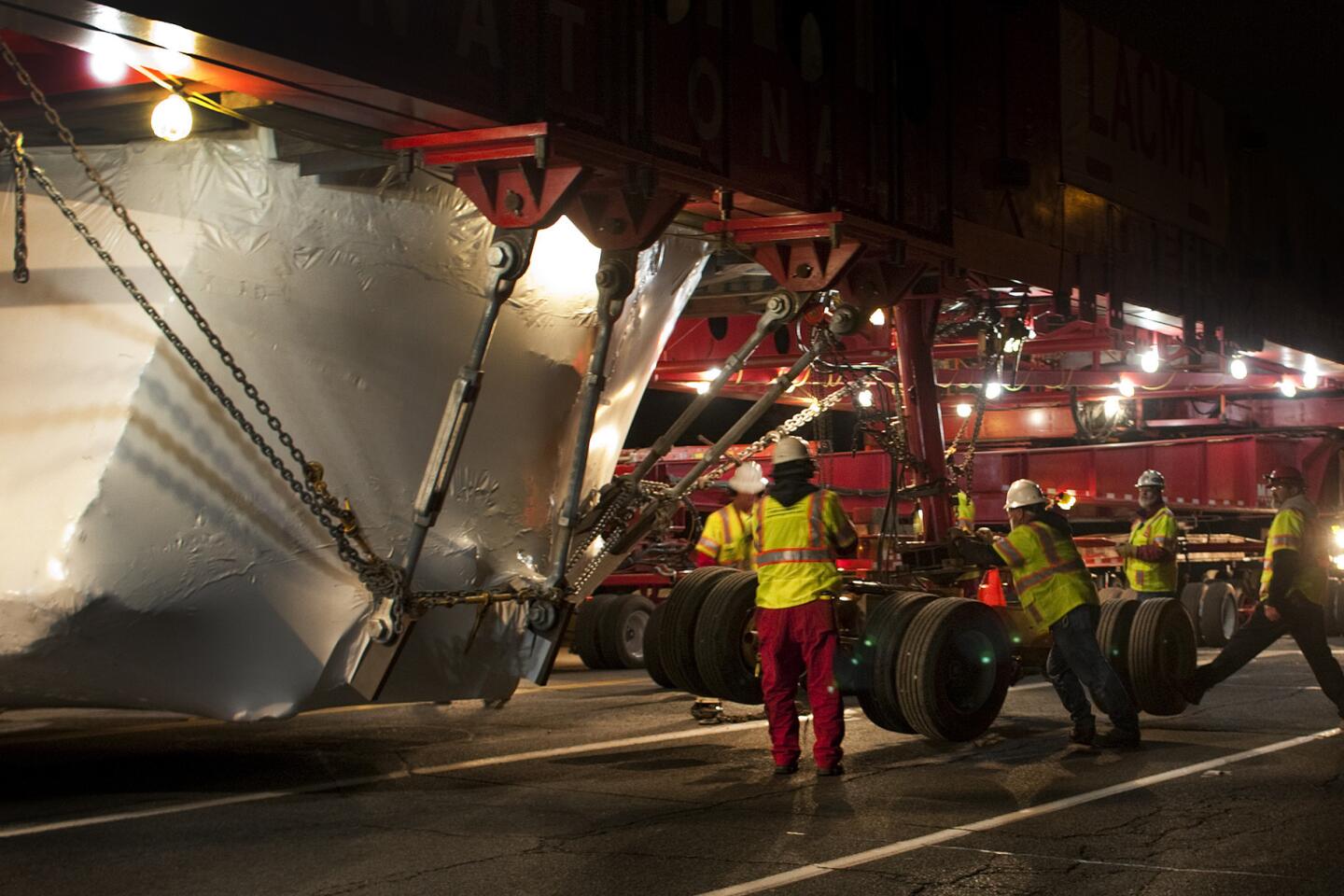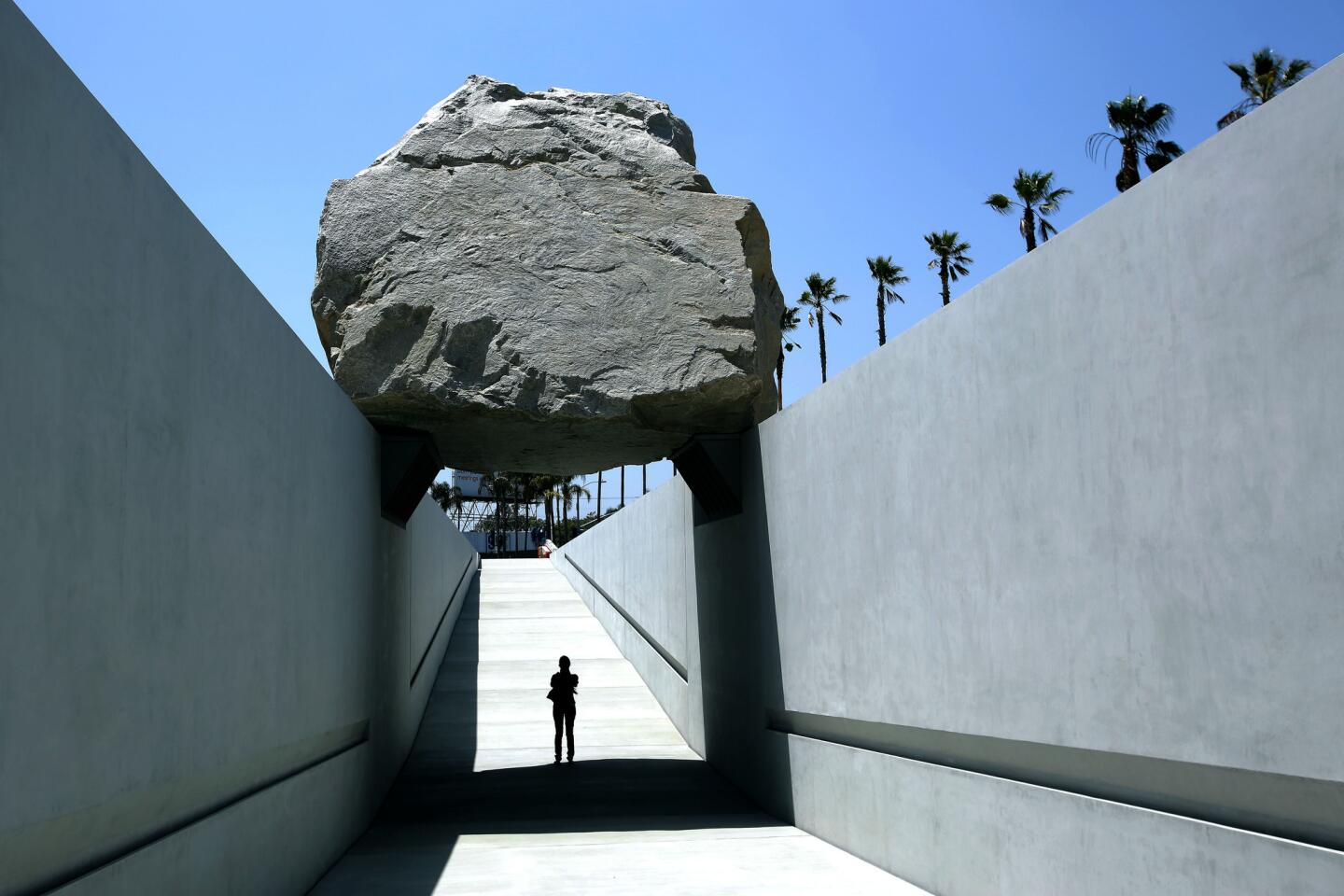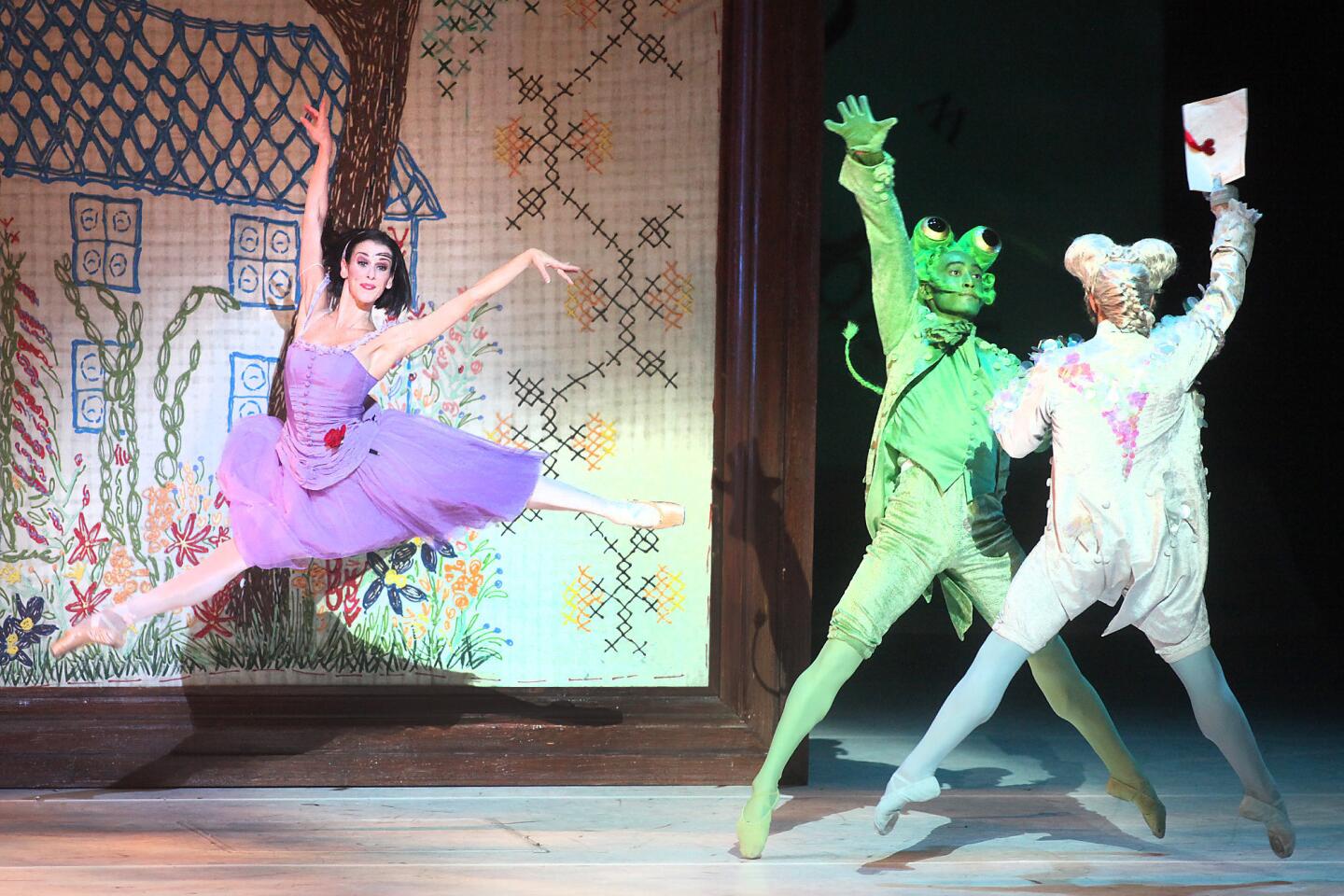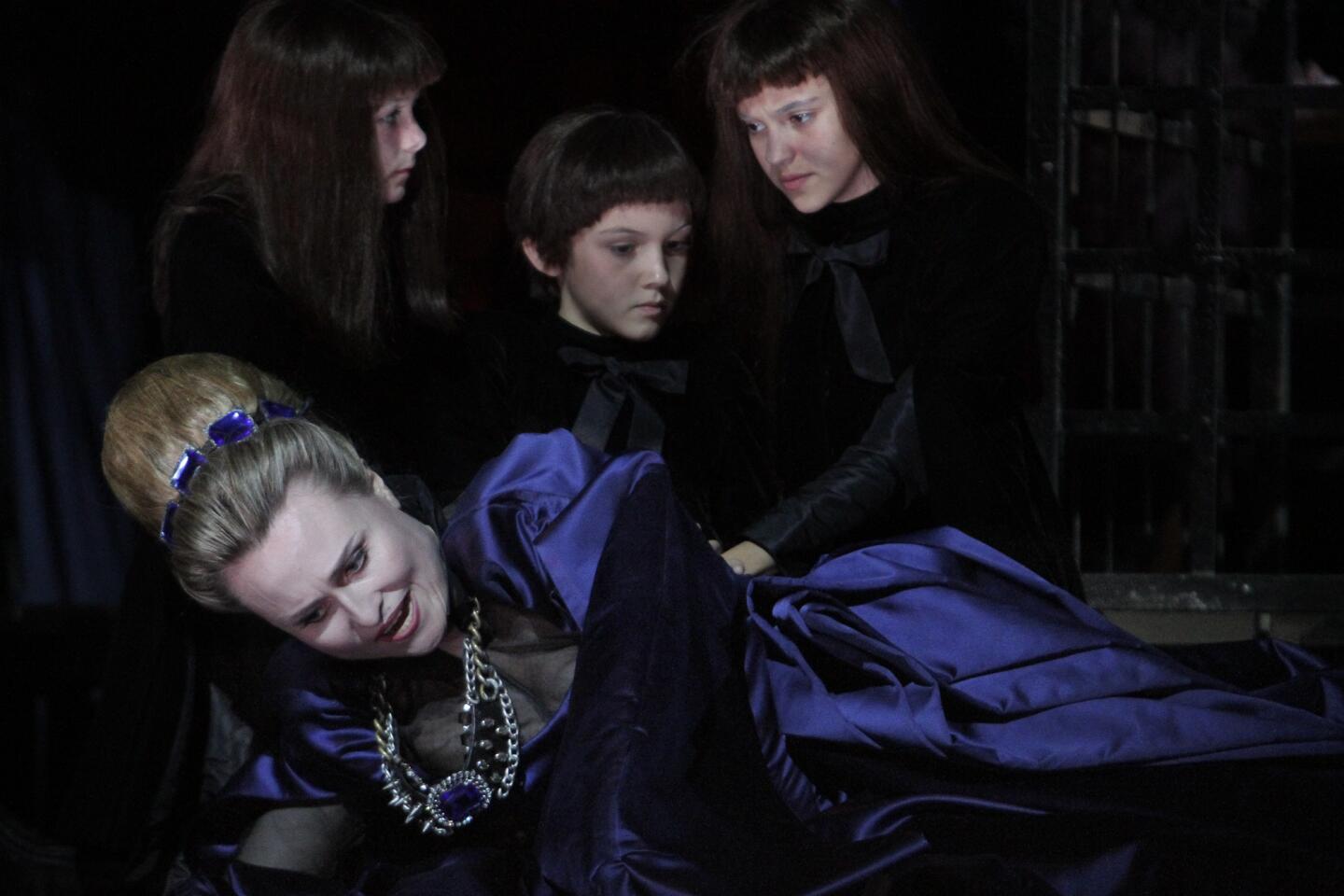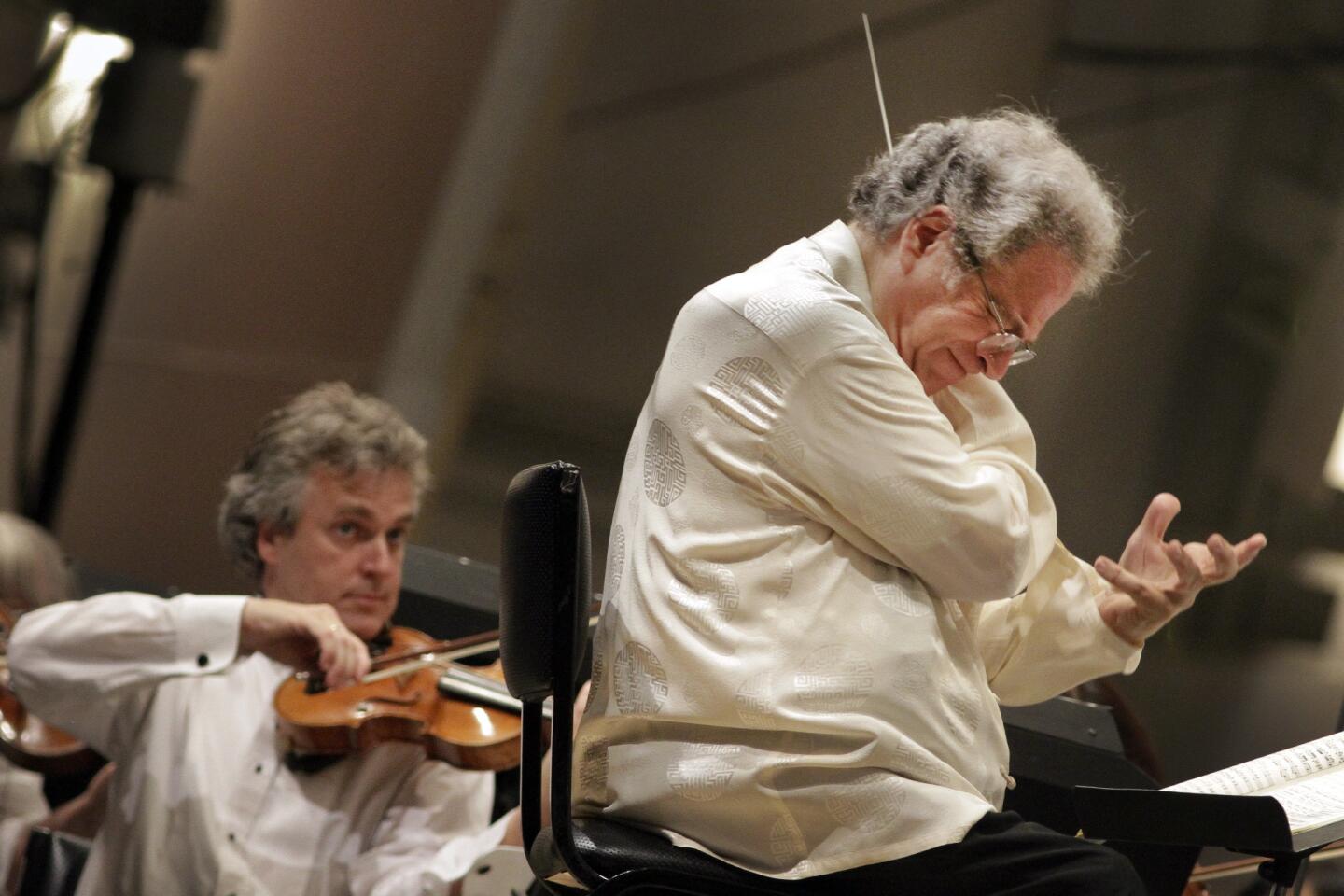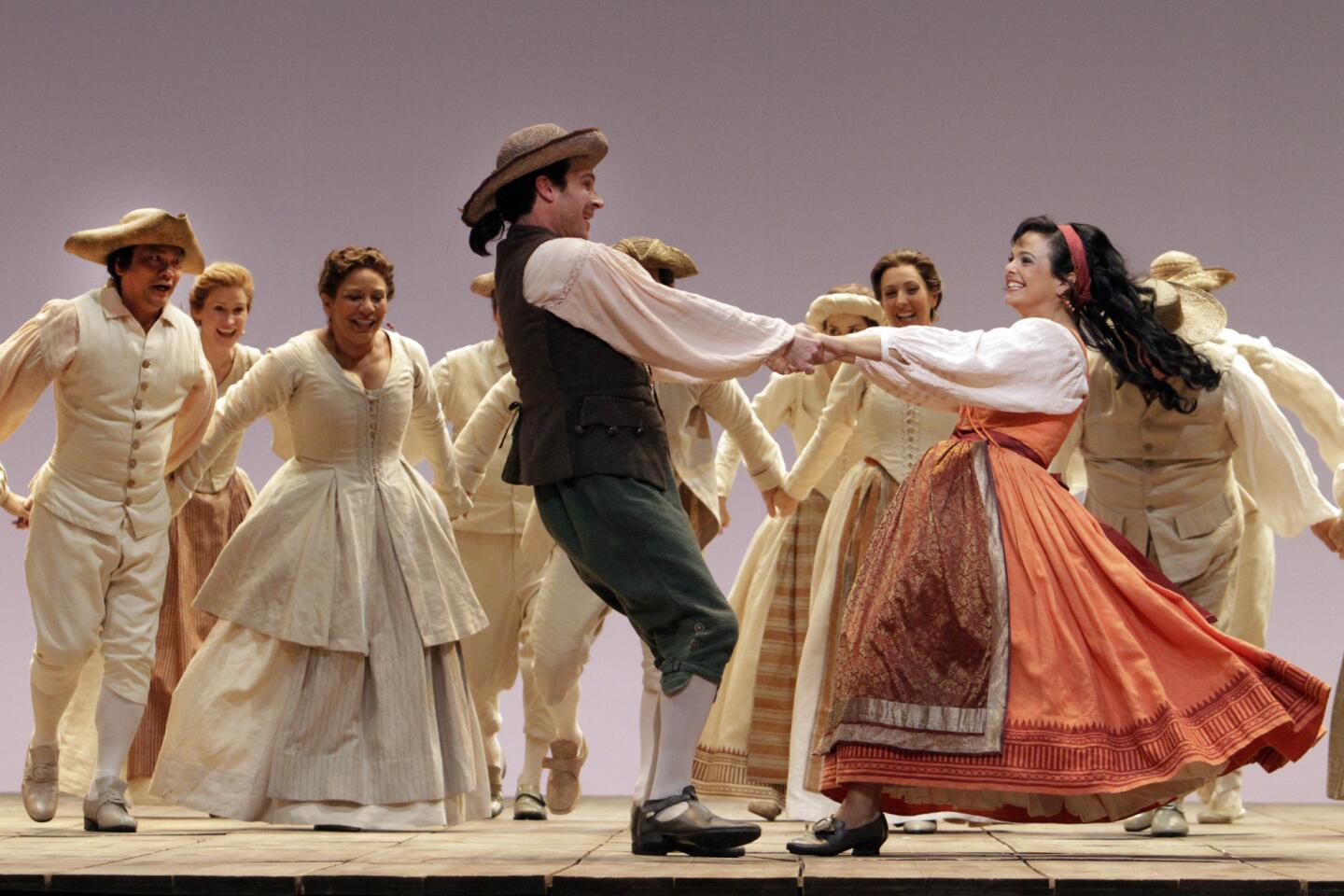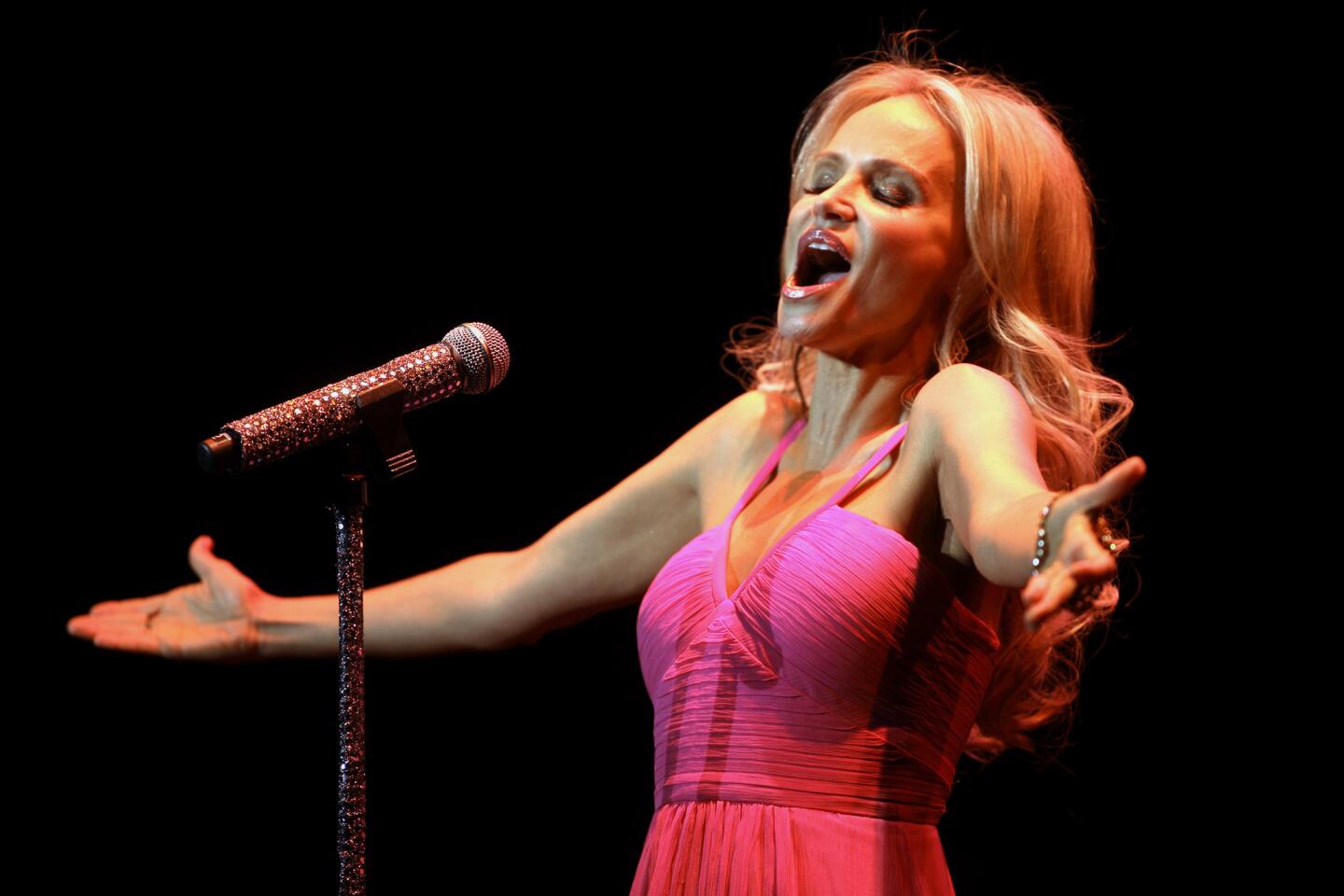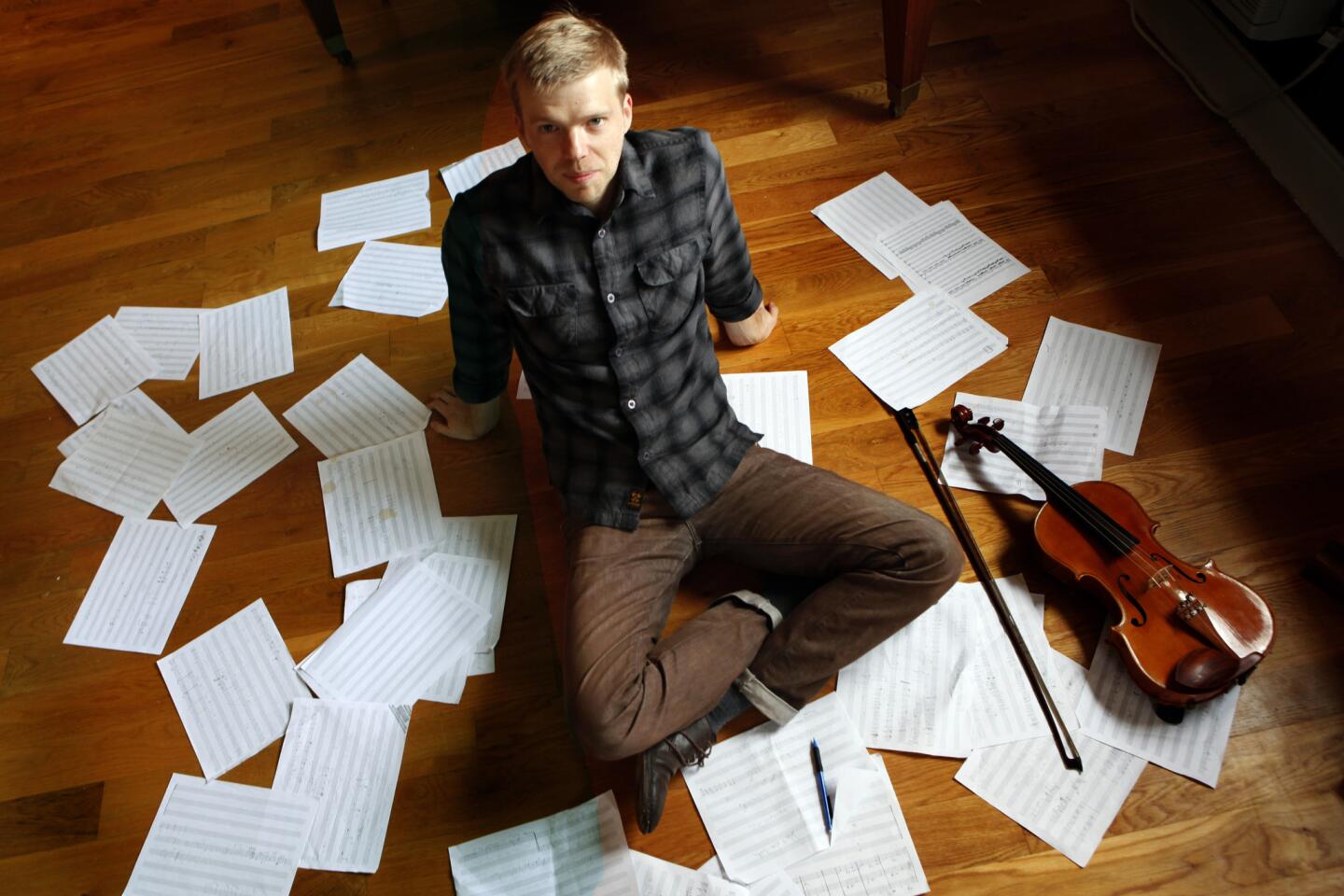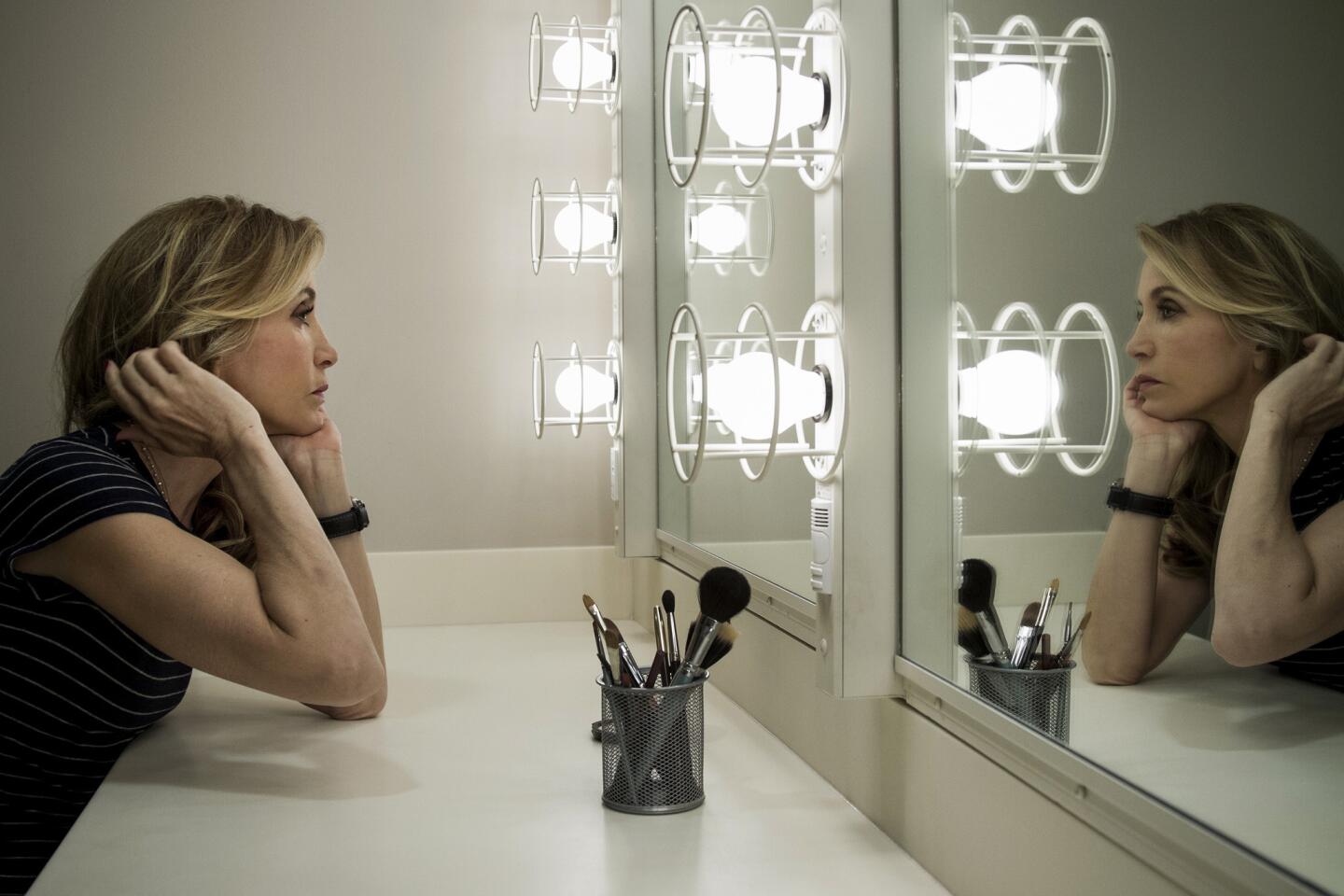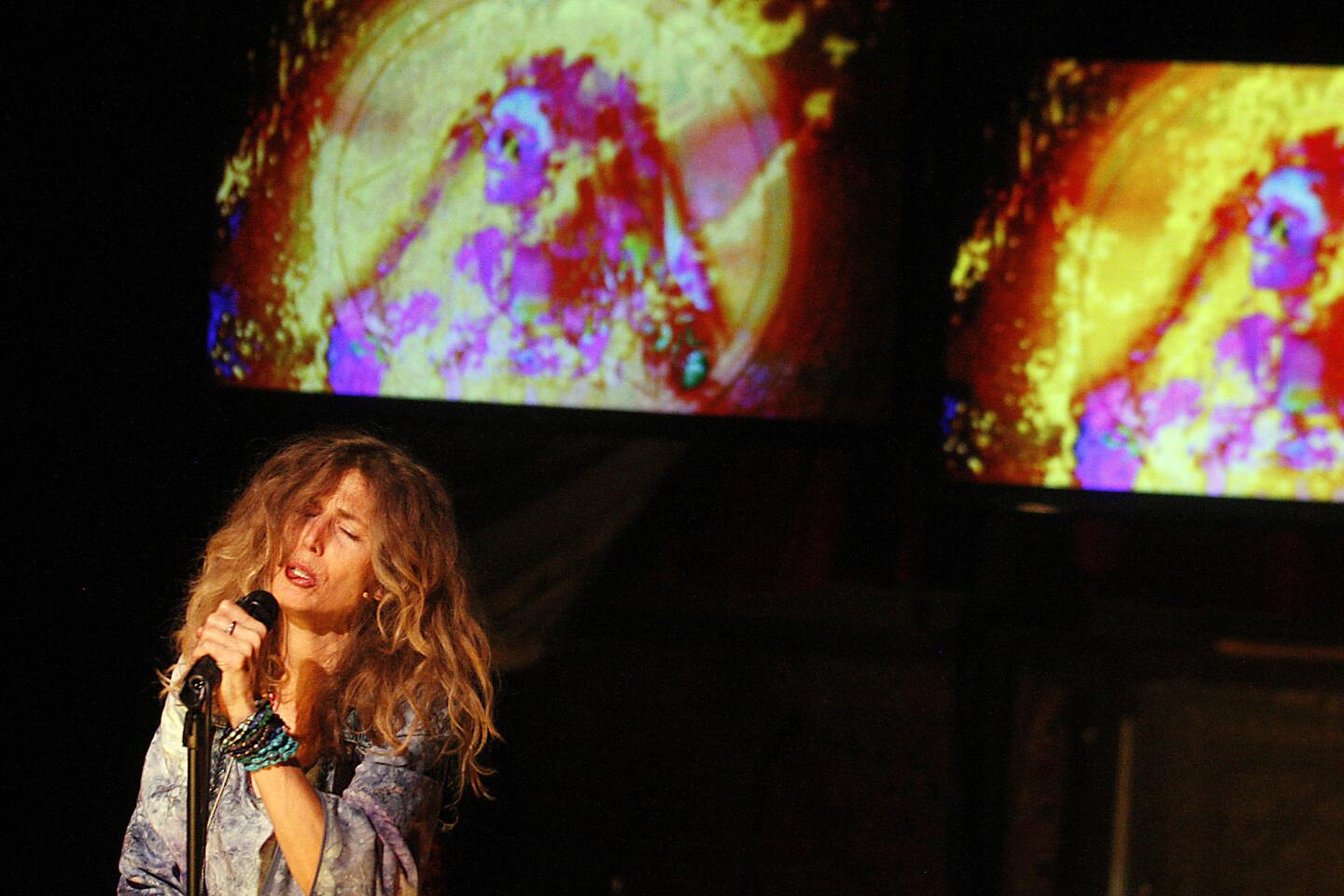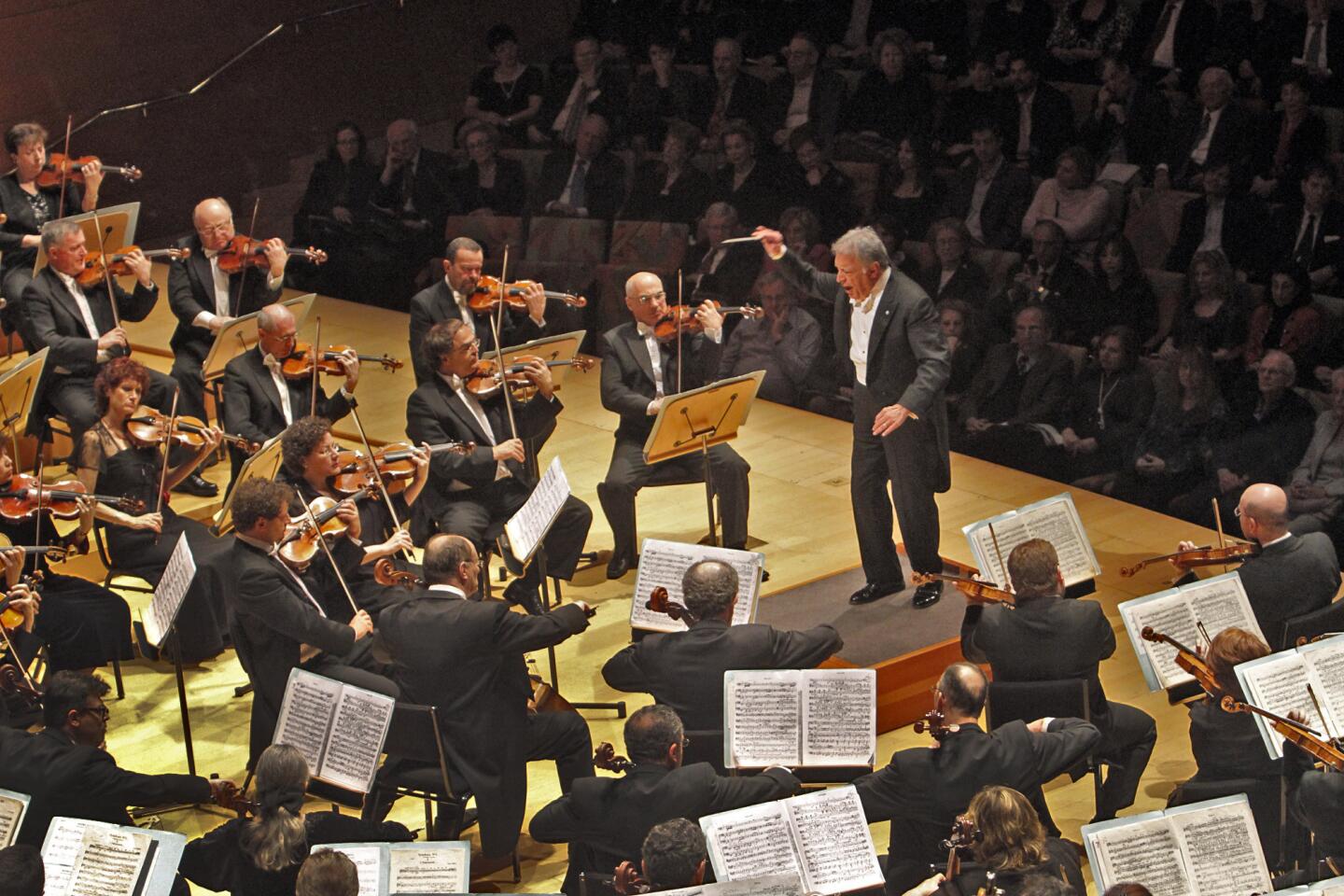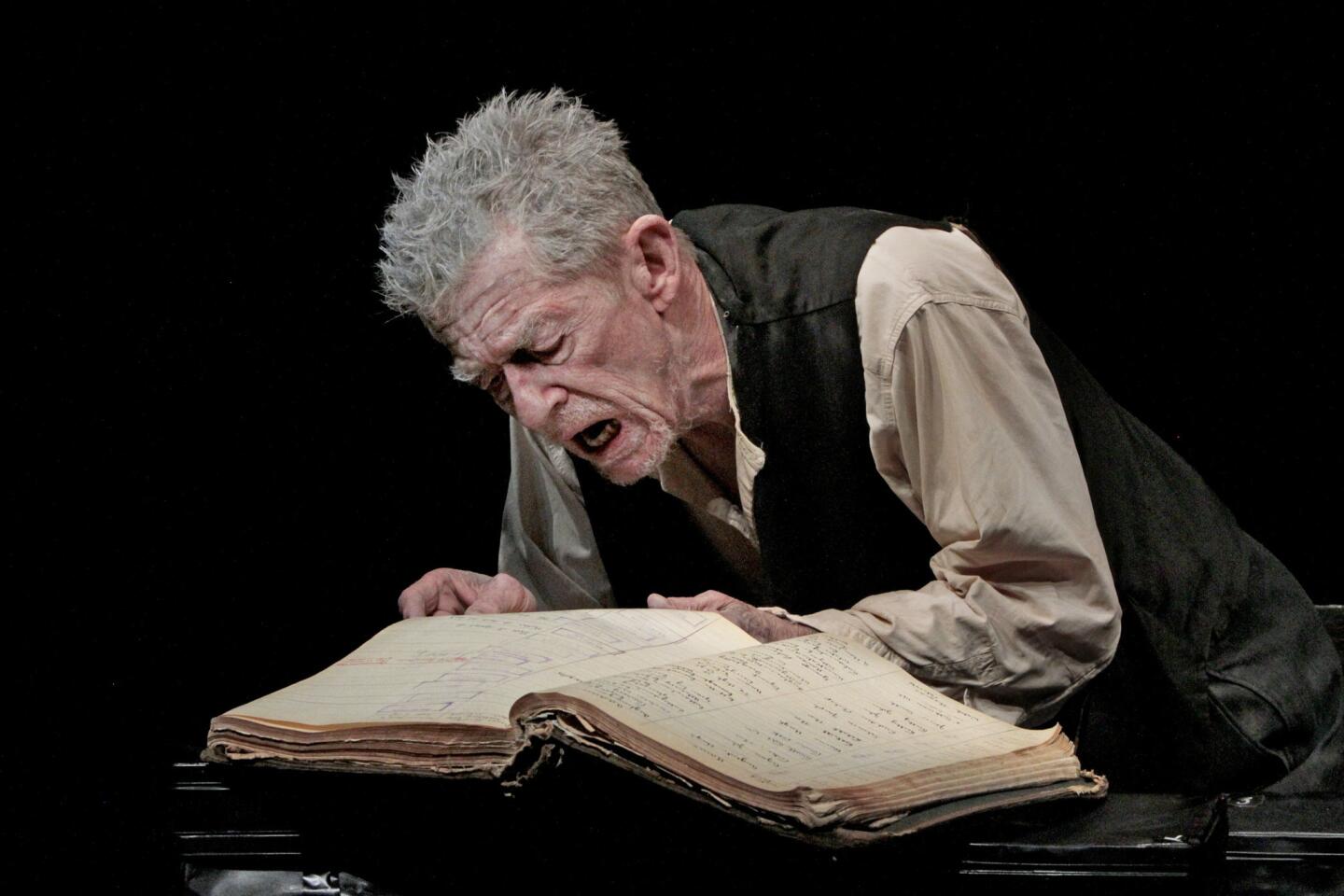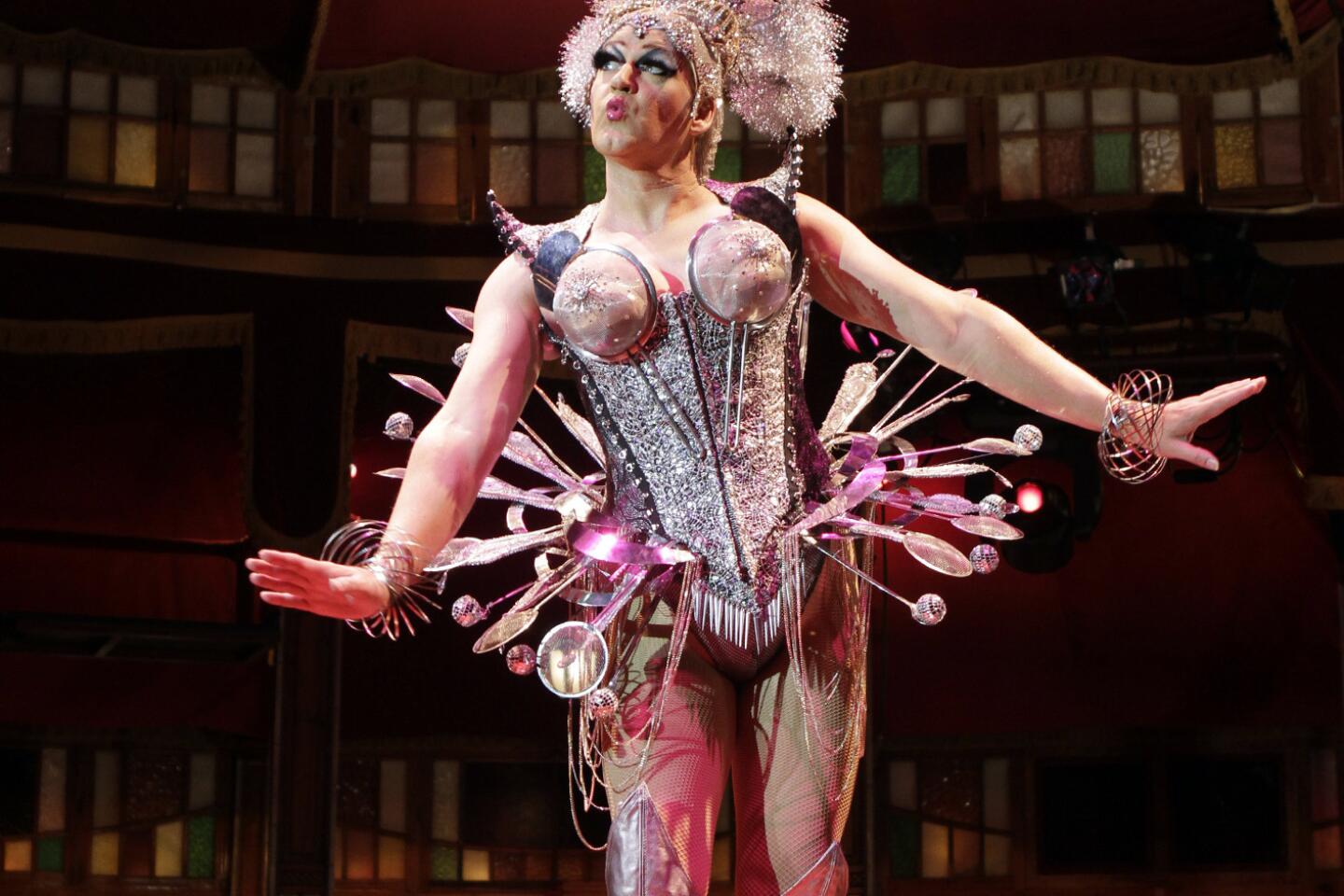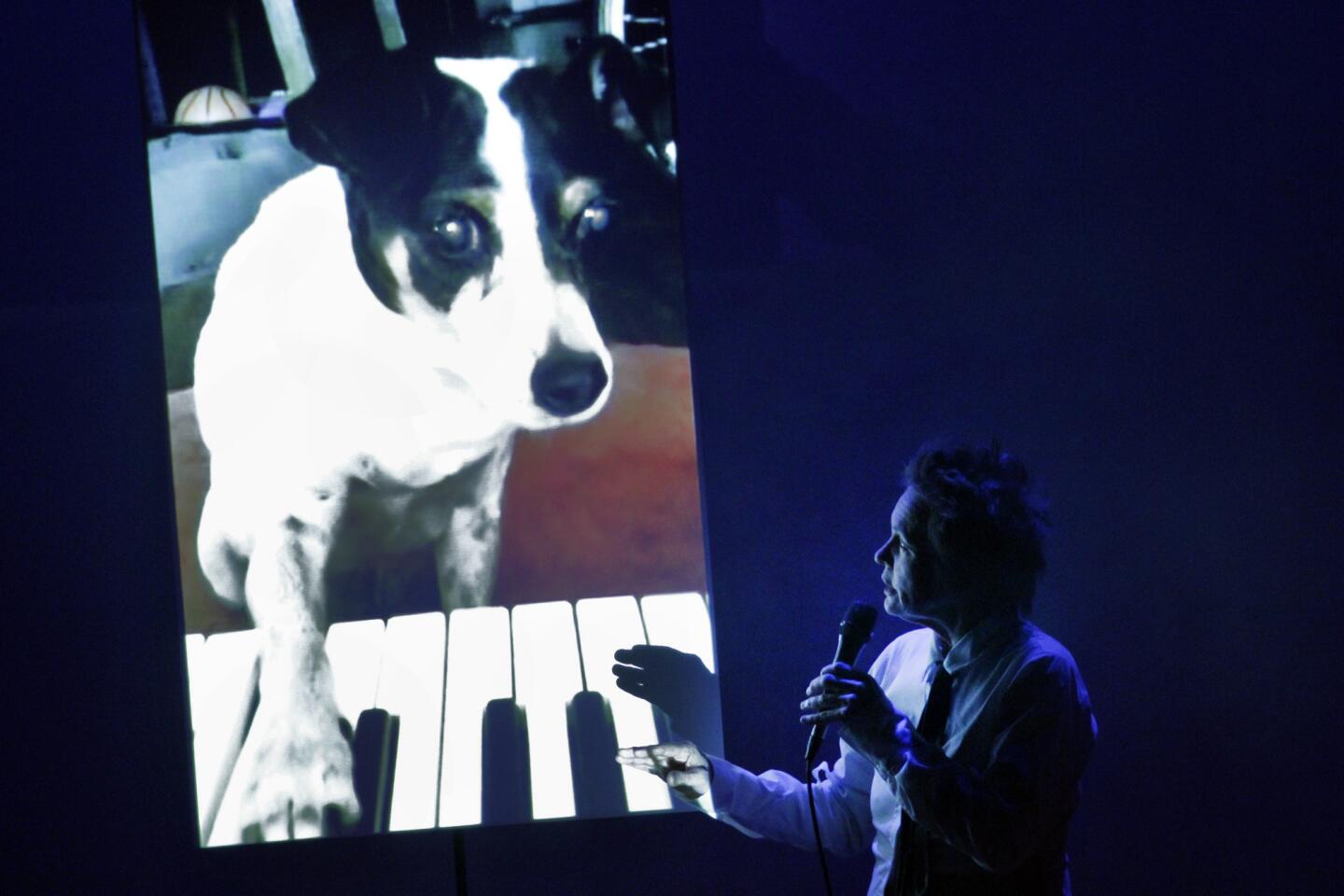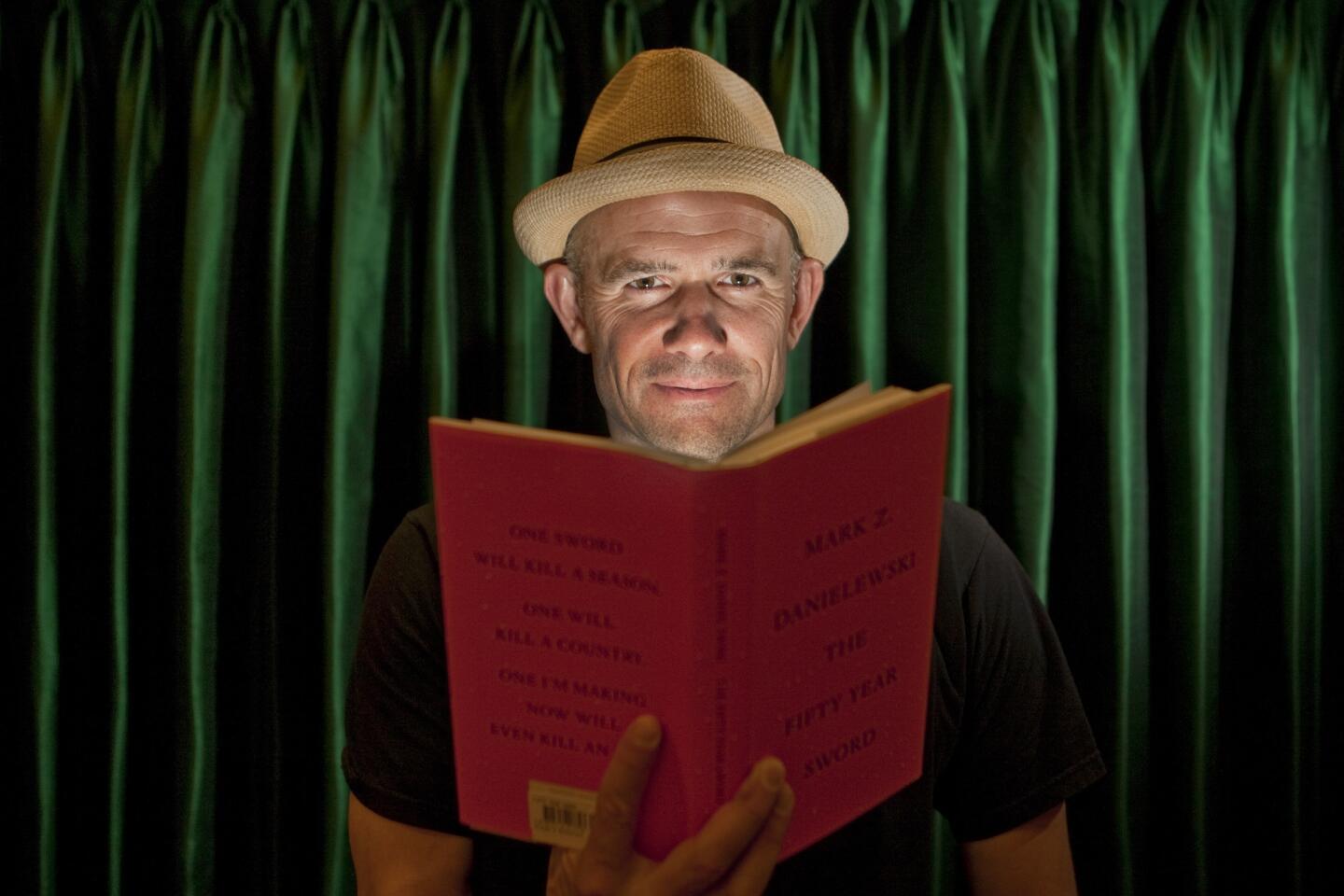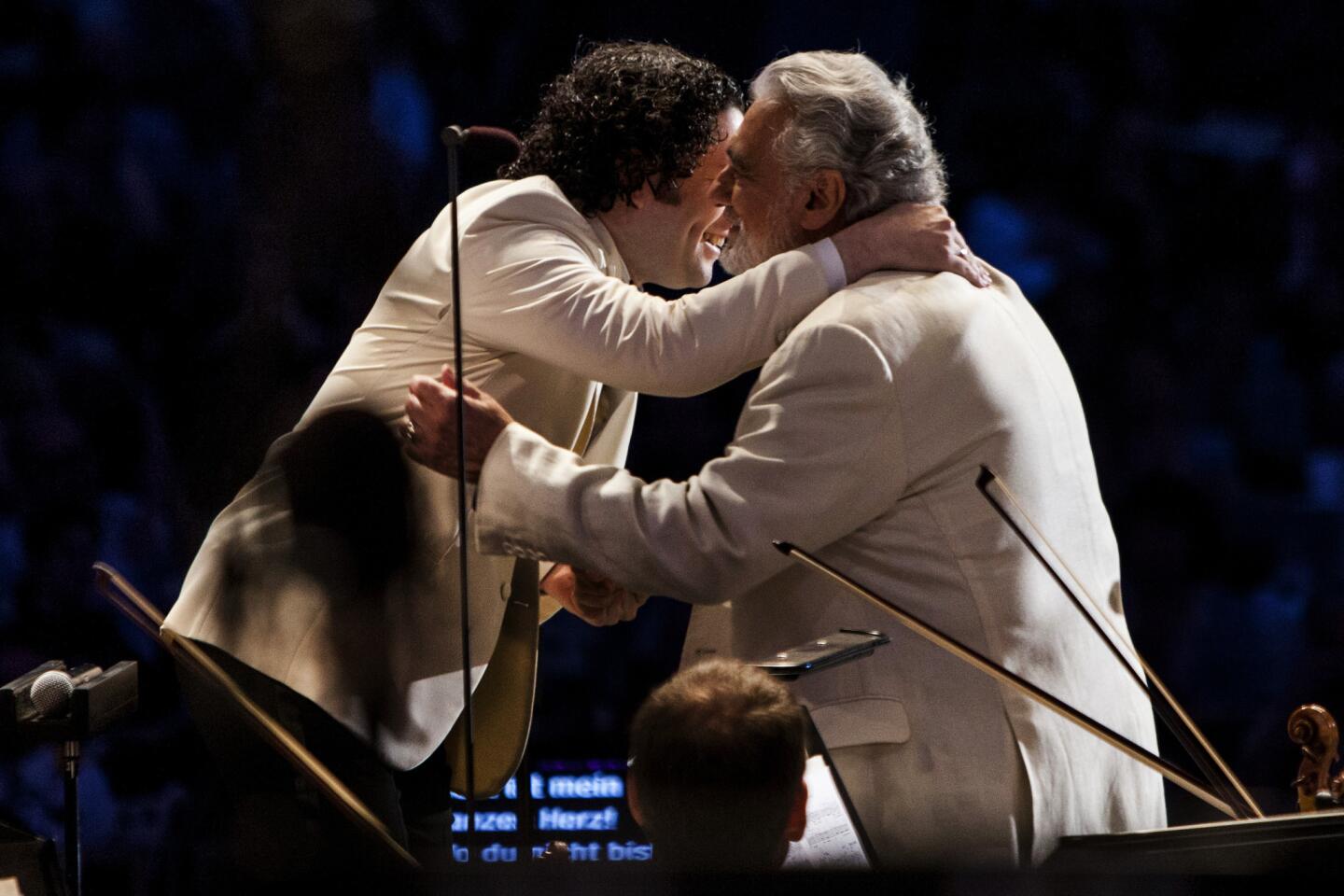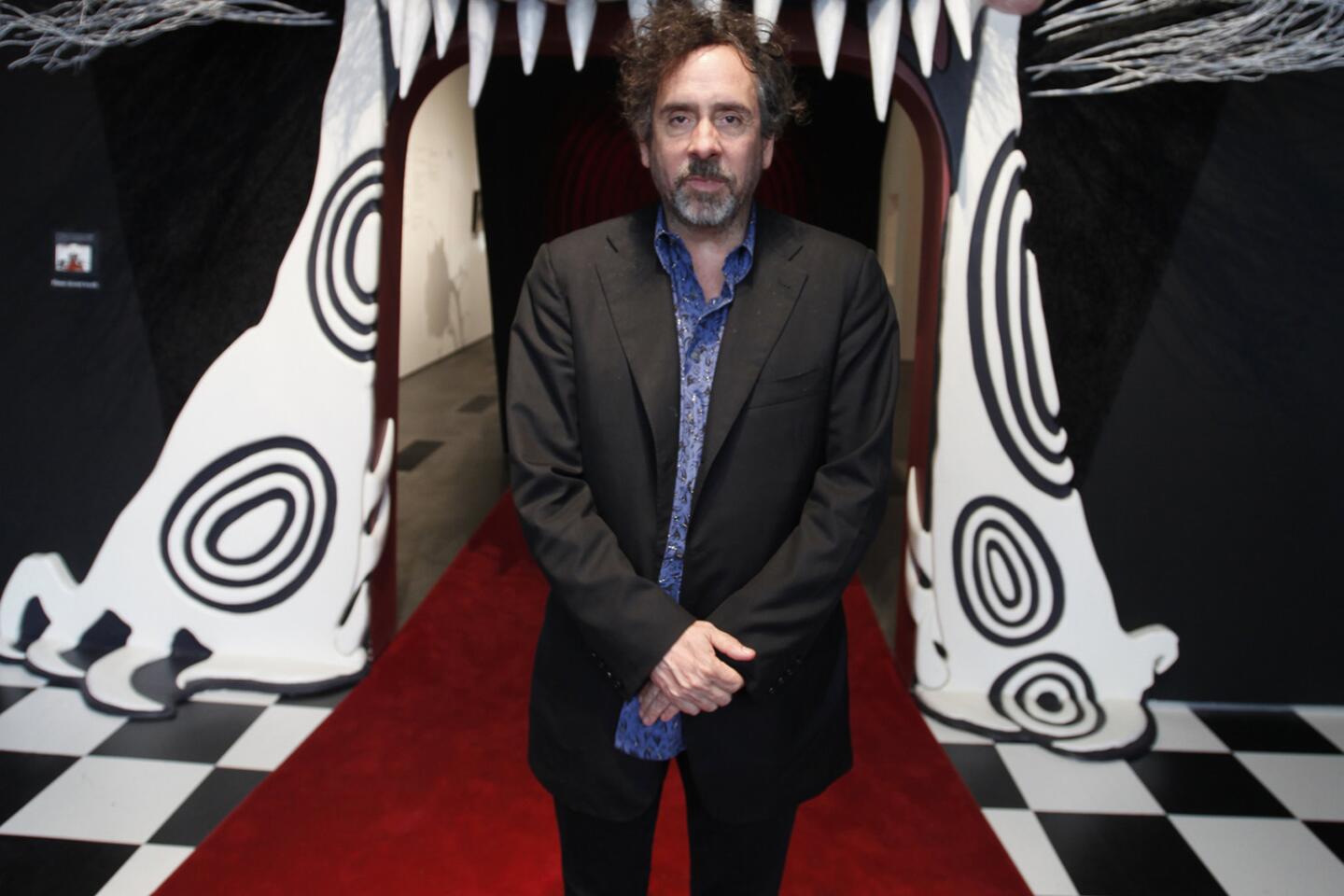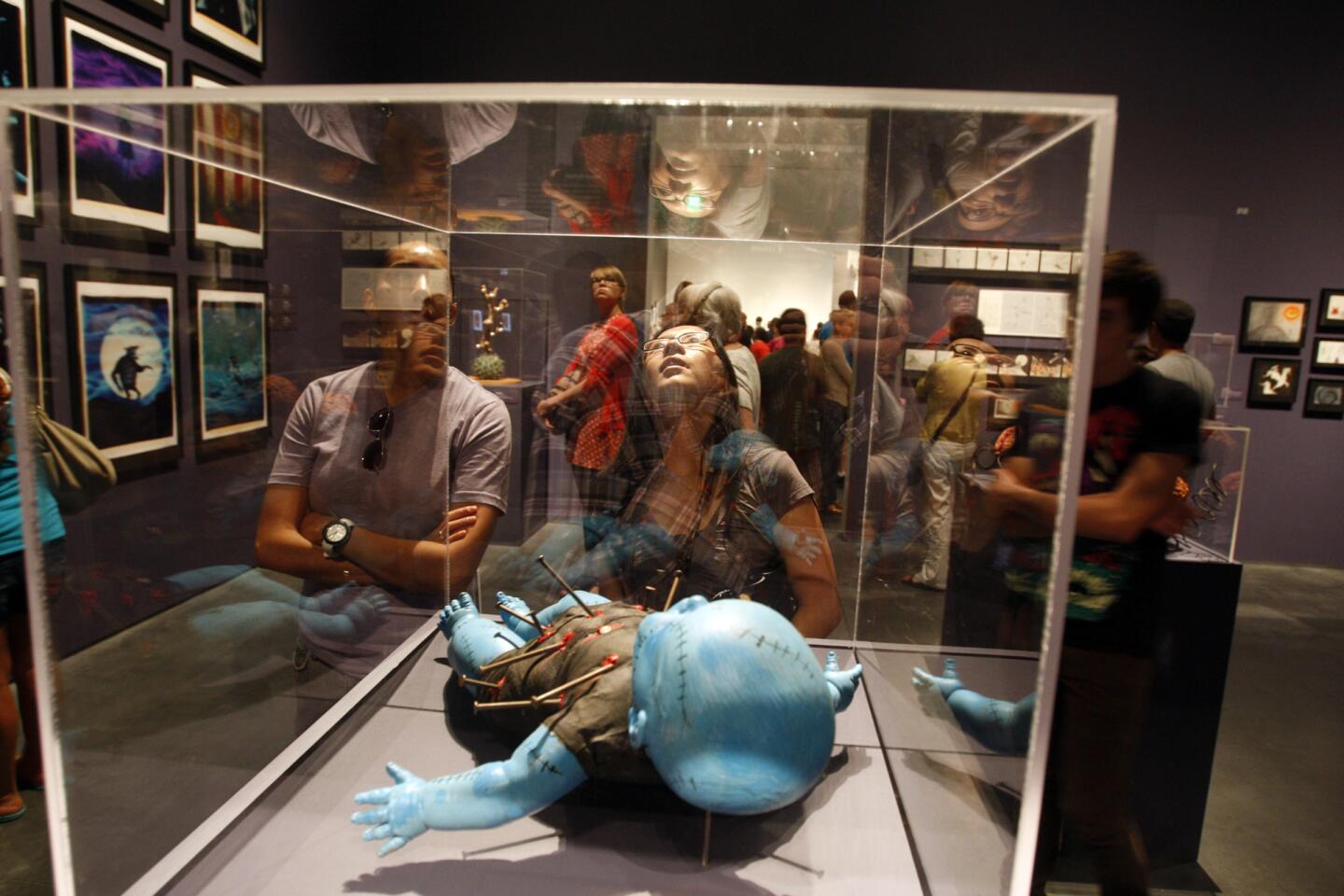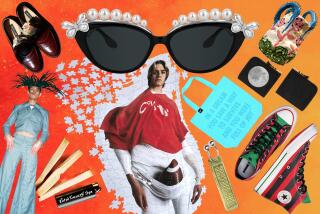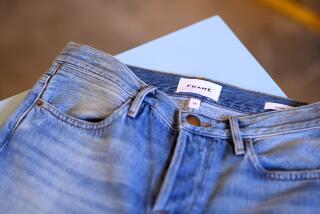Bringing art to the middle class in China
BEIJING — As the world’s top collectors, gallerists and dealers converged in Hong Kong a week ago for Art Basel, the city’s inaugural edition of one of the world’s premier art shows, a very different kind of art venture was launching in the mainland: an online platform for buying affordable art.
At the Hong Kong fair, works by Andy Warhol, Damien Hirst, Ai Weiwei and other international masters were sold for millions to wealthy individuals who flew in especially for the event. The website Surge, on the other hand, will sell pieces priced from $30 to $5,000, targeting the increasingly cultured Chinese middle class.
“More and more people want to buy art in China, but the high-end galleries aren’t offering anything at their price point. It can also be intimidating for first-time buyers to even ask about prices in these places,” says Tom Pattinson, a former journalist and curator and Surge’s co-founder. “On the other hand, there are a lot of talented artists out there who aren’t being represented. We are bringing the supply and demand together.”
PHOTOS: Arts and culture in pictures by The Times
His website will market contemporary art by predominantly Chinese artists to people living all over China. Most of the works touch on universal subject matter in a variety of mixed media, but in a nod to local tastes, a good proportion will be made in traditional styles such as Chinese ink painting.
Surge’s e-commerce portal is being launched on the back of the company’s successful run of art fairs, held annually in Beijing since 2006. Originally called Affordable Art Beijing, Surge will also hold fairs in Shanghai and Hong Kong this year and plans to expand into Chengdu, Guangzhou and Hangzhou in 2014.
Back in 2006, buyers at the fair were predominantly foreign expats purchasing works as a souvenir of their time in China or international collectors looking to snap up a bargain. But there has been a shift toward the local market. At the most recent Surge fair, April 30 to May 2, Chinese buyers accounted for more than 80% of the revenue, according to the organizers.
This change reflects not just the growth of a demographic able to afford art but also a change in attitudes. Wealthy members of the generation who grew up during tough times in the ‘60s and ‘70s tend to be committed savers. But those who belong to the “balinghou,” or post-’80s generation, are accustomed to spending hundreds of dollars on entertainment, holidays abroad and luxury purchases.
ART: Can you guess the high price?
Hoping to position art as the next must-have commodity for these new consumers, Pattinson and his team held Surge at one of Beijing’s hottest retail spots. “We’re targeting those people who easily go into Nike and Apple and drop 10,000RMB (about $1,625) on a laptop or 1,000RMB on a pair of shoes,” he says. “We’re saying that for the same amount of money, you can have this piece of art for life.”
Walking through the fair, it appeared that this strategy was working; the artworks were being snapped up at the rate of two a minute in the opening hours. Yu Fei, a sales manager in his 30s who purchased paintings for $800 and $1,500, said, “I have had some career success, and buying art for me is a recognition of my personal achievement in life. Other people might spend their money on cars or other luxuries, but I believe that as well as material things, people need some mental enjoyment.”
In the last few years galleries and fairs offering accessible art have sprung up in cities all across the country. At Art Beijing, the government-backed fair that ran concurrently with Surge, the prices of the pieces on display were in line with those of international high-end fairs, but the atmosphere was decidedly more populist.
“Art Beijing is not a party for insiders anymore. It’s for everyone,” the fair’s director, Dong Mengyang told the local newspaper Global Times. At the fair, the public posed for pictures alongside sculptures while security guards stared, transfixed, at video installations; Mercedes-Benz set up a pop-up showroom while Starbucks kept the crowds caffeinated.
CHEAT SHEET: Spring Arts Preview
Some buyers could be seen walking away with their purchases in hand, and the international exhibitors who attended spoke of how they calibrated their offerings to the local market. “Most of them don’t know Salvador Dalí, Picasso or Chagall, so we tend to bring international artists at a lower price point and Chinese masters,” said Hong Kong-based Shirley Yablonsky. The international network of galleries she works for, Opera Gallery, sold several pieces between $15,000 and $50,000 at Art Beijing.
A few exhibitors away was the Israeli gallery Litvak, where one buyer arrived just before closing and, according to the gallery, spent $130,000 on three paintings. “He wasn’t a collector. It was just an impulse buy,” said sales manager Ronen Mechanik. He explained that the buyer had been attracted to the pieces because they used pigment extracted from semi-precious stones such as sapphires. The chance to meet the artist, a flamboyant Parisian with Sino-Vietnamese heritage named Boun, who stood grinning in his floral print suit and beret beside his works, helped seal the deal.
For the local artists it can be rewarding on several levels. “It was a great opportunity to get feedback. As an artist you spend most of your time in the studio doing your own work, so it’s very easy to lose perspective of what is relevant to the market,” says Li Jinguo, a sculptor who sold several pieces at Surge. “And when you see people enjoying your creations, it’s like a harvest after you have worked hard for a long time.”
More to Read
The biggest entertainment stories
Get our big stories about Hollywood, film, television, music, arts, culture and more right in your inbox as soon as they publish.
You may occasionally receive promotional content from the Los Angeles Times.
